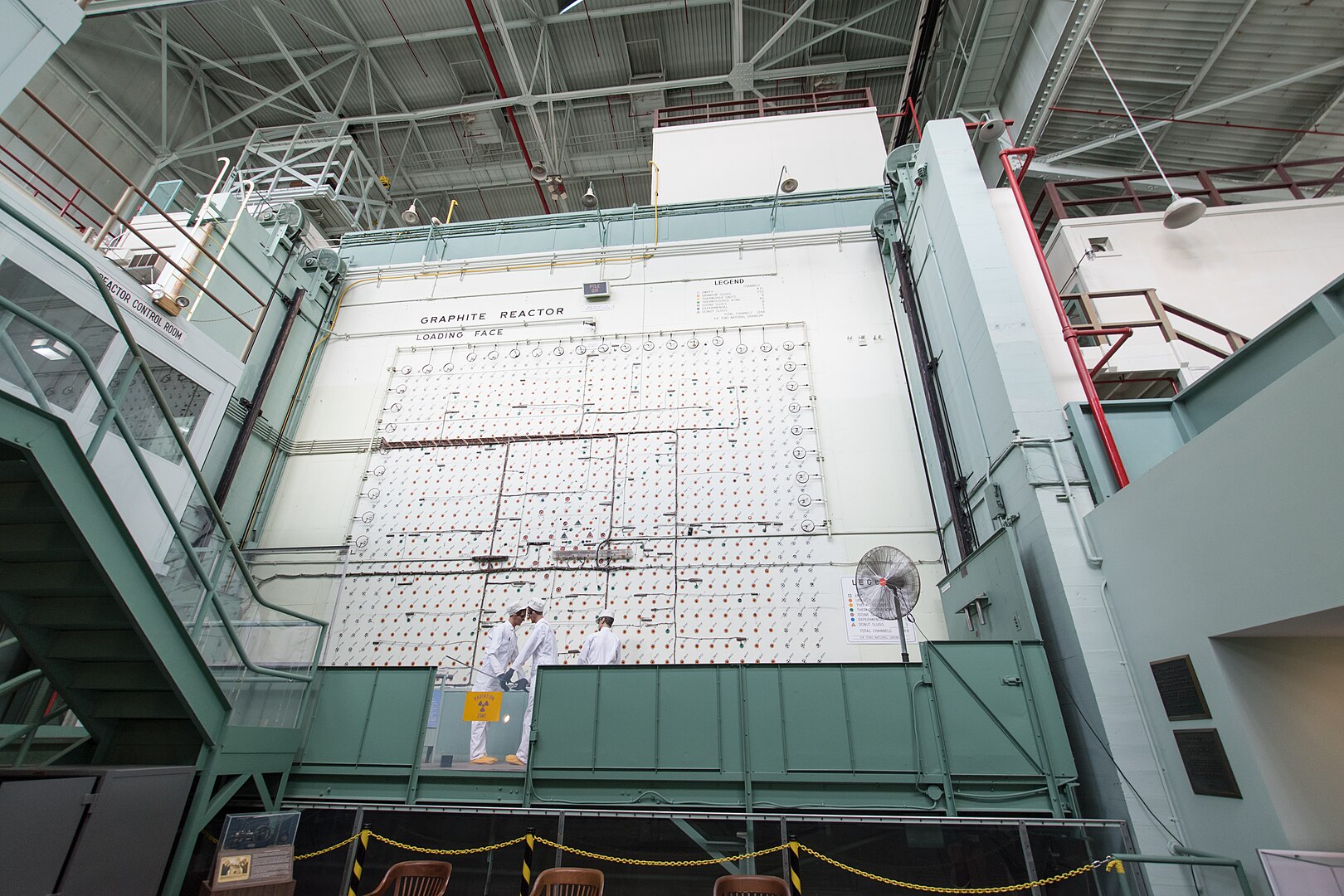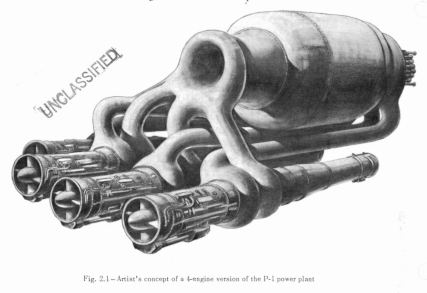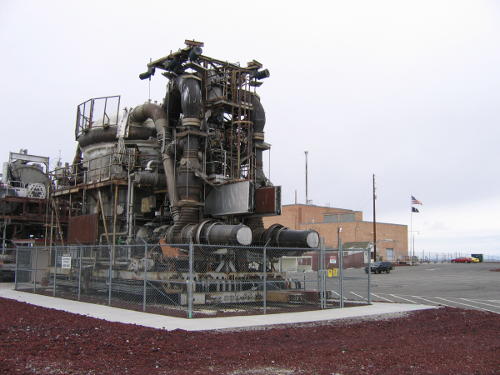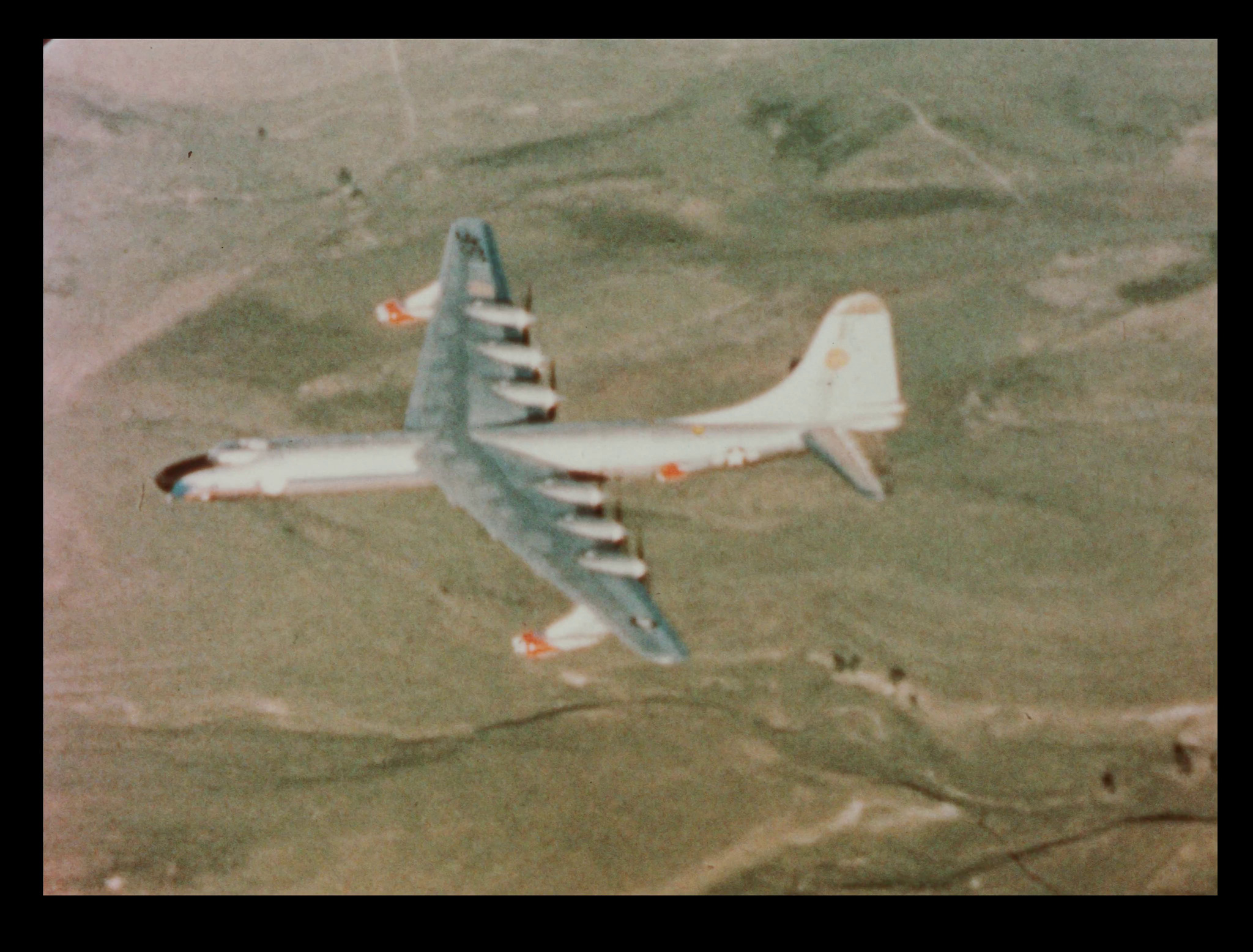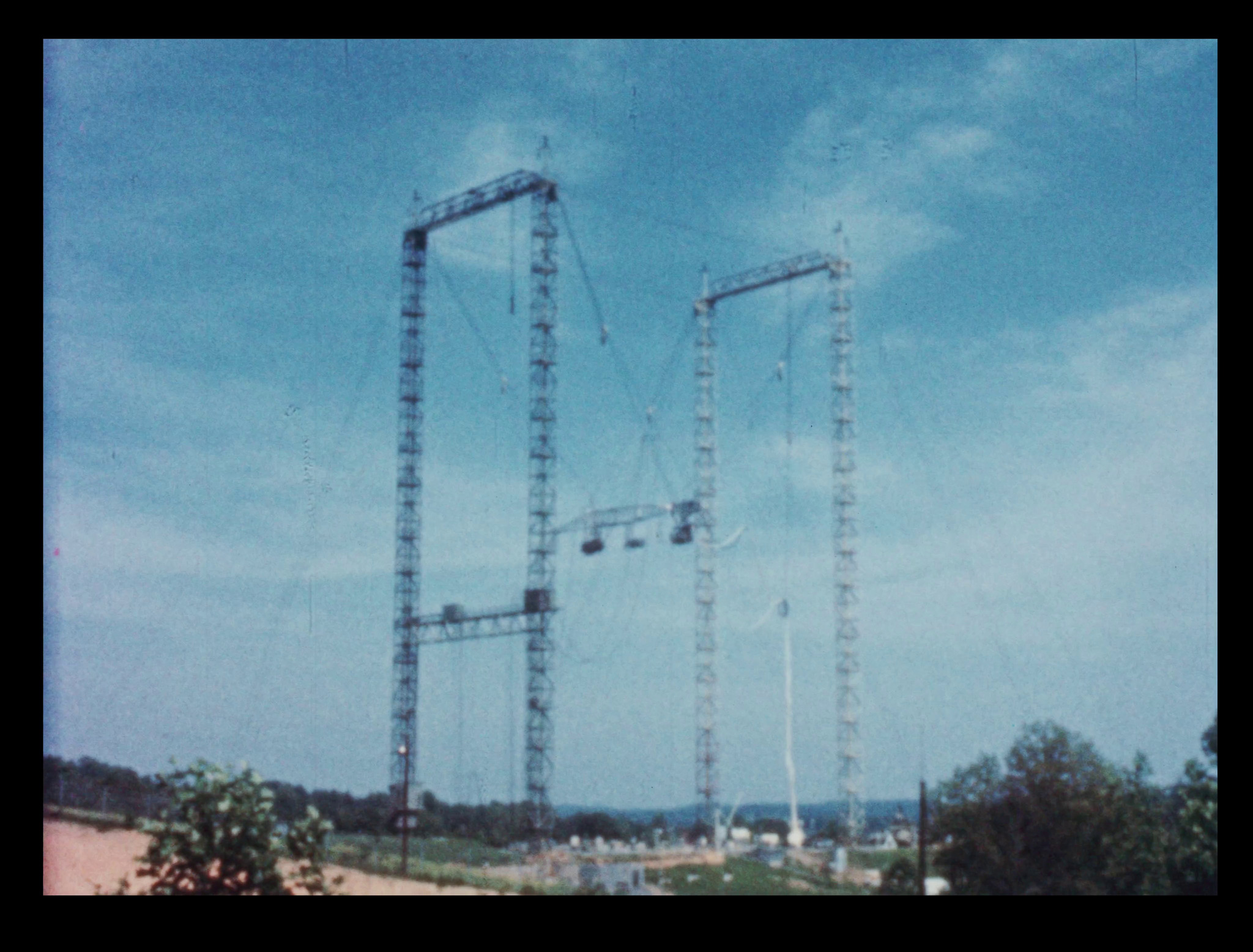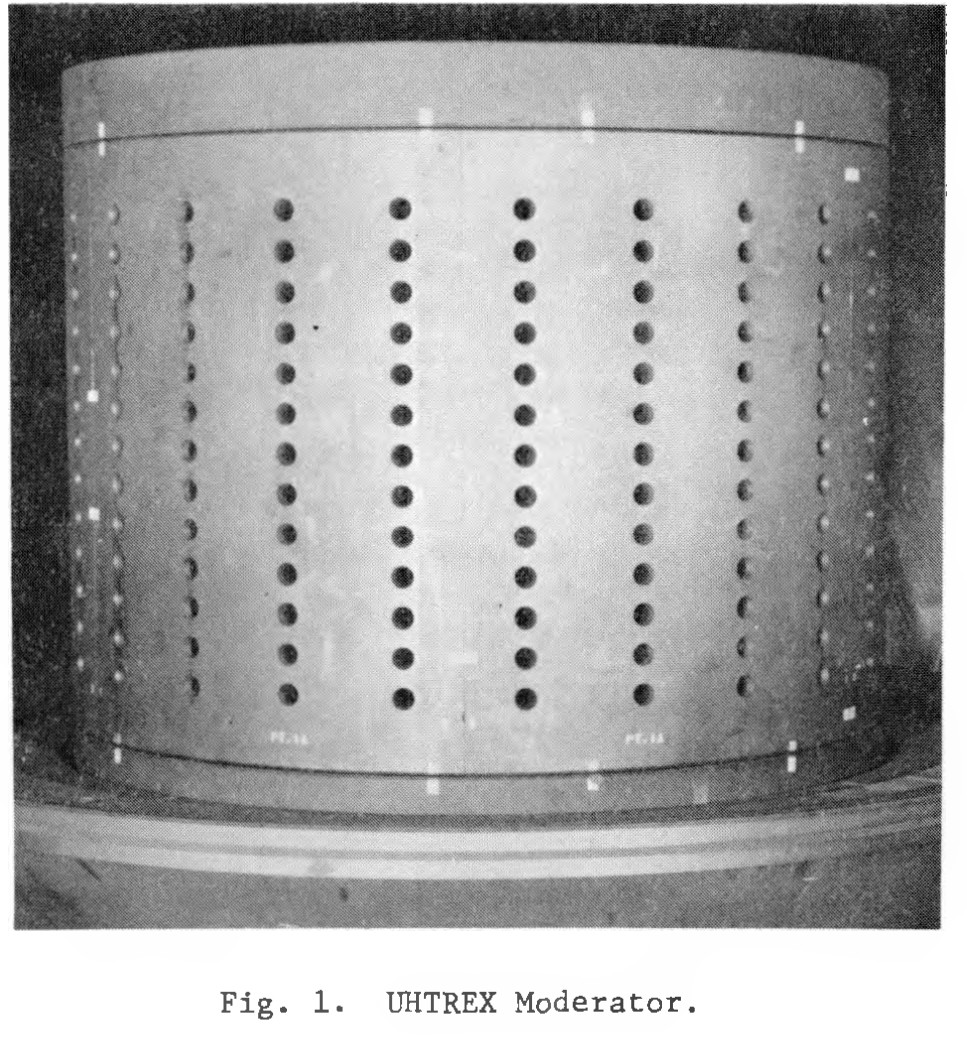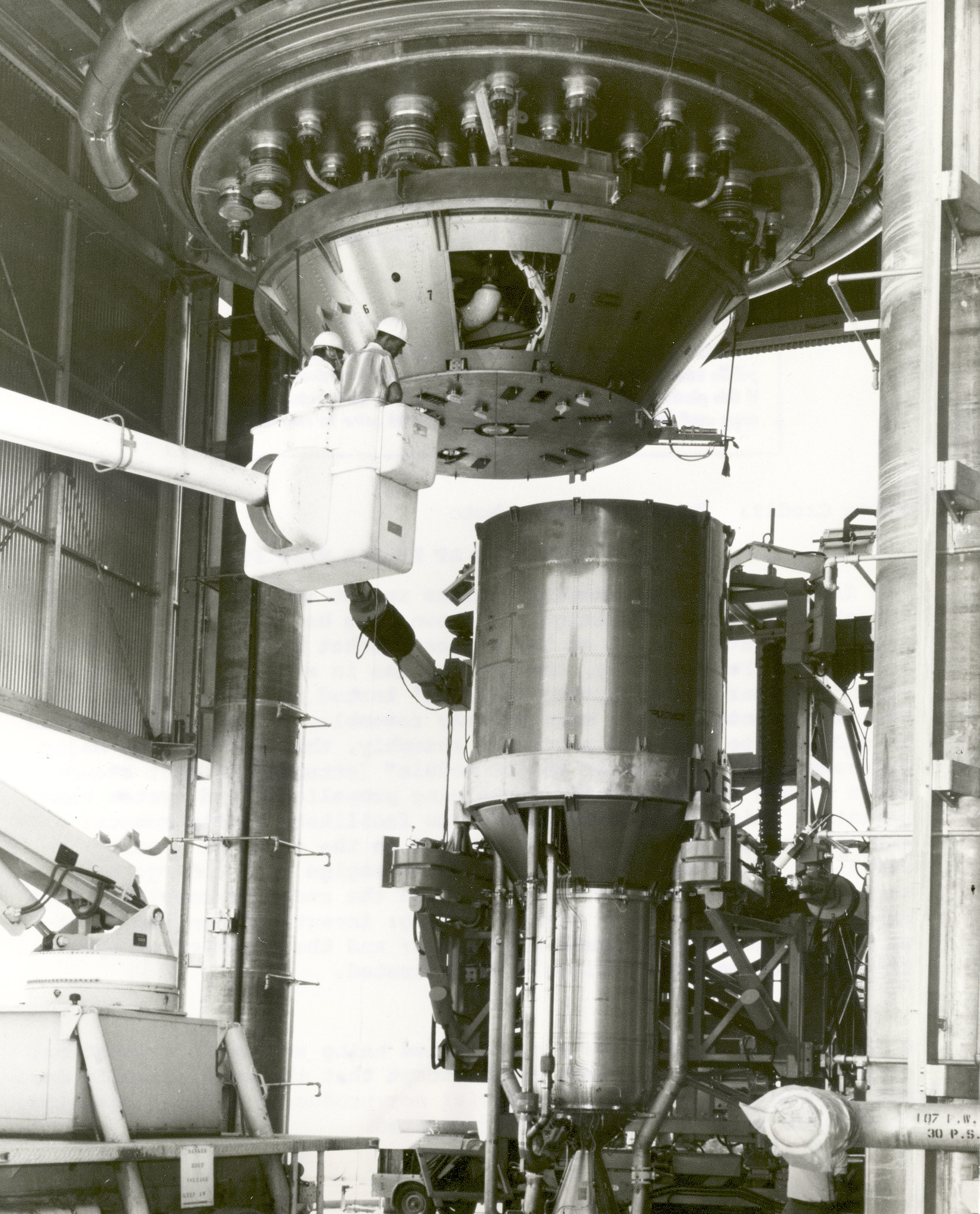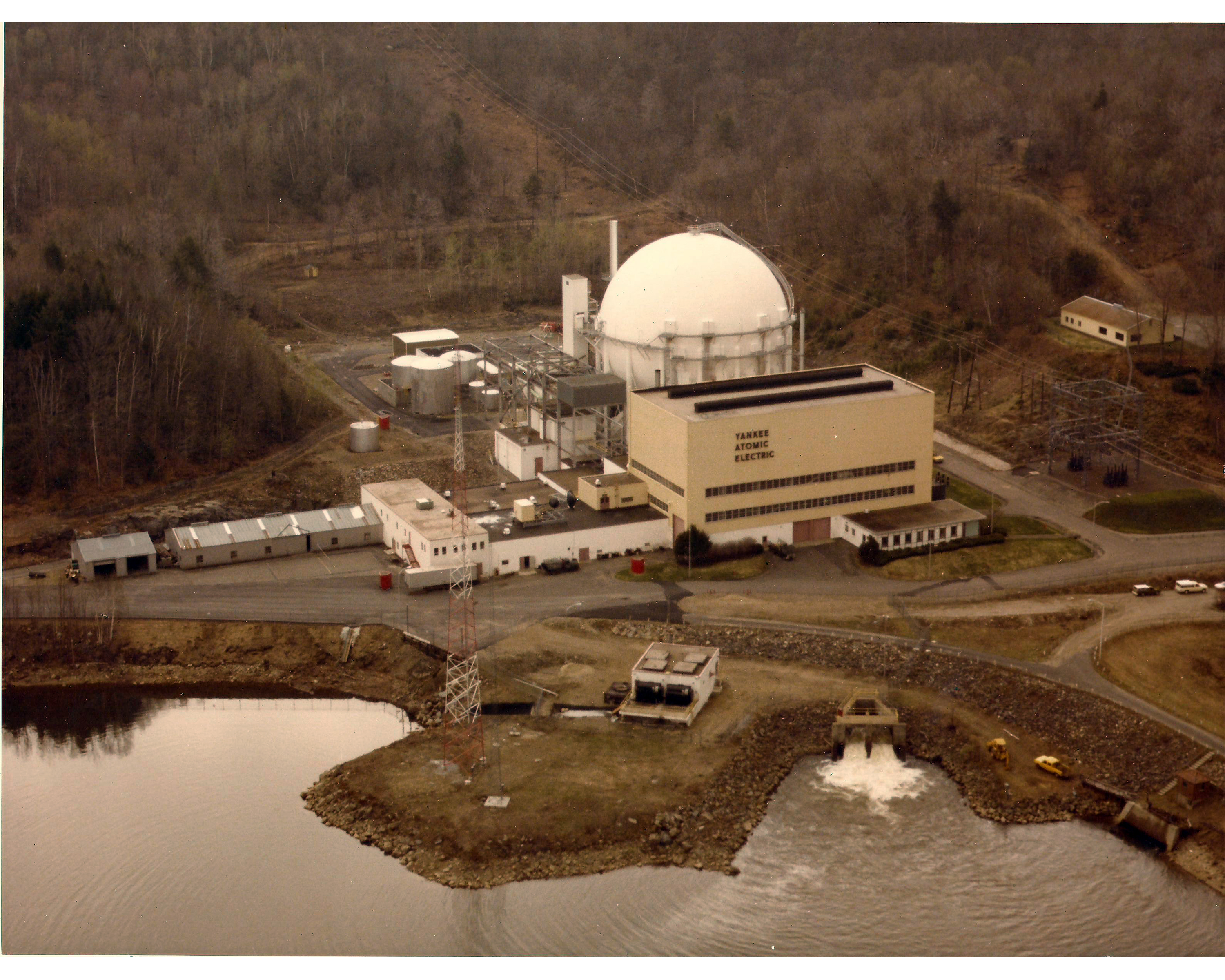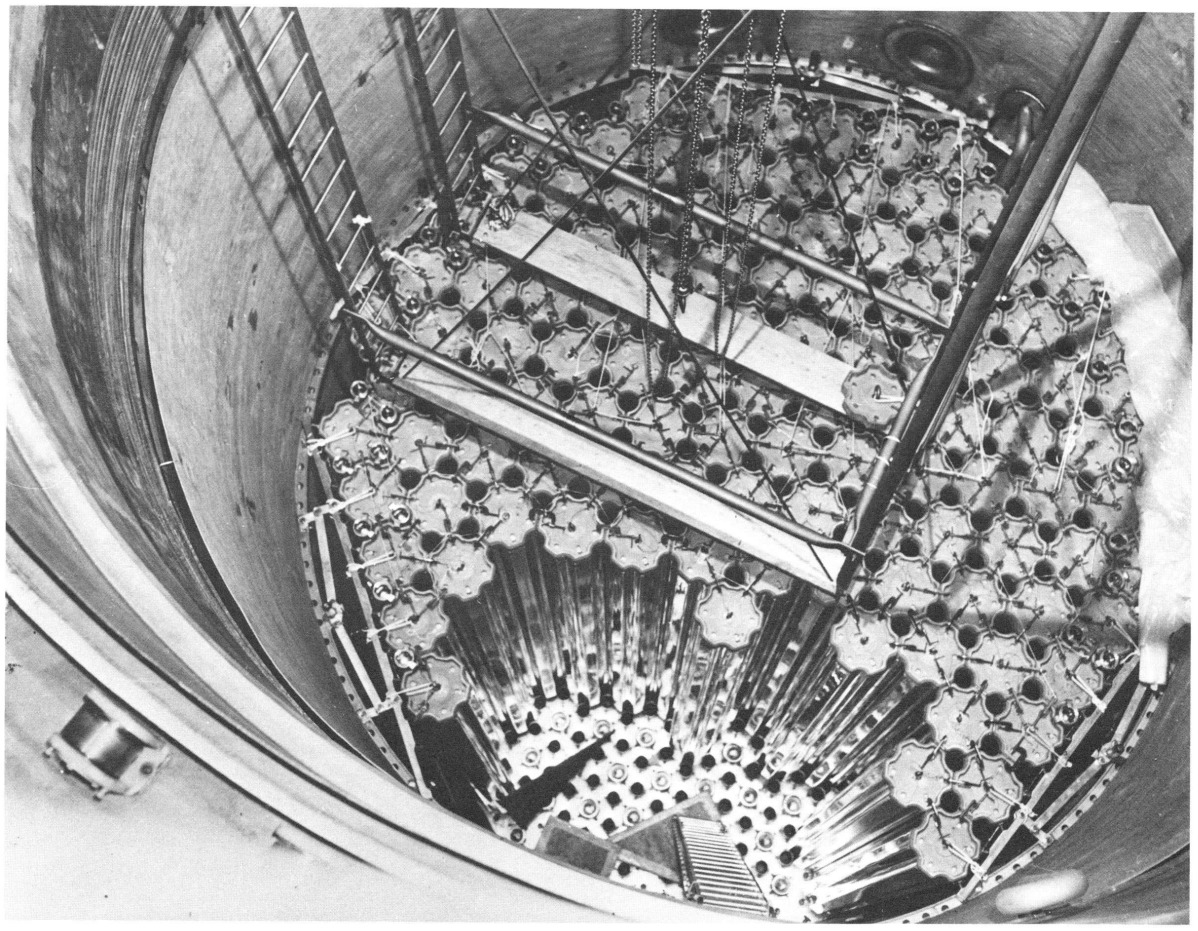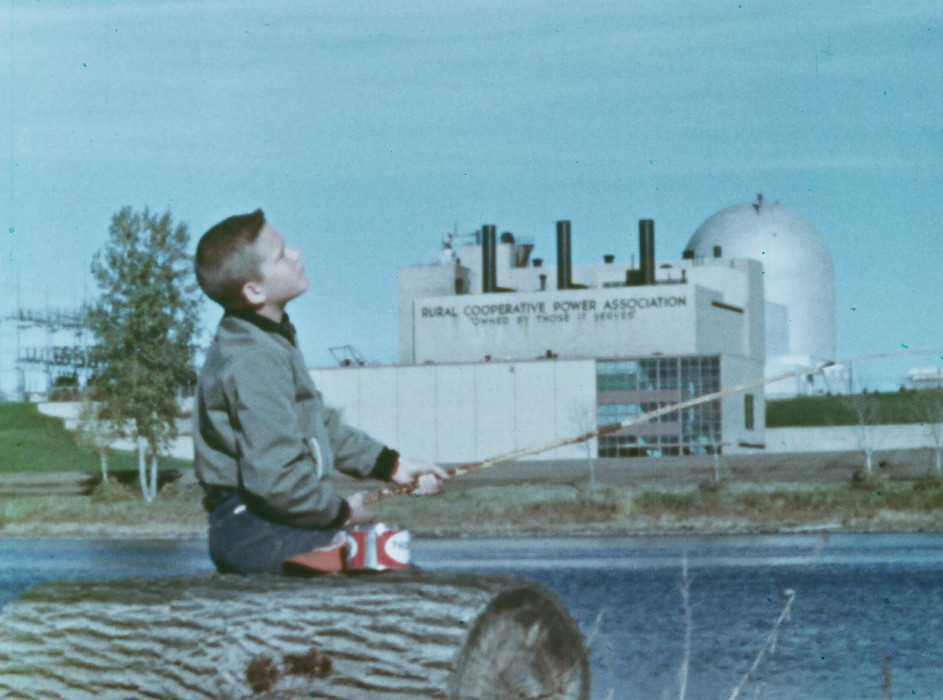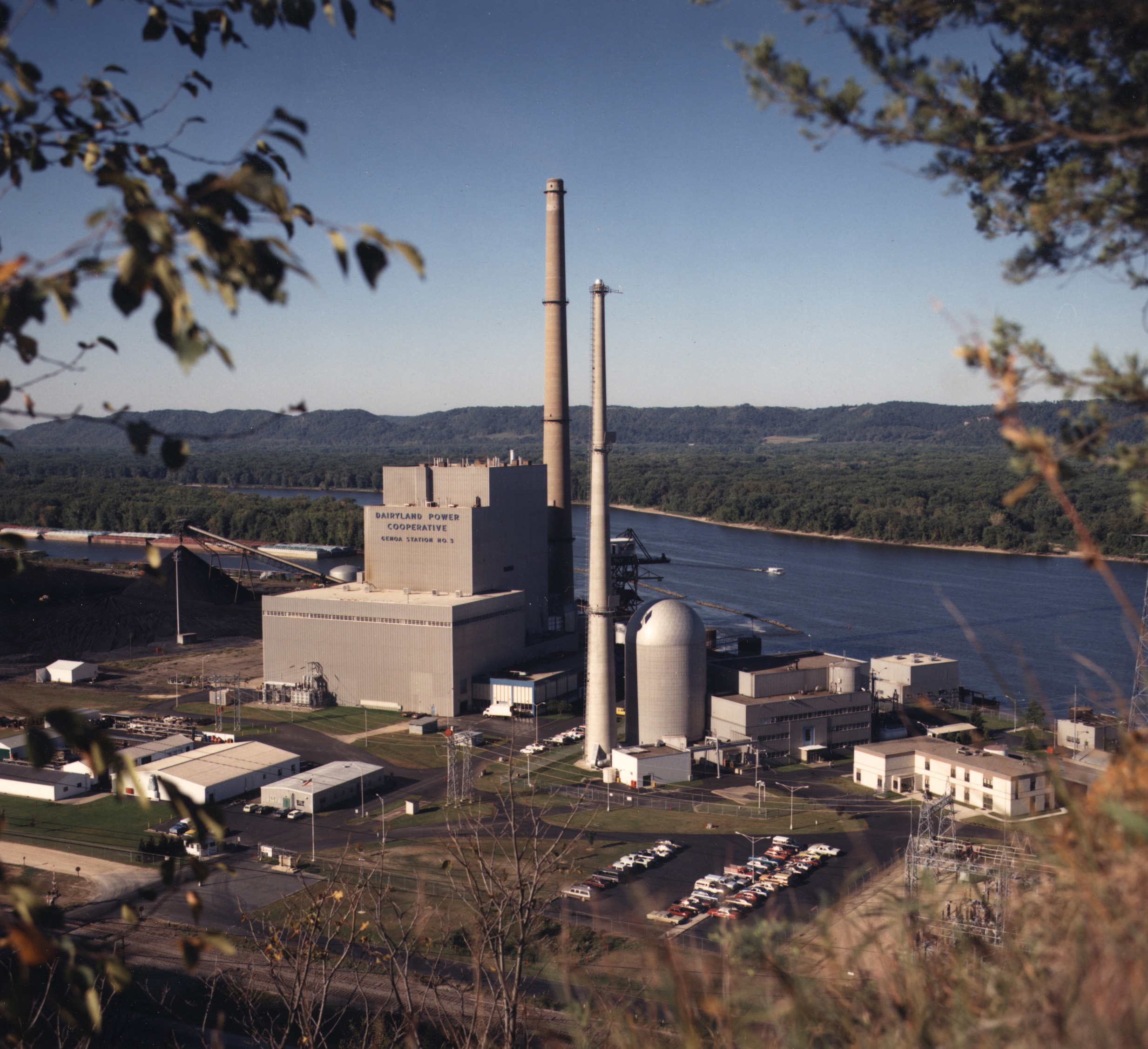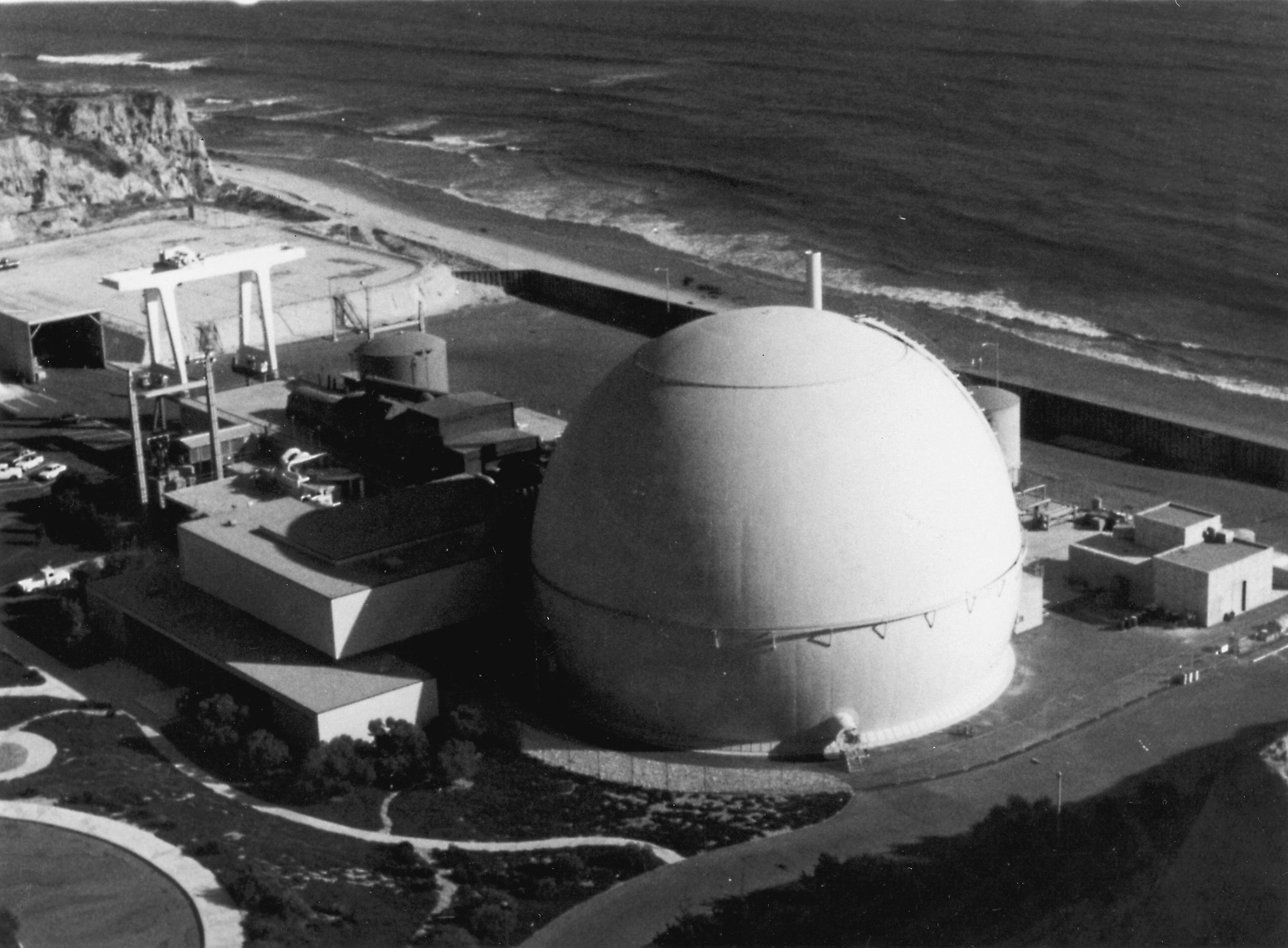Developments in the Long Quest for Economical Civilian Nuclear Power

Presented by:
Slides by whatisnuclear.com
Reactor
DESIGN CHOICES

Fuel nuclides
- Uranium consumer
- Uranium-Plutonium breeder
- Thorium-Uranium breeder
- Deuterium-Tritium fusion
- Deuterium-Helium-3 fusion
Fuel cycles
- Once-through
- Single recycling
- Full recycling
Fuel forms
- Metal (solid or molten)
- Oxide
- Carbide
- Nitride
- Molten salt
- Gas/plasma (e.g. D-T, UF₆)
Coolants
- Water
- Heavy water
- Liquid metal
- Sodium/NaK
- Lead/PbBi/Bi
- Mercury
- Enriched Li
- Gas
- Air
- Nitrogen
- CO₂
- Helium
- Organics/hydrocarbons
- Molten salt
- Fluoride
- Chloride
- Liquid Hydrogen
- Heat pipes
Moderators
- Water
- Heavy water
- Graphite
- Unmoderated (fast reactor)
- Beryllium
- Organics
- Hydrogen/hydride
Power cycles
- Rankine
- Brayton
- Stirling
- Piston (Otto)
- Chemical
- Thermionic
- Magnetohydrodynamic
- ...
Other design parameters
Size/Power level
- Micro
- Small
- Medium
- Large
- Gargantuan
Site
- Space
- Air
- Land
- Underground
- Ice base
- Sea (surface)
- Sea (submerged)
Construction method
- Stick-built
- Factory-built modules
- Factory-built reactor
- Hybrid
EARLY REACTORS

The Starting Point
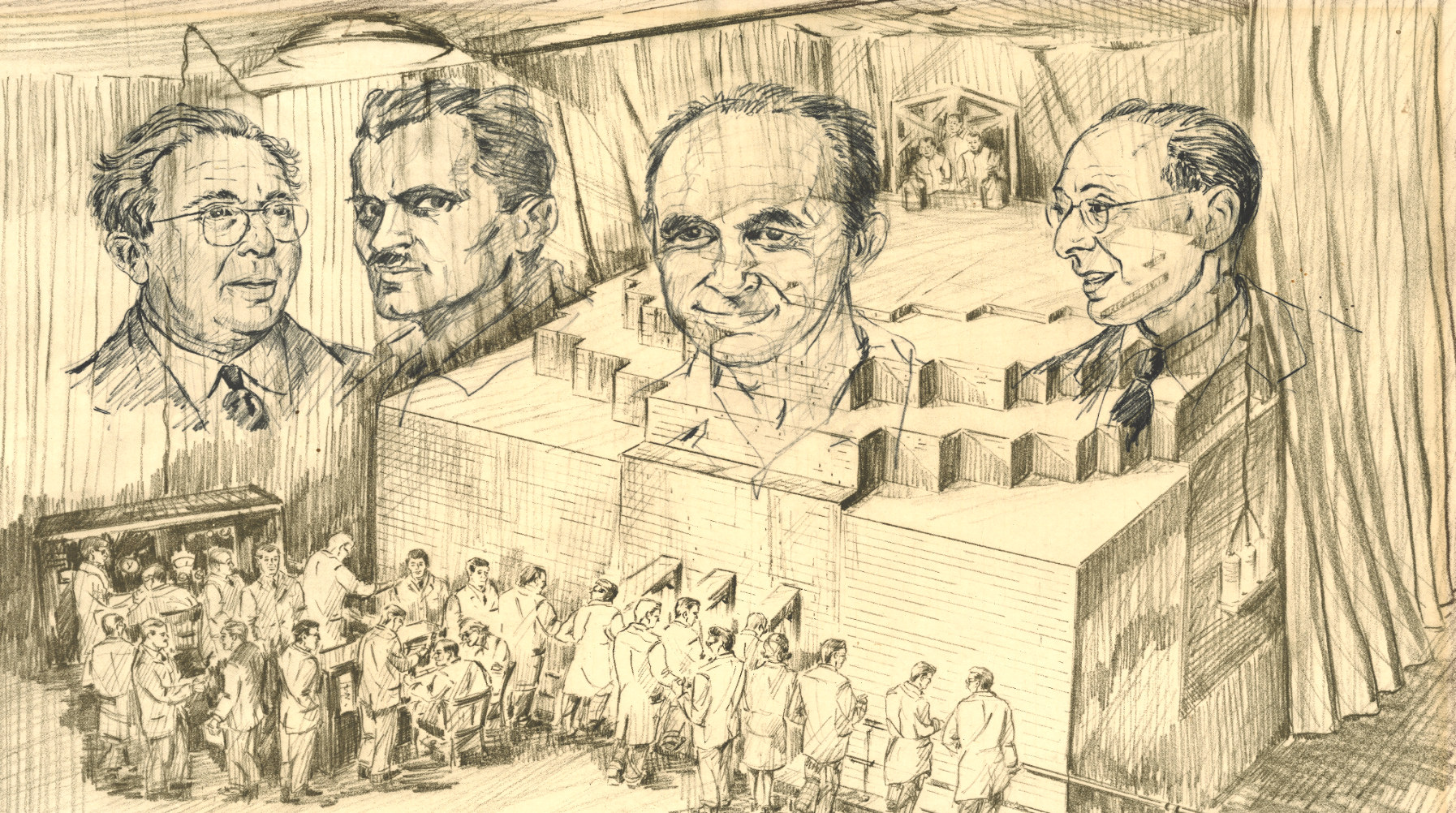
Chicago Pile-1 (https://doi.org/10.2172/1832360)
Graphite-moderated, natural uranium fueled
There was no enrichment at the time...
ZEEP and NRX HWRs in Canada
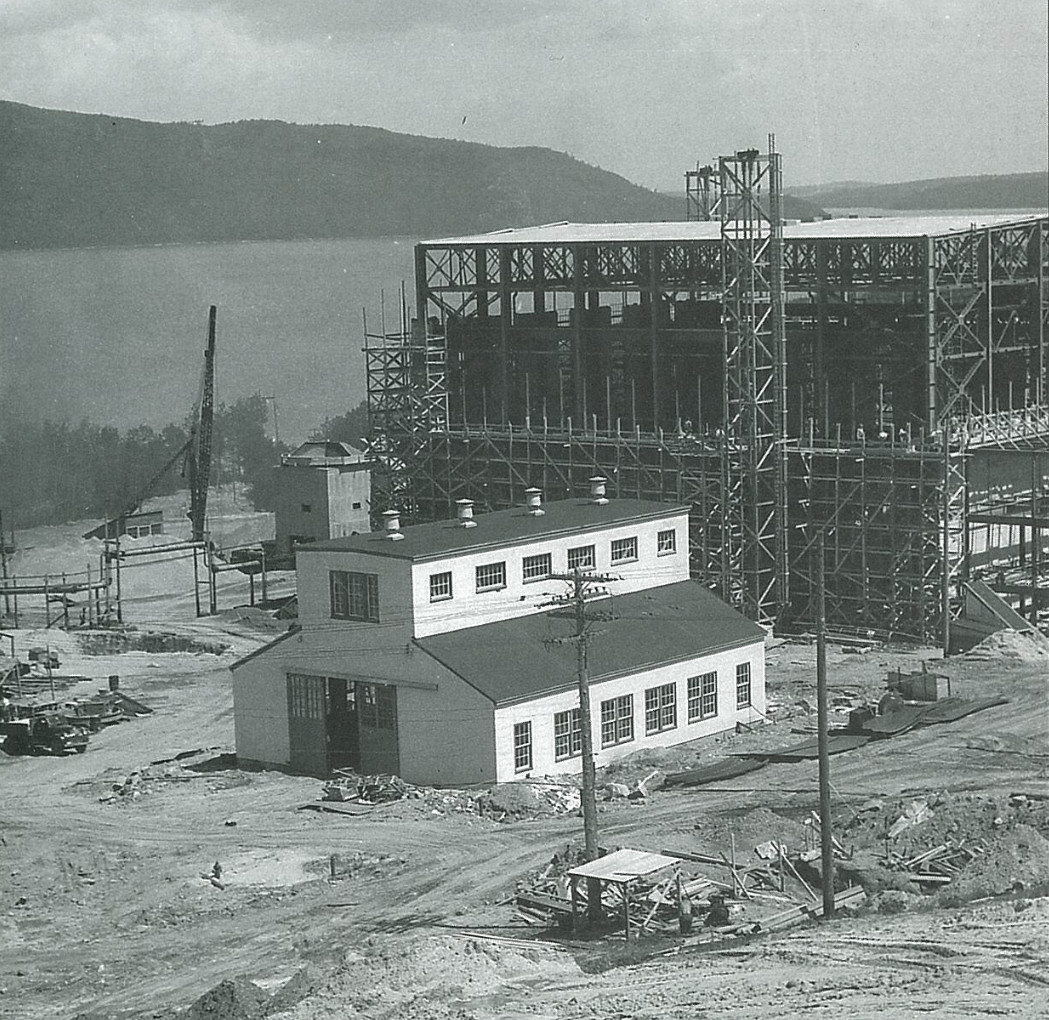
ZEEP with NRX under construction in background, from ZEEP: The Little Reactor that Could
The first-ever nuclear electricity came from X-10 in 1948
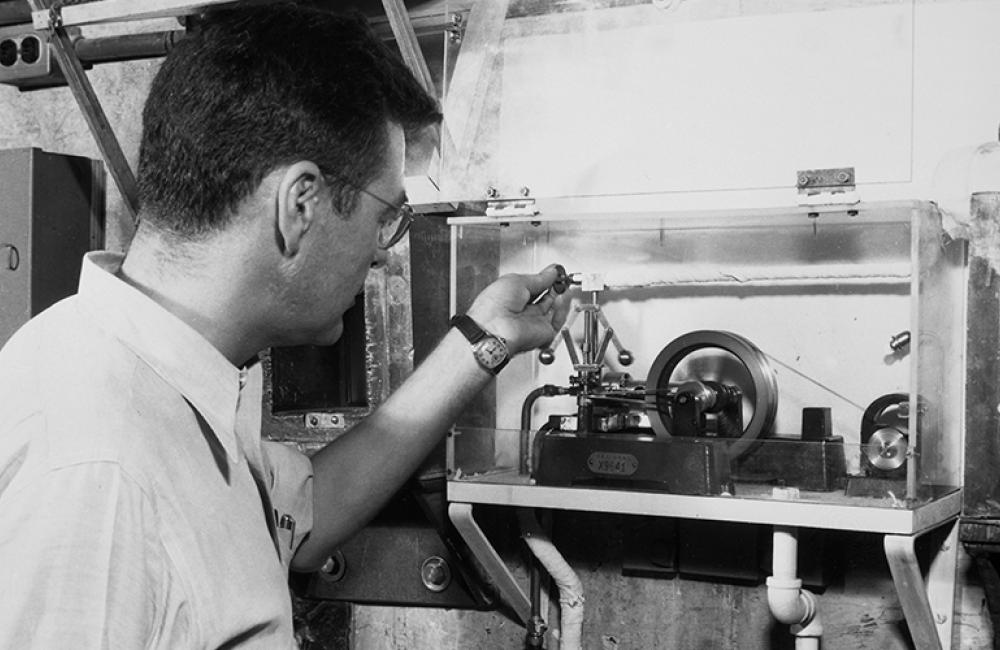
Logan Emlet and his steam-powered generator from ORNL writeup
The New Piles Committee
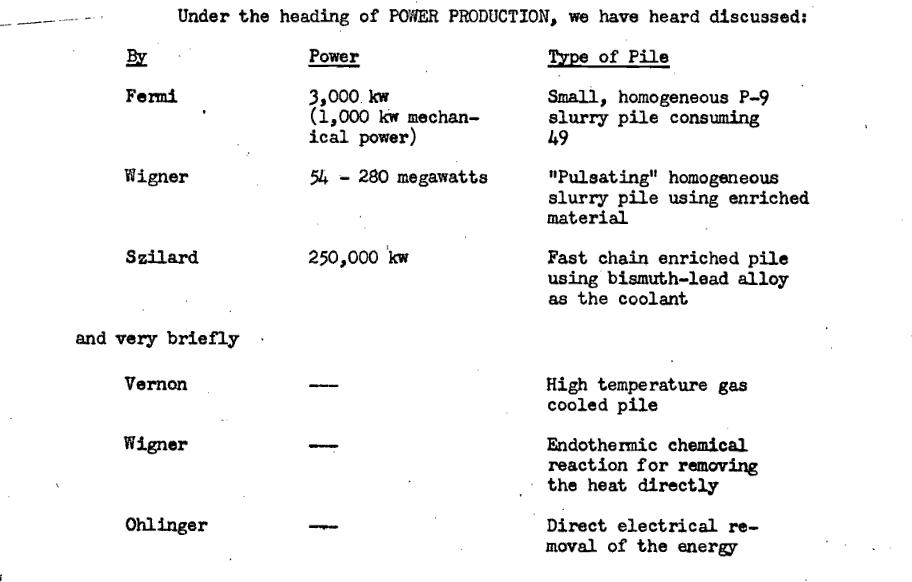
Some early reactor ideas from MUC-LAO-42. See also the Piles of the Future Review from October, 1944 where a longer discussion of their views of future reactors is recorded. They thought pressurized water would lead to corrosion issues at high temperature and considered liquid metal (specifically lead-bismuth) to be the most promising coolant. Written 5 days after Hanford B came online.
The Experimental Breeder Reactor (EBR-1)
- In 1946, Walter Zinn designed a proof-of-principle for breeding
- It was thought that uranium was very scarce, so breeders would be the only option for economical civilian power.
- EBR-1 was hooked to a generator and made the first significant amount of nuclear electricity
- It also proved that a conversion ratio >1.0 was possible
- They didn’t consider it a true breeder because it used U-235
- Had a core melt in 1955, repaired and ran for another 9 years
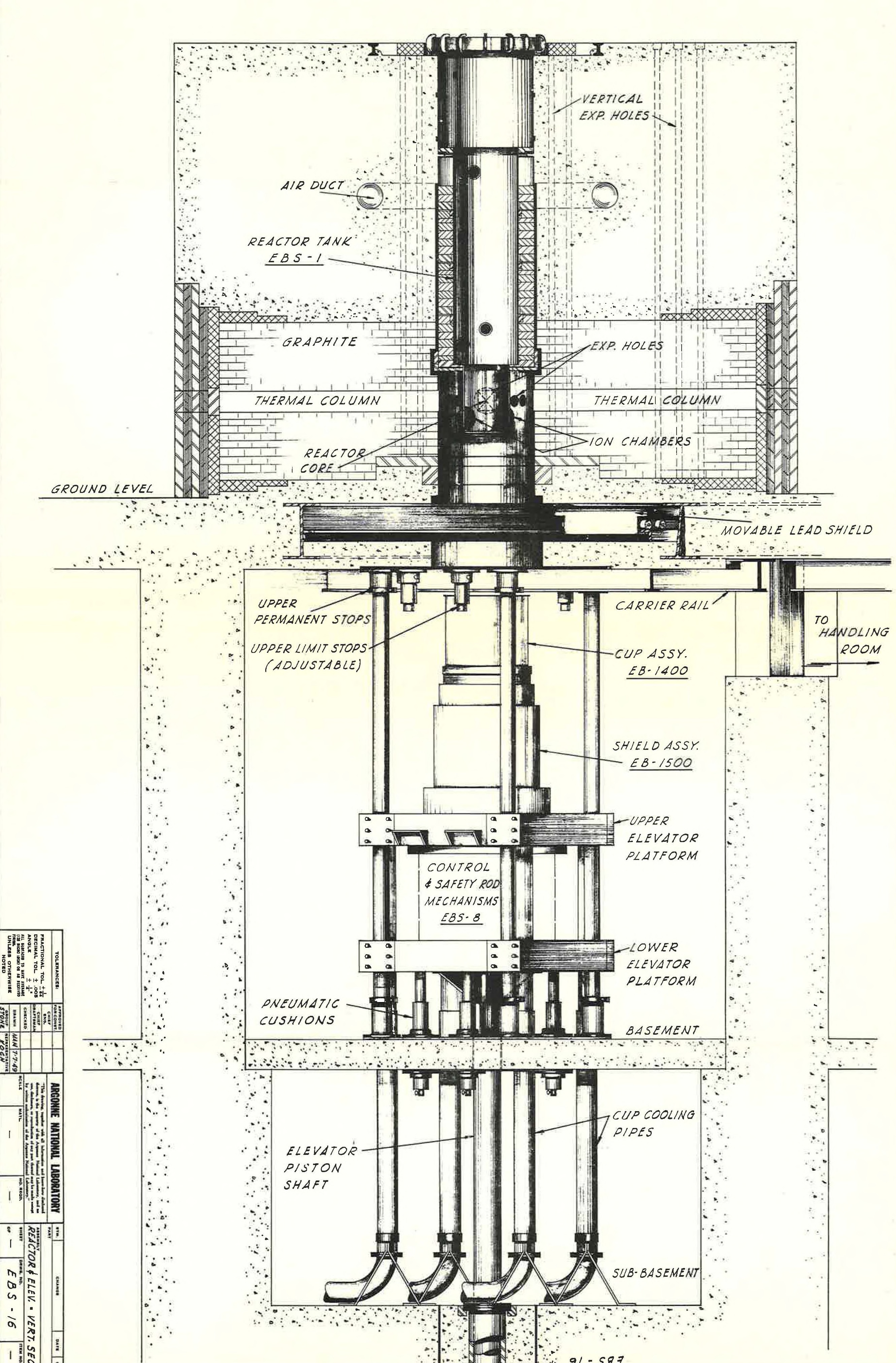
The EBR-I (AEC)
The Materials Testing Reactor (MTR)
Data source for all future reactors
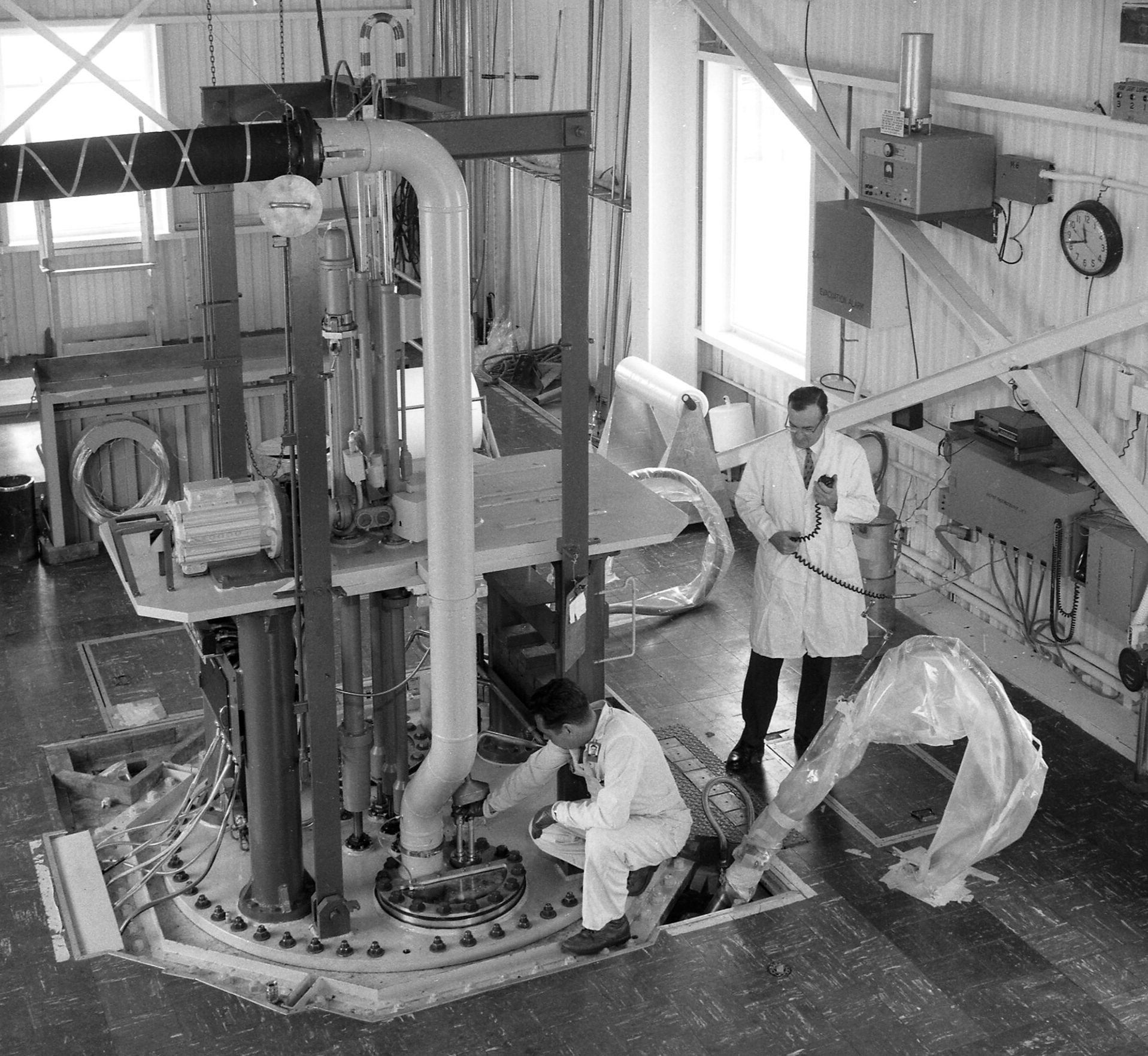
The LITR, the 1st water-cooled/moderated reactor (CC-BY-2.0 ORNL)
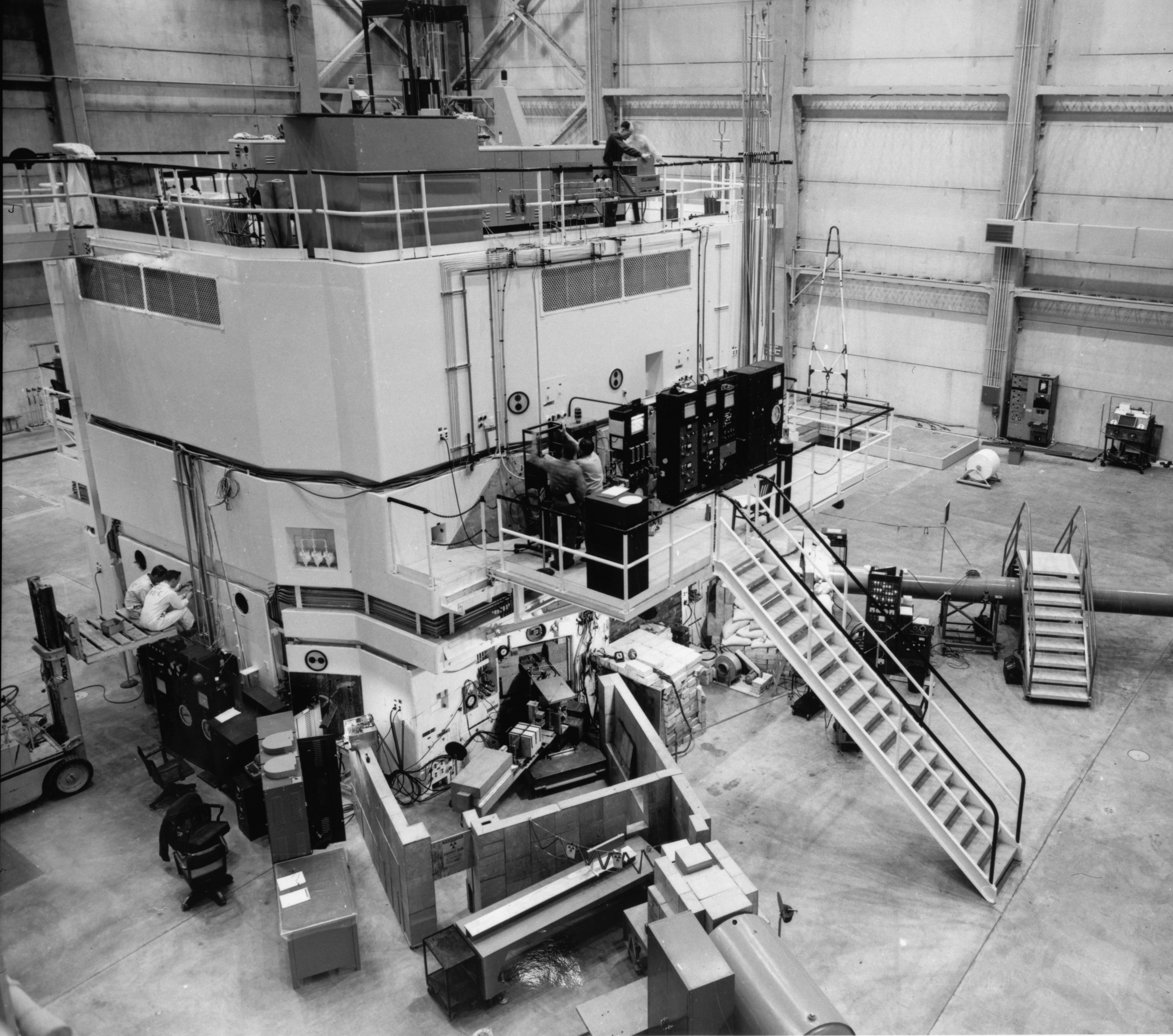
The 40 MWt MTR (AEC)
Rickover and the Nuclear Navy
- Experienced and extremely hard working submariner
- Worked in engine rooms, on electrical systems, and in logistics/supply
- Sent to ORSORT in 1946, took charge of Naval Group
- Ridiculed by AEC leadership for thinking sub could be built quickly
- Maneuvered politically to get authorization
- Developed Zirconium industry
- Later built Shippingport, chose UO₂ fuel
- Famously mean, but also famously revered by sailors
- See Rickover on 60 Minutes at age 84
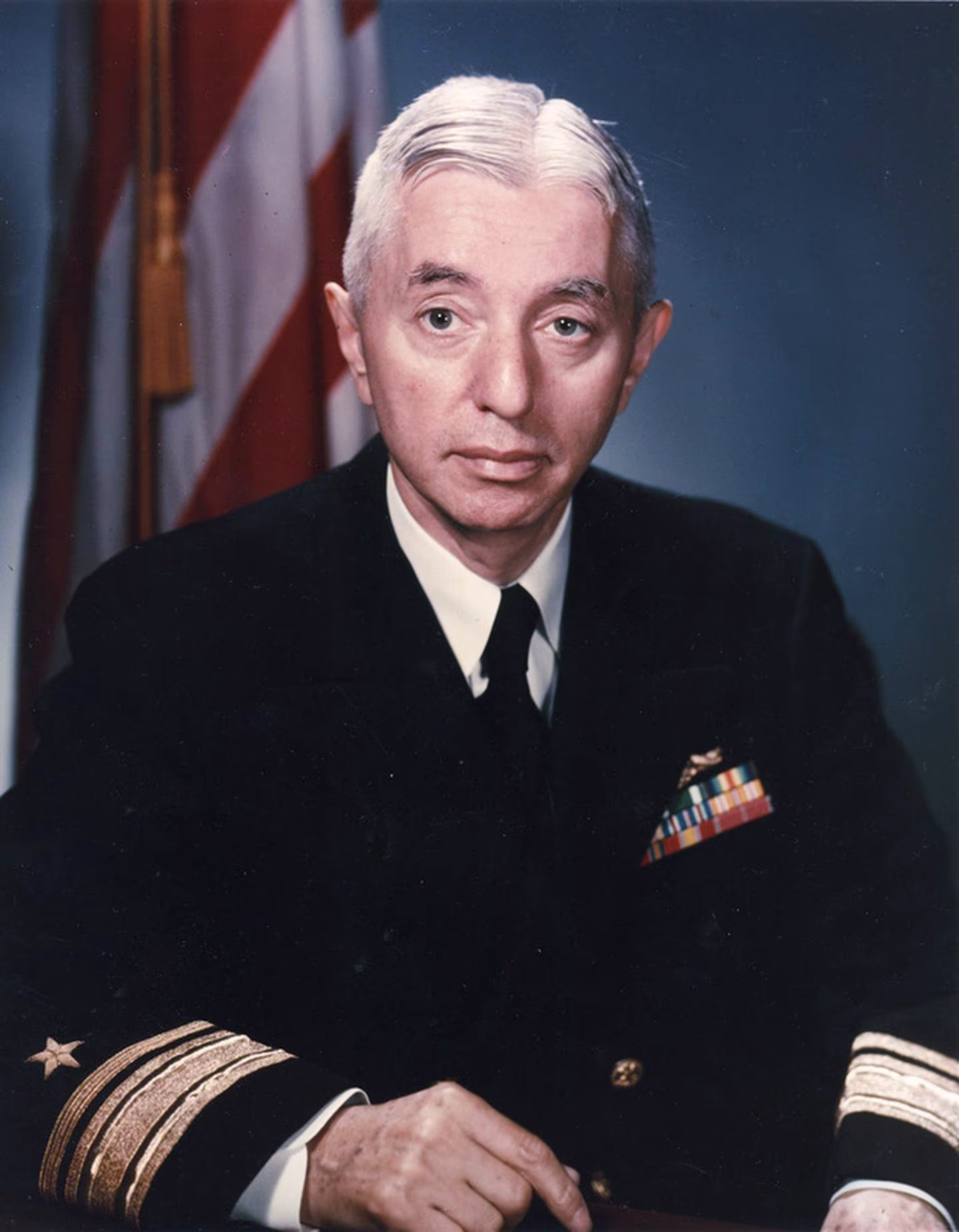
Admiral Rickover, 1955
S1W Submarine Thermal Reactor
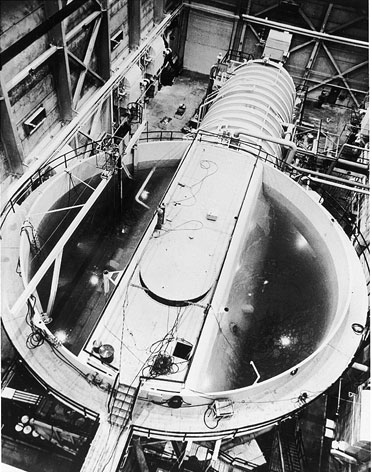
Prototype submarine in Idaho
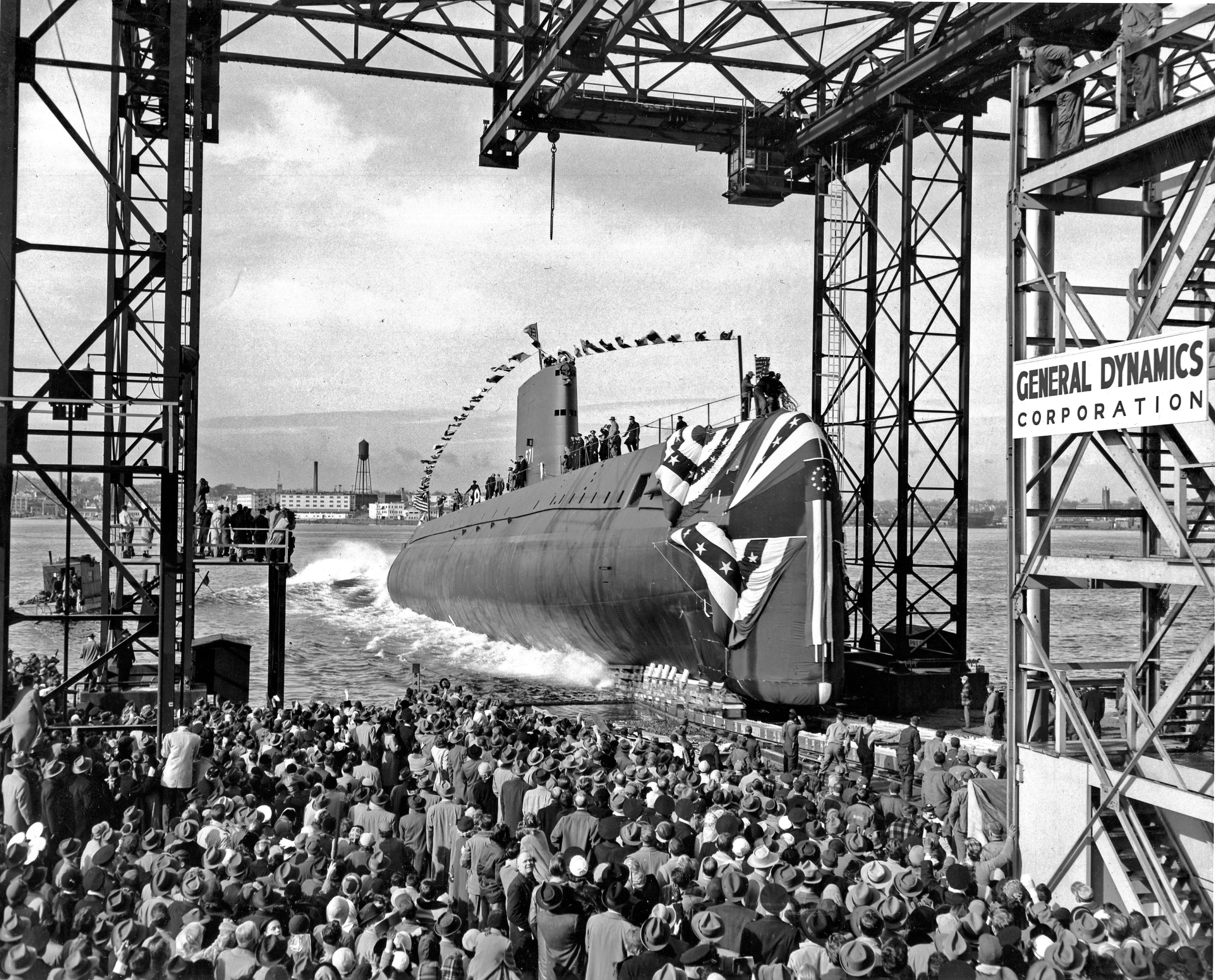
Launch of USS Nautilus (1955)
Intermediate Power Breeder Prototype
- Intended to be 1st industrial/commercial power reactor
- Sodium-cooled, beryllium-moderated: intermediate-speed neutrons
- Supposed to breed and make commercial power
- On April 15, 1950, was repurposed as a submarine prototype because:
- Technical challenges
- Darkening relationships with the USSR
- Ended up as the S1G, the prototype for the USS Seawolf SSN-575
- Large dome at Kesselring site, West Milton, NY remains (KAPL)
- Made USA’s first commercially distributed electricity
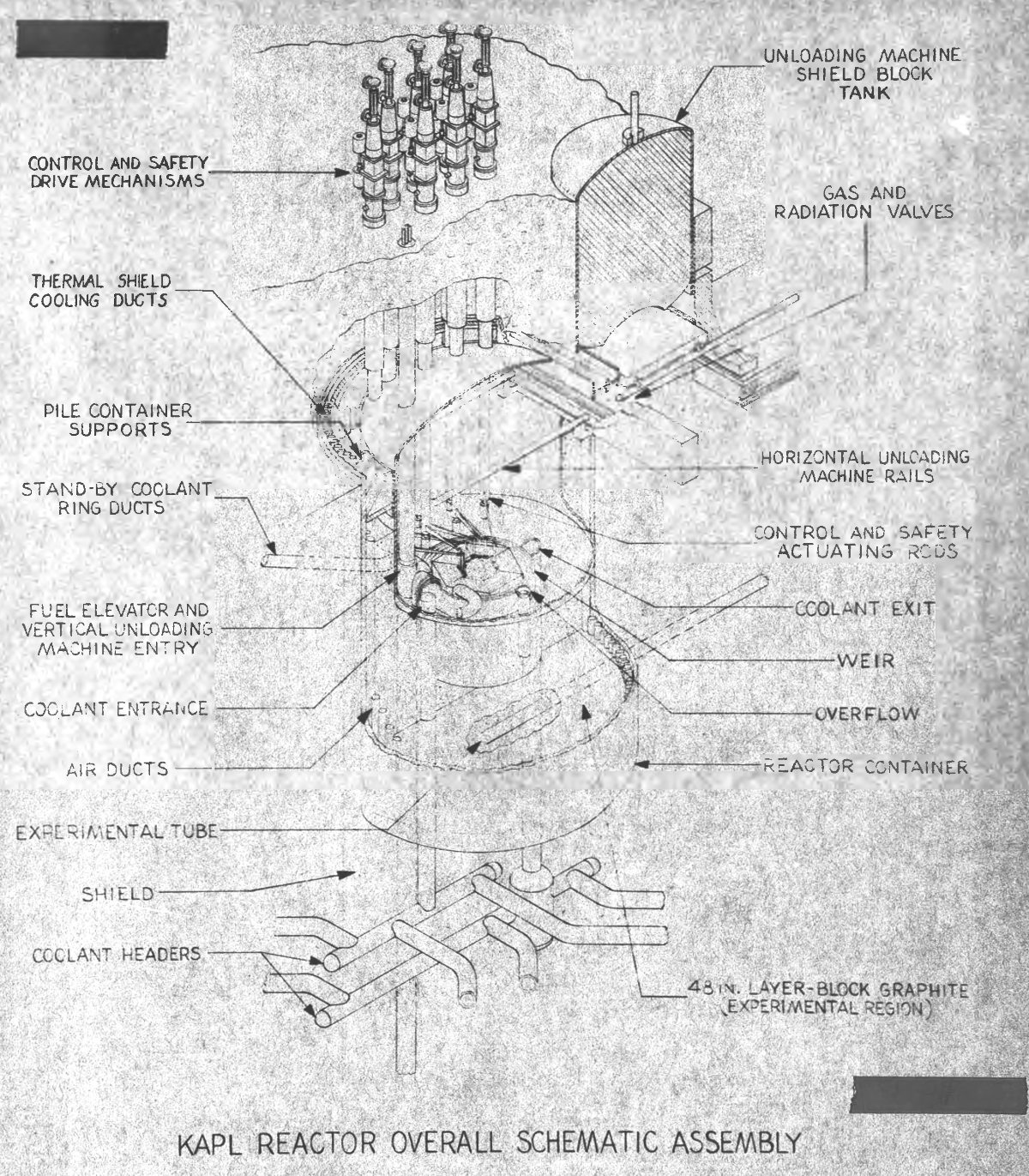
The Knolls Intermediate Power Breeder (AEC)
The 1953 Rickover 'academic reactor' memo
Academic reactor
- It is simple.
- It is small.
- It is cheap.
- It is light.
- It can be built very quickly.
- It is very flexible in purpose (“omnibus reactor”)
- Very little development is required. It will use mostly “off-the-shelf” components.
- The reactor is in the study phase. It is not being built now.
Practical reactor
- It is being built now.
- It is behind schedule.
- It is requiring an immense amount of development on apparently trivial items. Corrosion, in particular, is a problem.
- It is very expensive.
- It takes a long time to build because of the engineering development problems.
- It is large.
- It is heavy.
- It is complicated.
Aircraft Nuclear Power Program
The Airplane Shielding Test Reactor was the first to operate in flight
The Army Nuclear Power Program
Intended to power remote areas
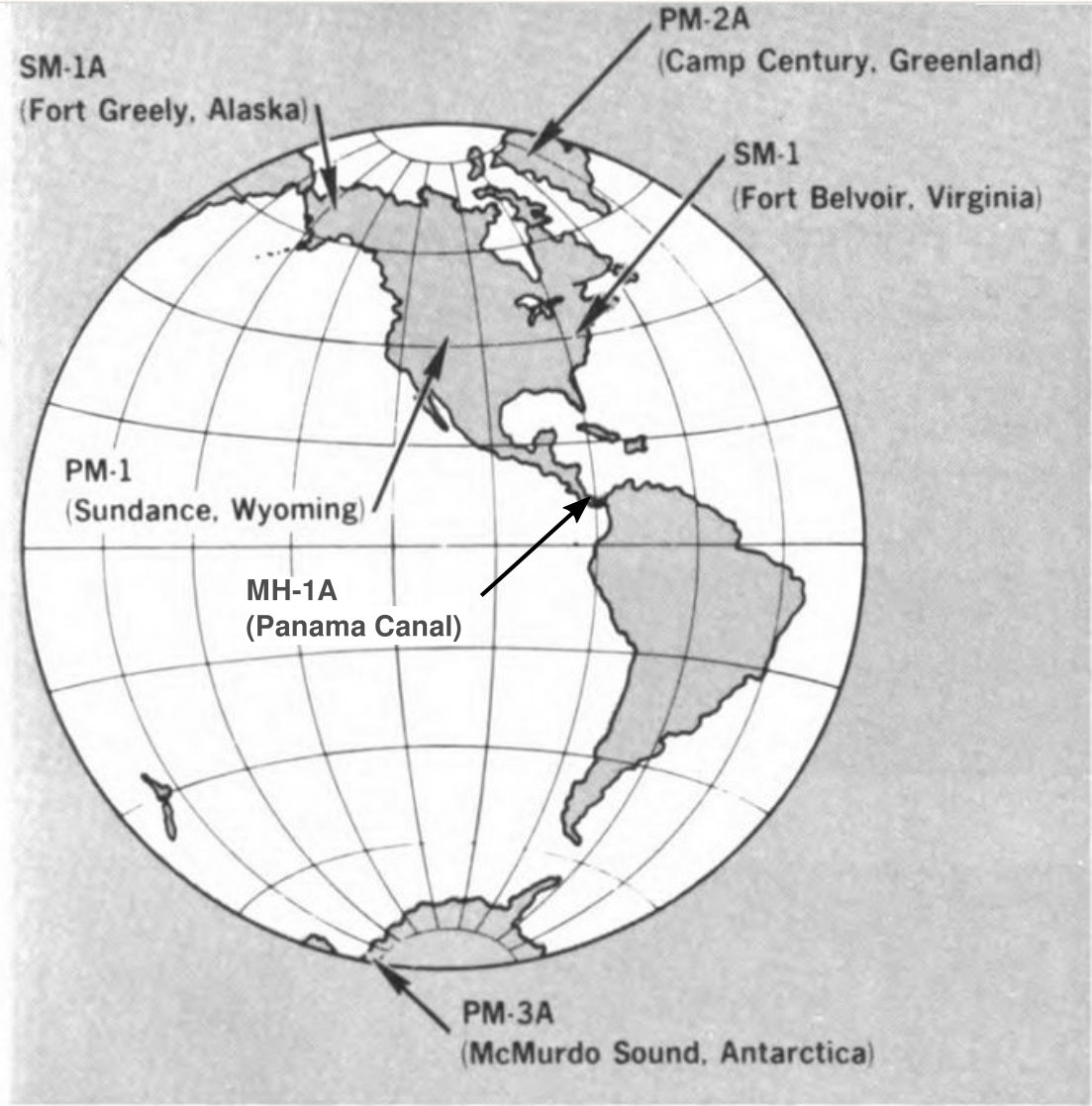
The Army had true shippable microreactors

ML-1 field test in Idaho
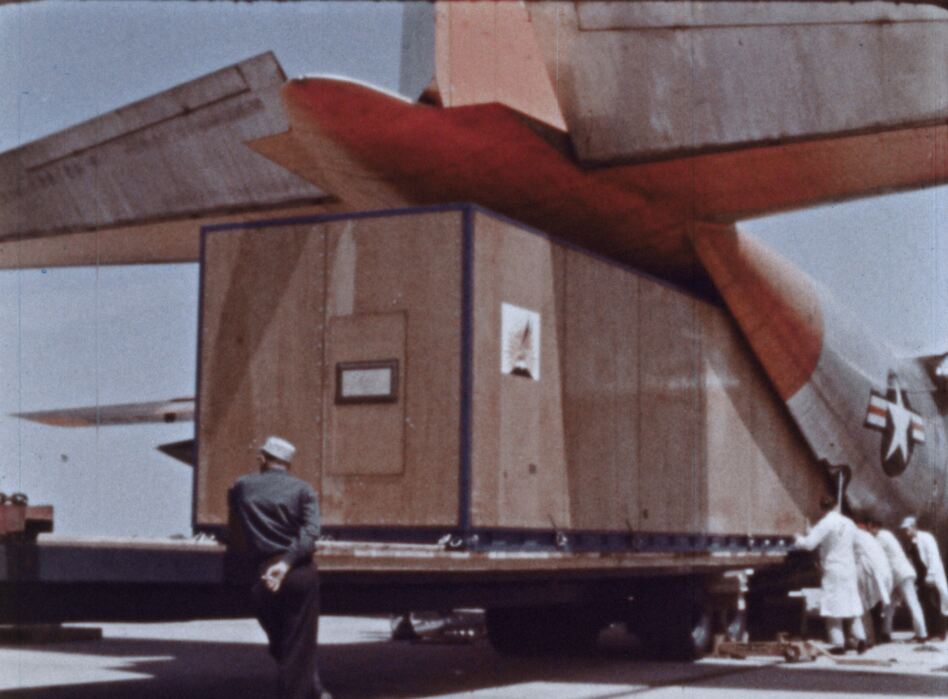
PM-1 being sent to Wyoming
Oft-forgotten shielding challenges
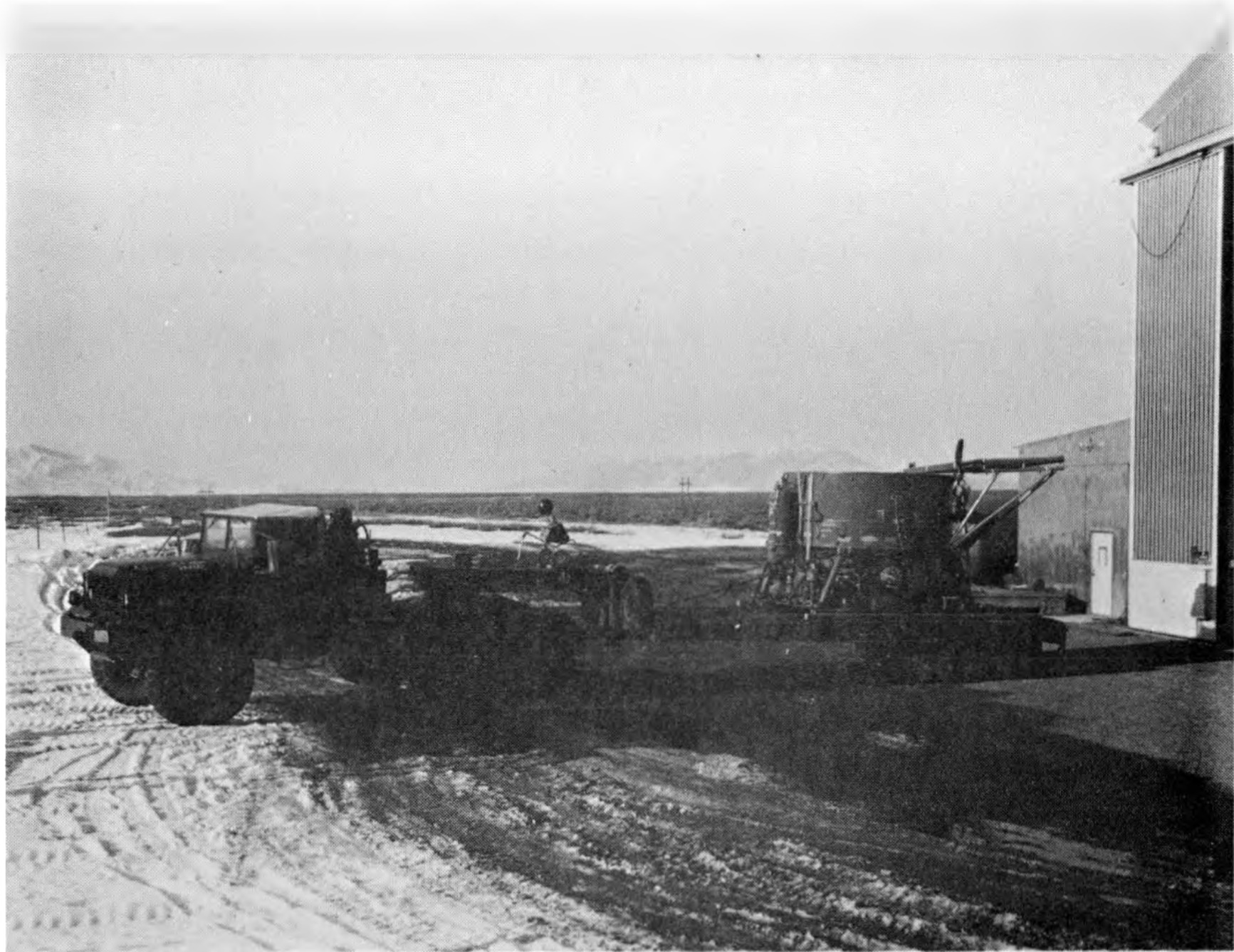
Actual ML-1 reactor on trailer (ML-1 Reactor Relocation)
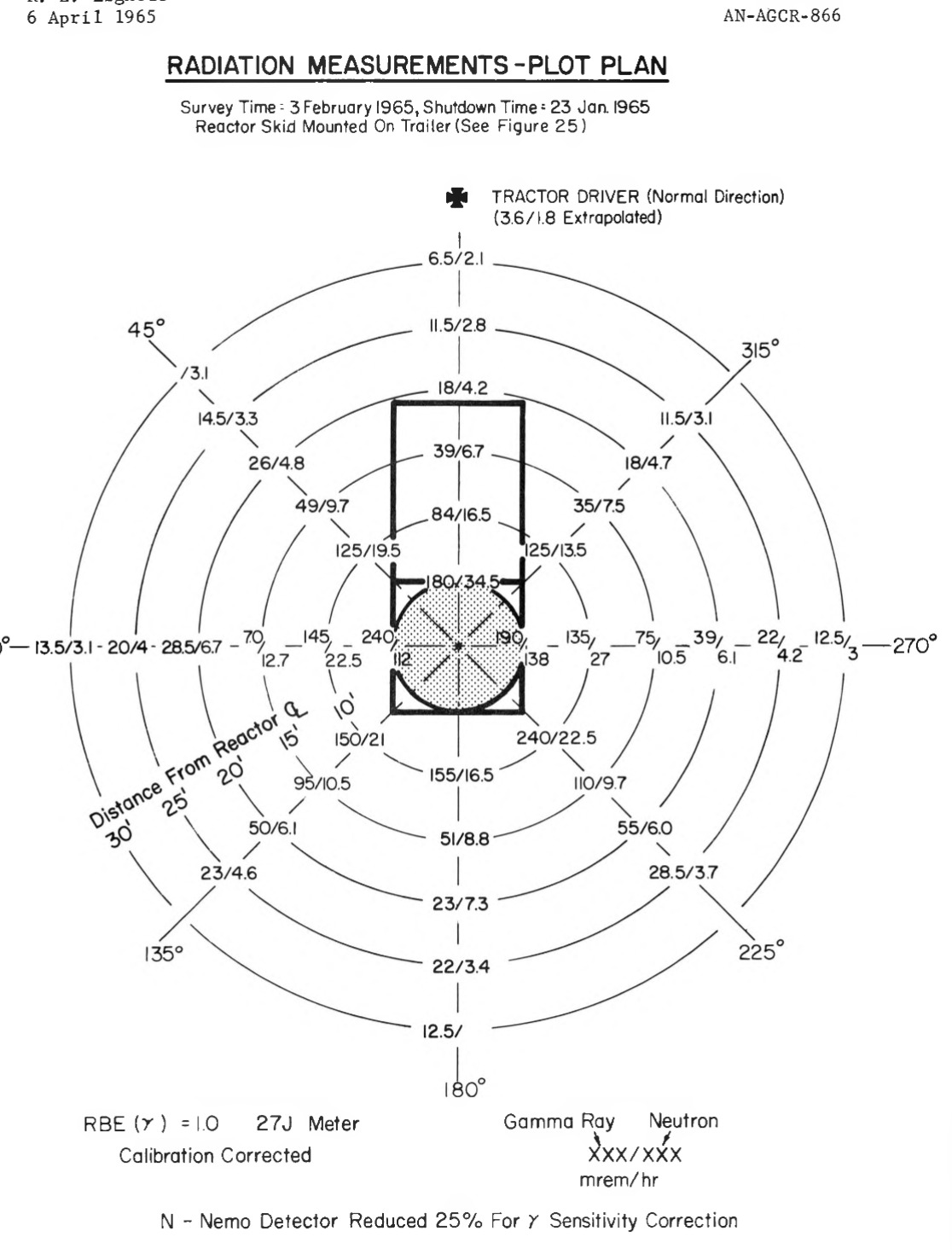
Dose rate map 10 days after shutdown
PM-1 portable reactor in Wyoming, 1962
- 1 MWe portable PWR
- Manufactured and tested in a factory,
- Disassembled into 16 modules,
- Air-lifted to the closest airfield by C-130
- Trucked to site, re-assembled
- Direct air cooling, (no water supply)
- No field welding was needed for re-assembly.
- Could be operated by a crew of 2.
- Awesome film summarizing it
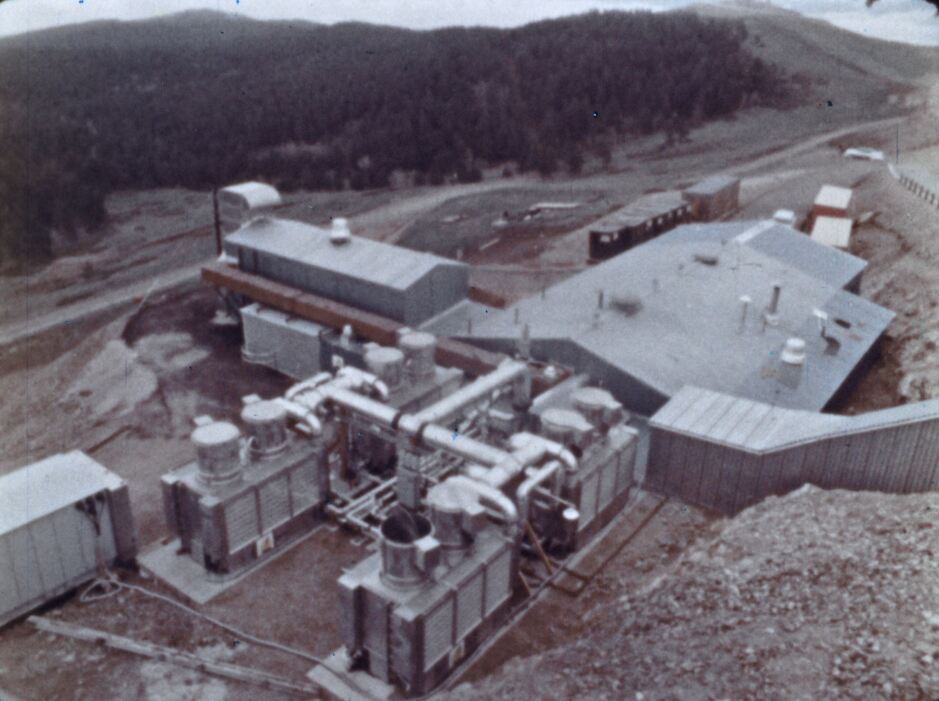
PM-1 fully assembled in Wyoming
Hard lessons from PM-1
- The reactor was difficult to perform maintenance on because of its compactness. The operators recommend designing the next microreactor with maintenance requirements satisfied first, and then compactness requirements
- The conventional steam plant cause roughly half of the unplanned outages and required a lot of maintenance, leading the authors to suggest that perhaps a non-steam approach is needed at this small scale (e.g. other energy conversion systems).
- The nuclear instrumentation system was oversensitive and overcomplicated for a field plant.
- The HVAC system and building design were wholly inadequate
- It was difficult to maintain qualified staff to operate and maintain the reactor
- The reactor was used as a training reactor for crews headed to Antarctica to operate the sister plant PM-3A, which reduced PM-1’s overall performance.
Lessons from PM-3A in Antarctica
- Offset 21 million liters of diesel for electricity and water distillation
- 434 malfunctions
- 221 health physics reports, 14 needing outside medical attention
- 99 plant modifications made
- 2 officers and ~20 enlisted to operate/maintain is too many!
- Chloride stress corrosion cracking found, decision to remove reactor
- Shielding with local backfill can be a problem due to activation
- Couldn’t compete, even in the most remote of areas
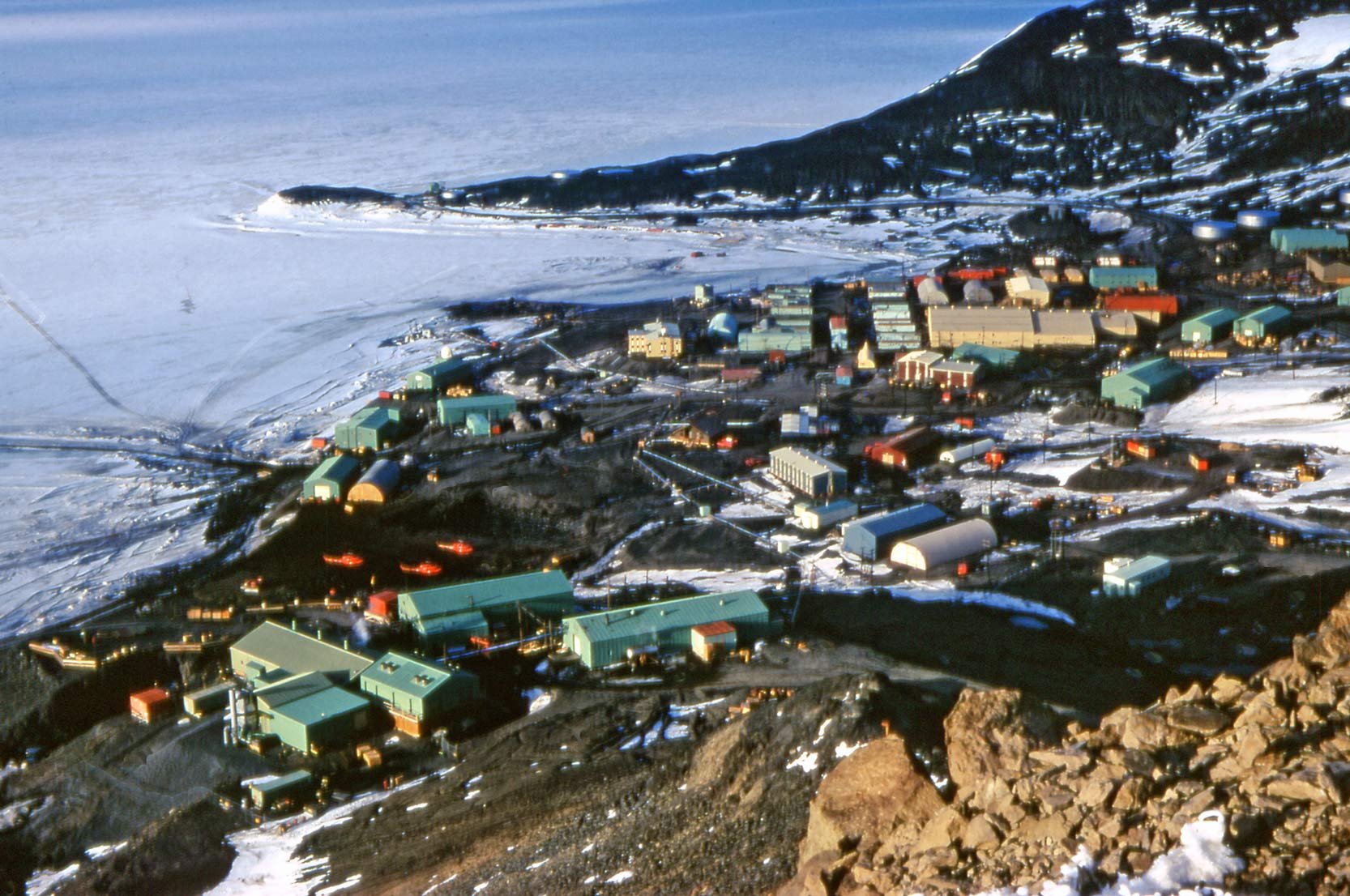
PM-3A in operation at McMurdo Station (Source)
Early
FUSION EXPERIMENTS

Project Sherwood
Initial declassification of controlled fusion work in 1958
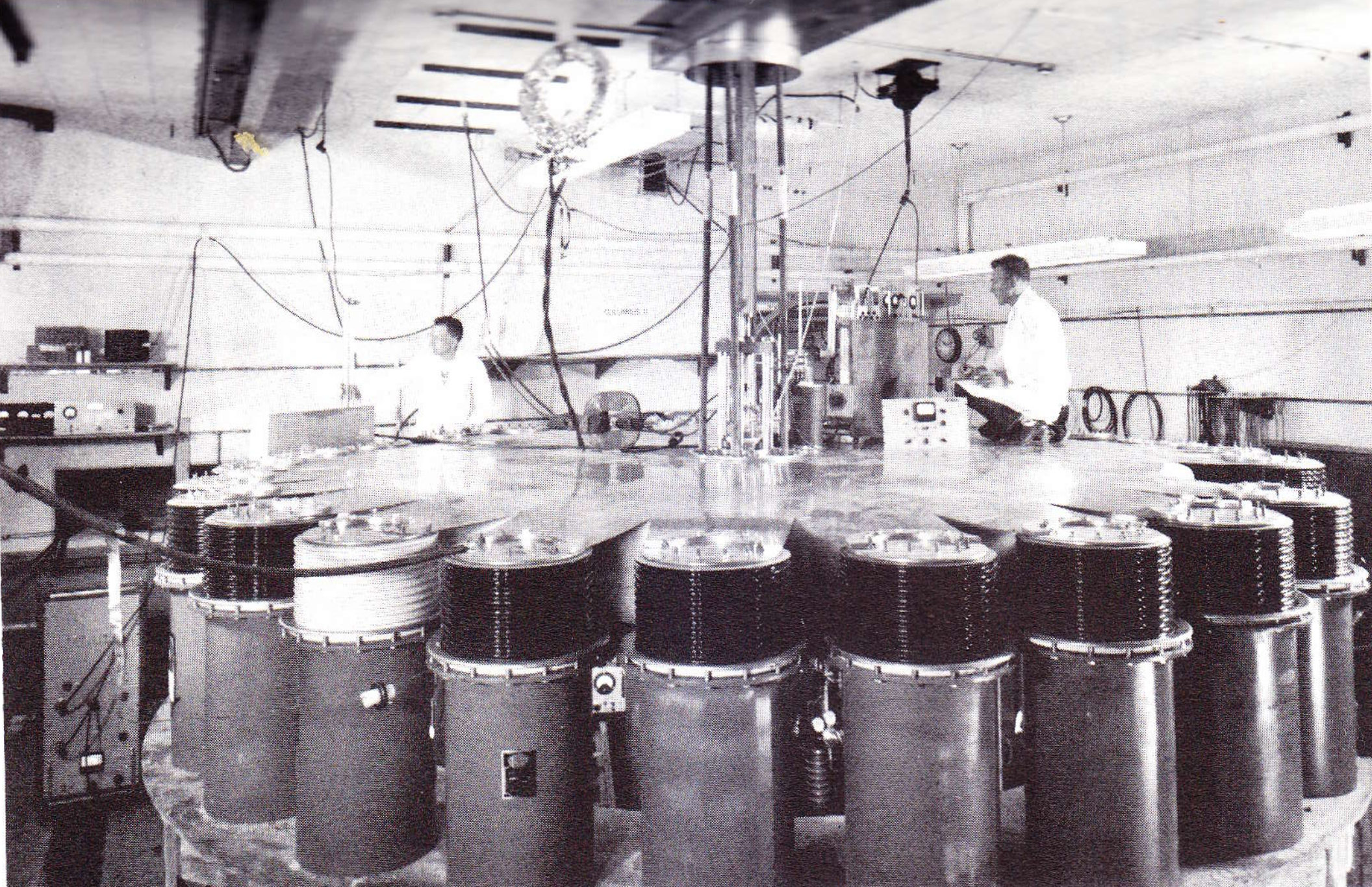
The Columbus II pinch experiment at LASL: 100,000 Joules in July 1957 (Project Sherwood)
Pros:
- Inextinguishable resource (like solar and breeder reactors)
- No long-lived radioactive fission products
- Fuel injected in real time: minimal excess energy for ‘runaways’
- Direct generation of electricity (maybe)
Required conditions:
- High temperature
- Rather low density
- Self-sustaining process
- High plasma purity
- Adequate confinement
Fusion Exhibit at the 1958 Atoms for Peace conference
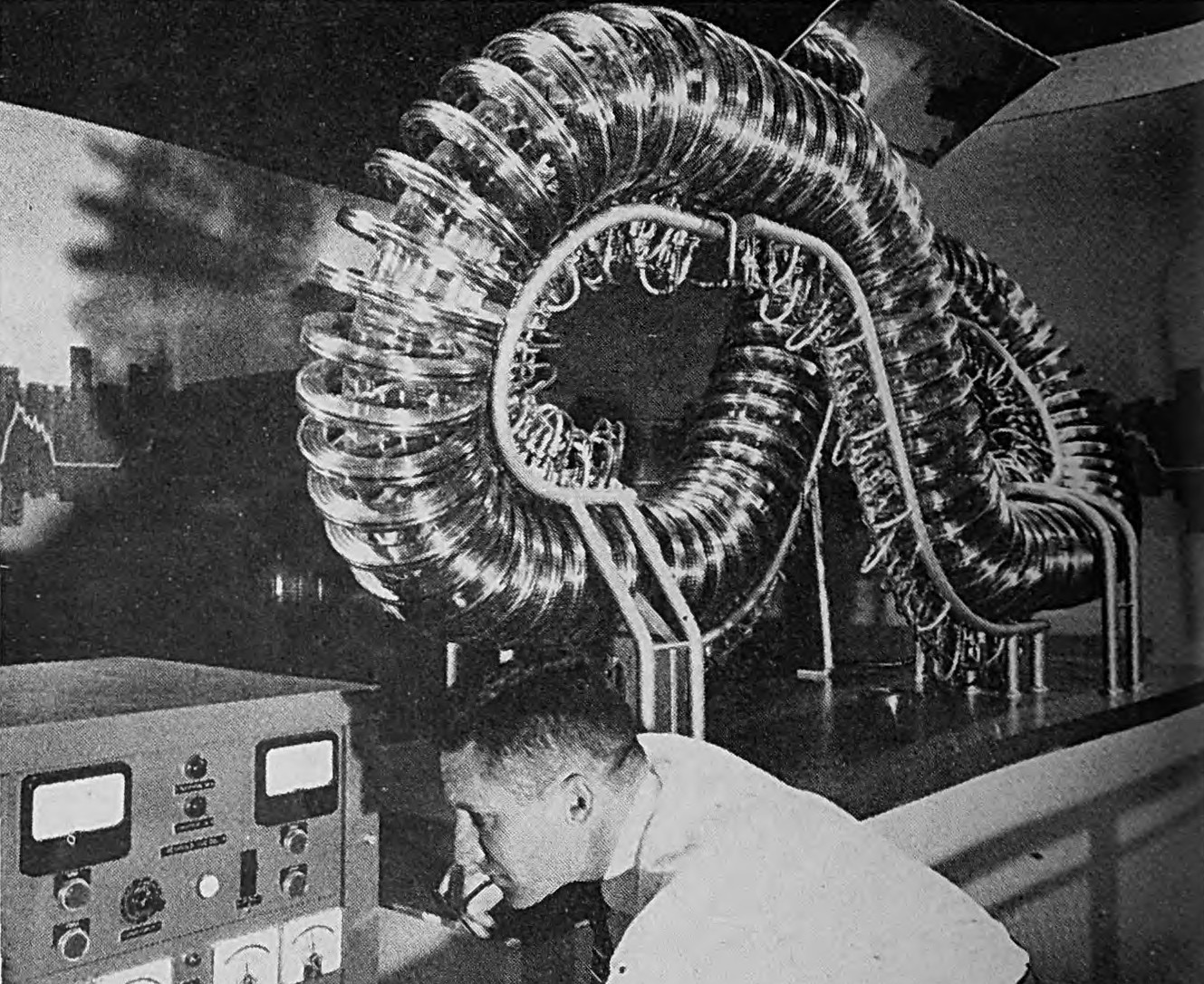
Fig 8 Stellarator
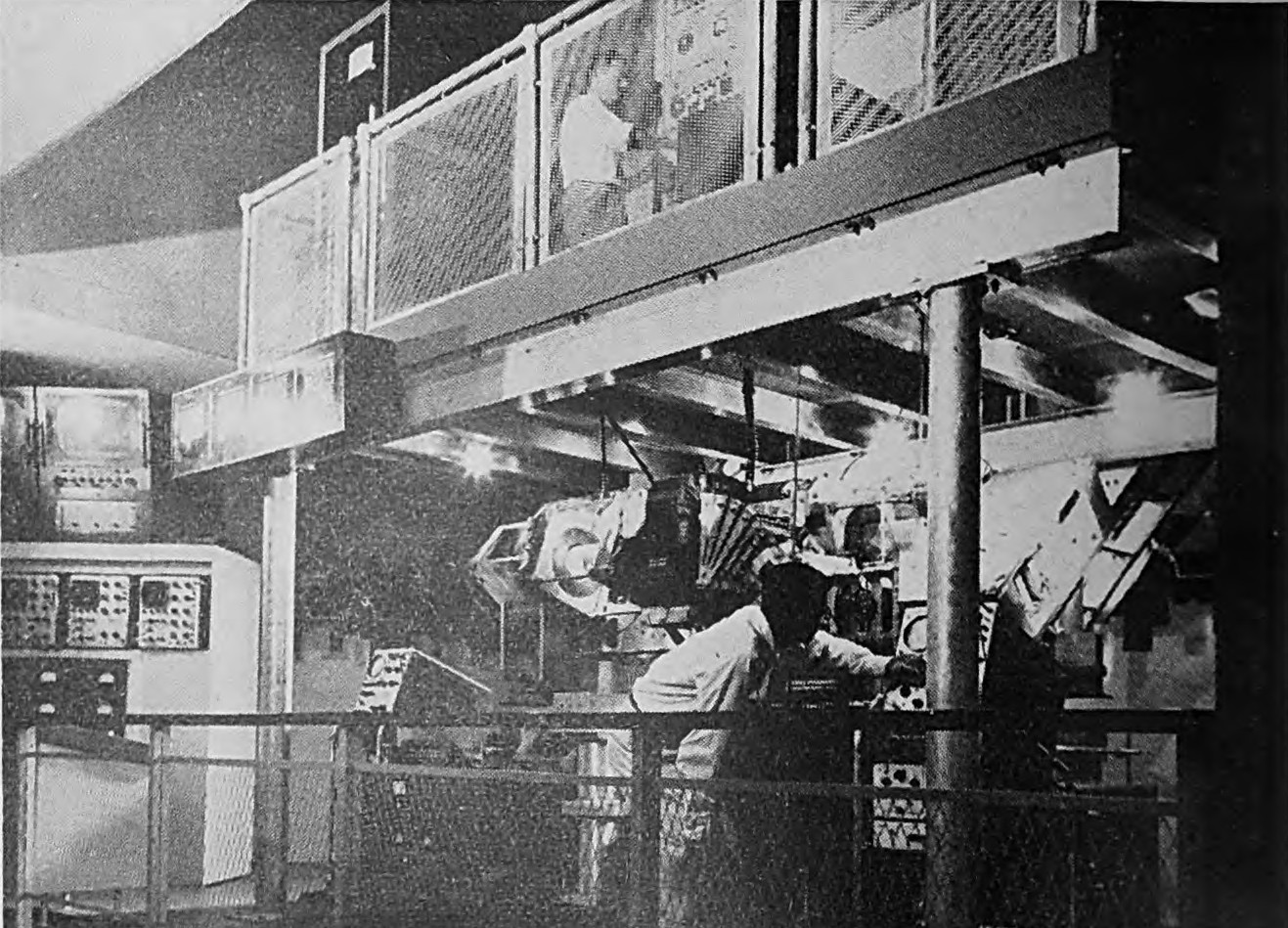
B-2 Stellarator (working!)
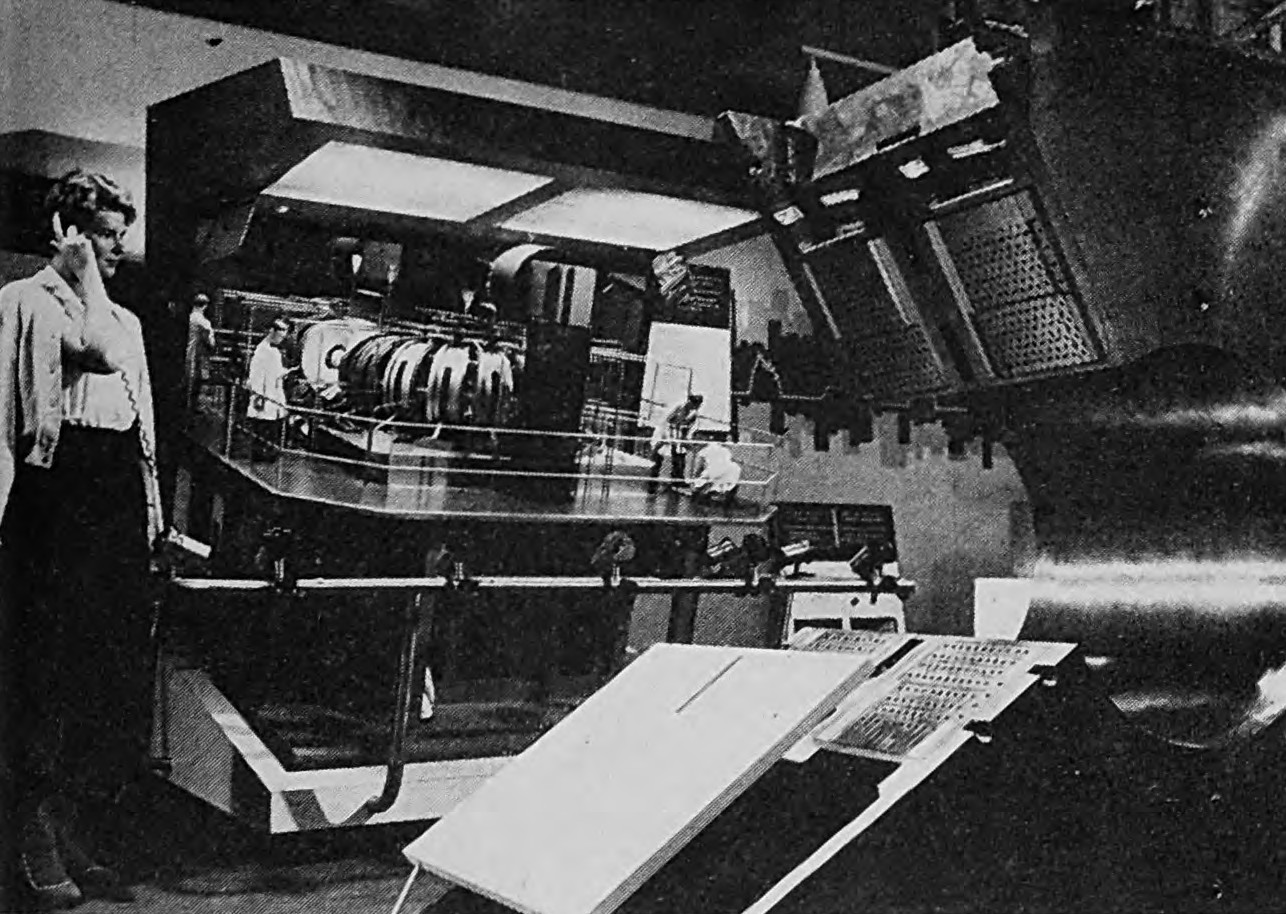
Model C Stellarator
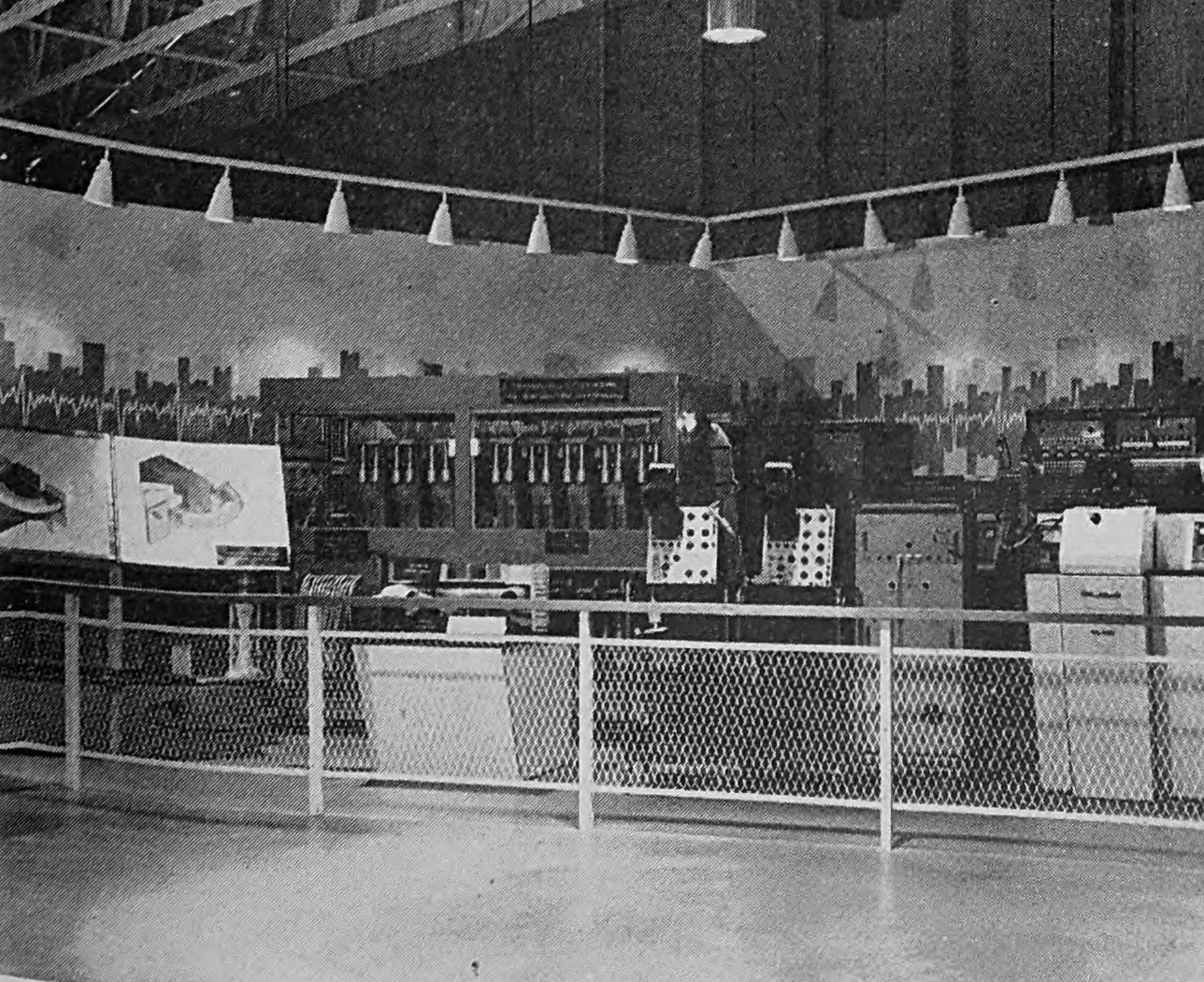
Pinch capacitor bank
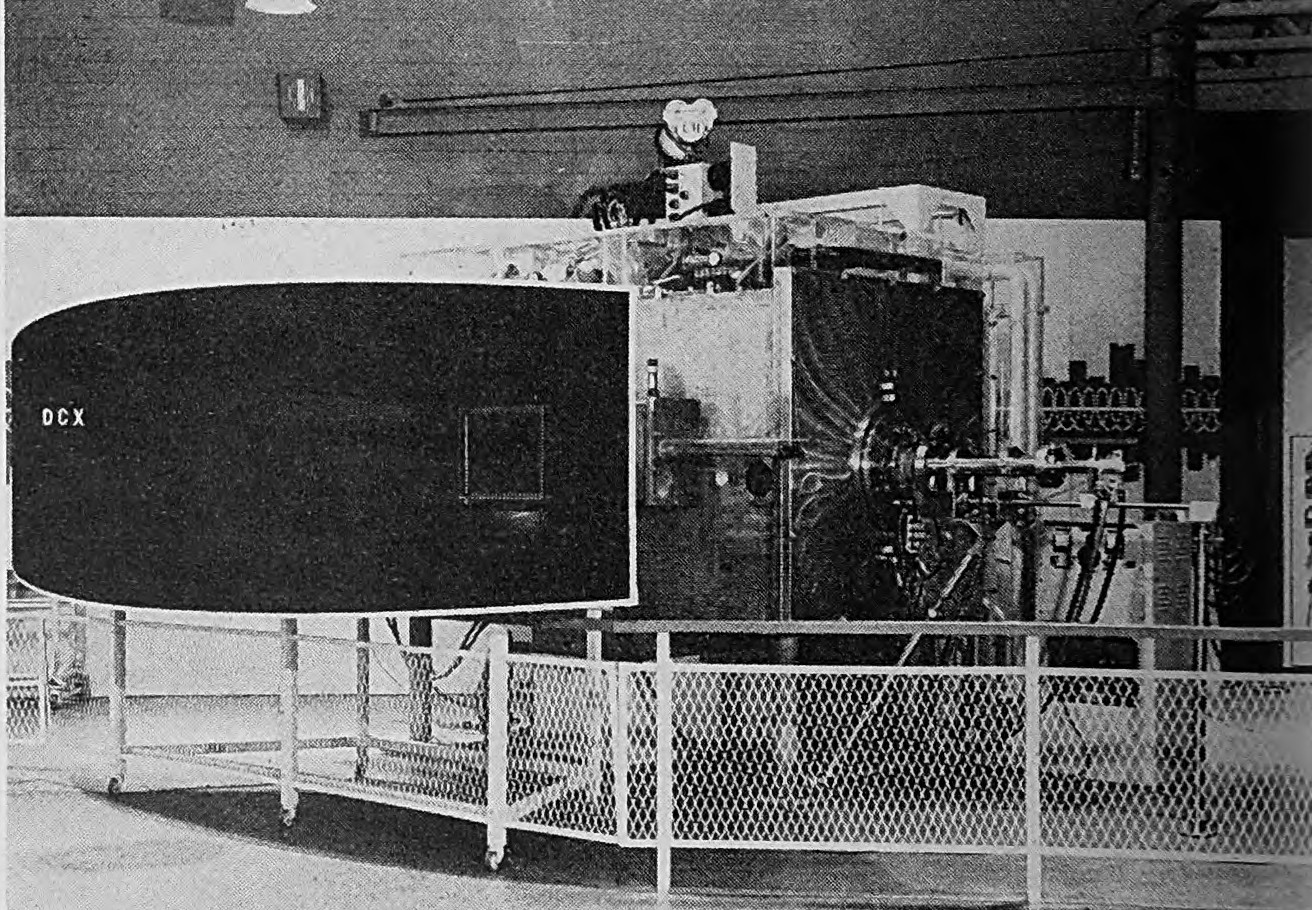
Direct Current Experiment
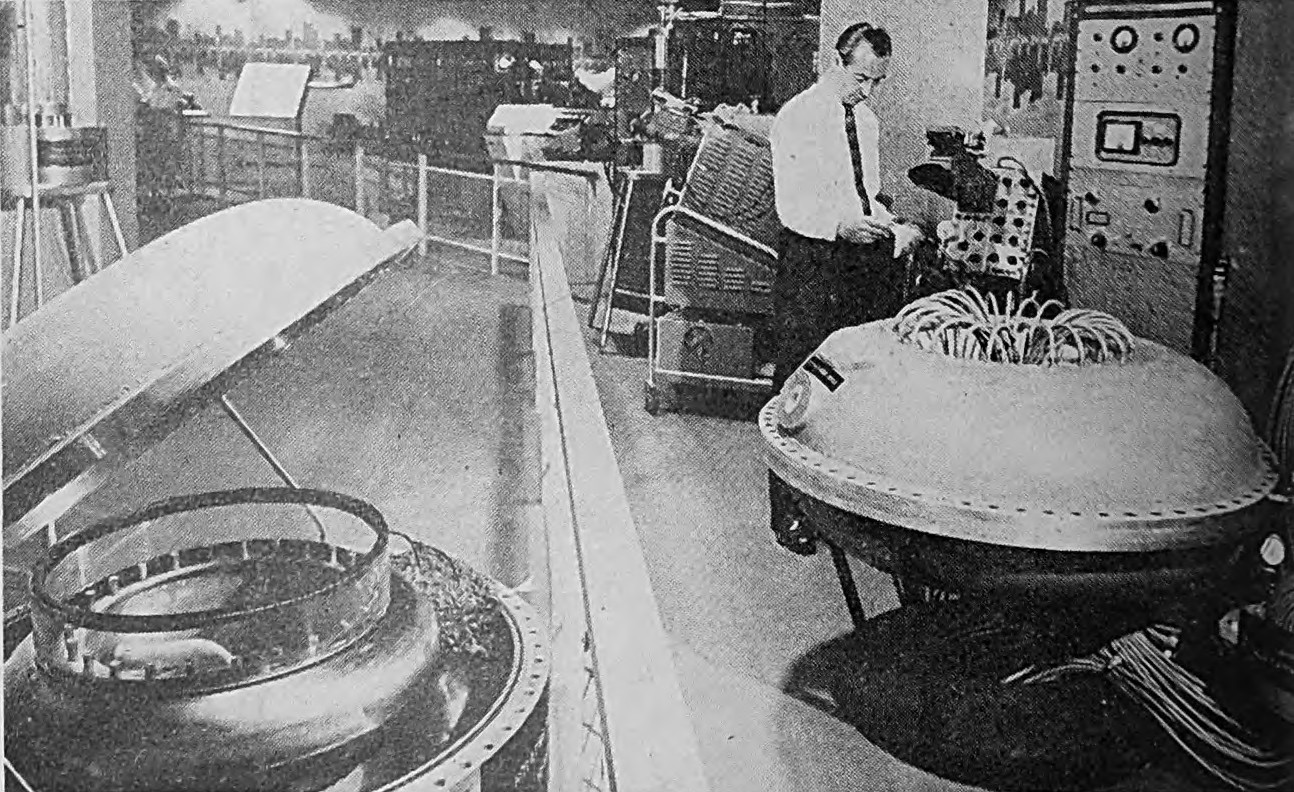
Rotating plasma experiment
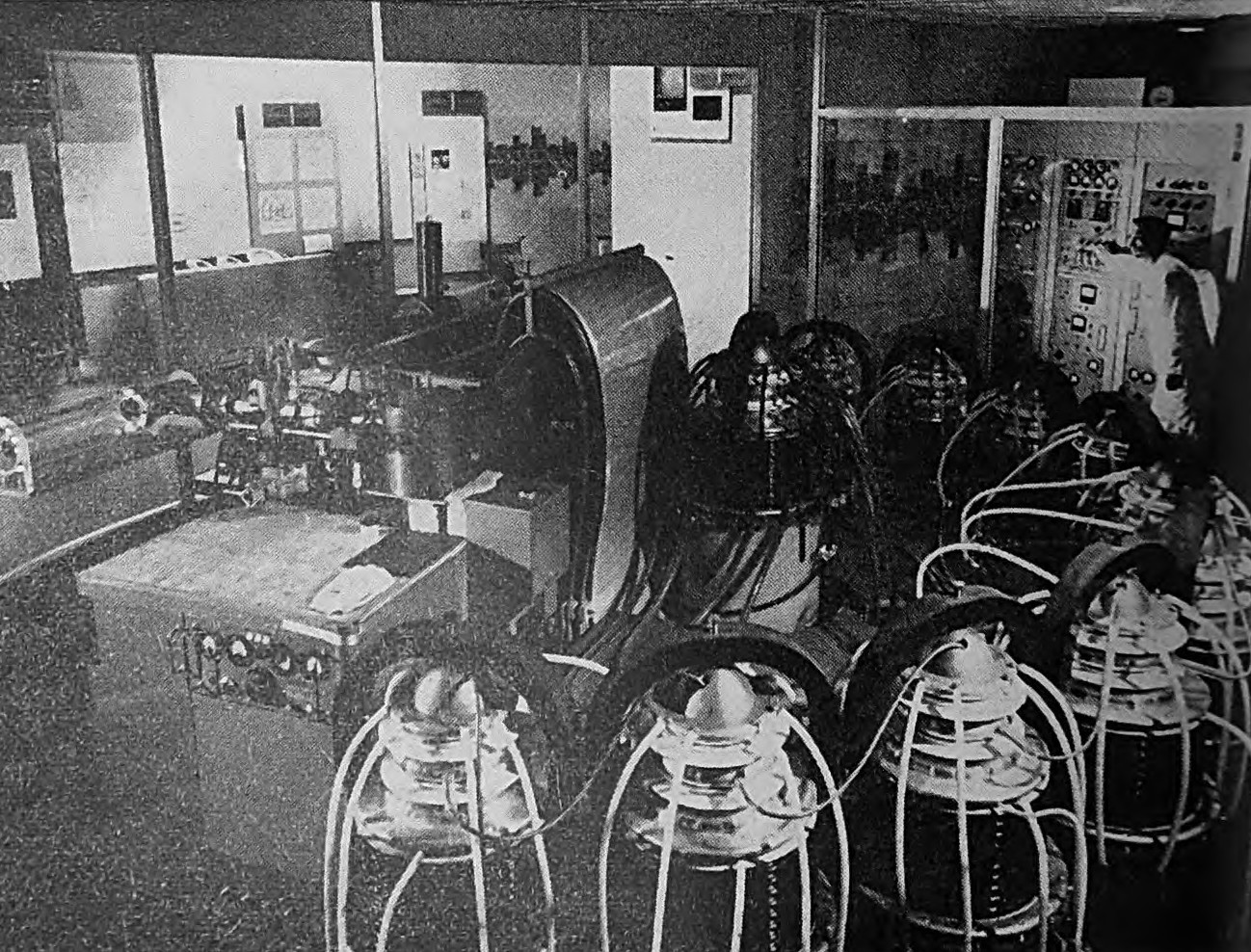
Scylla
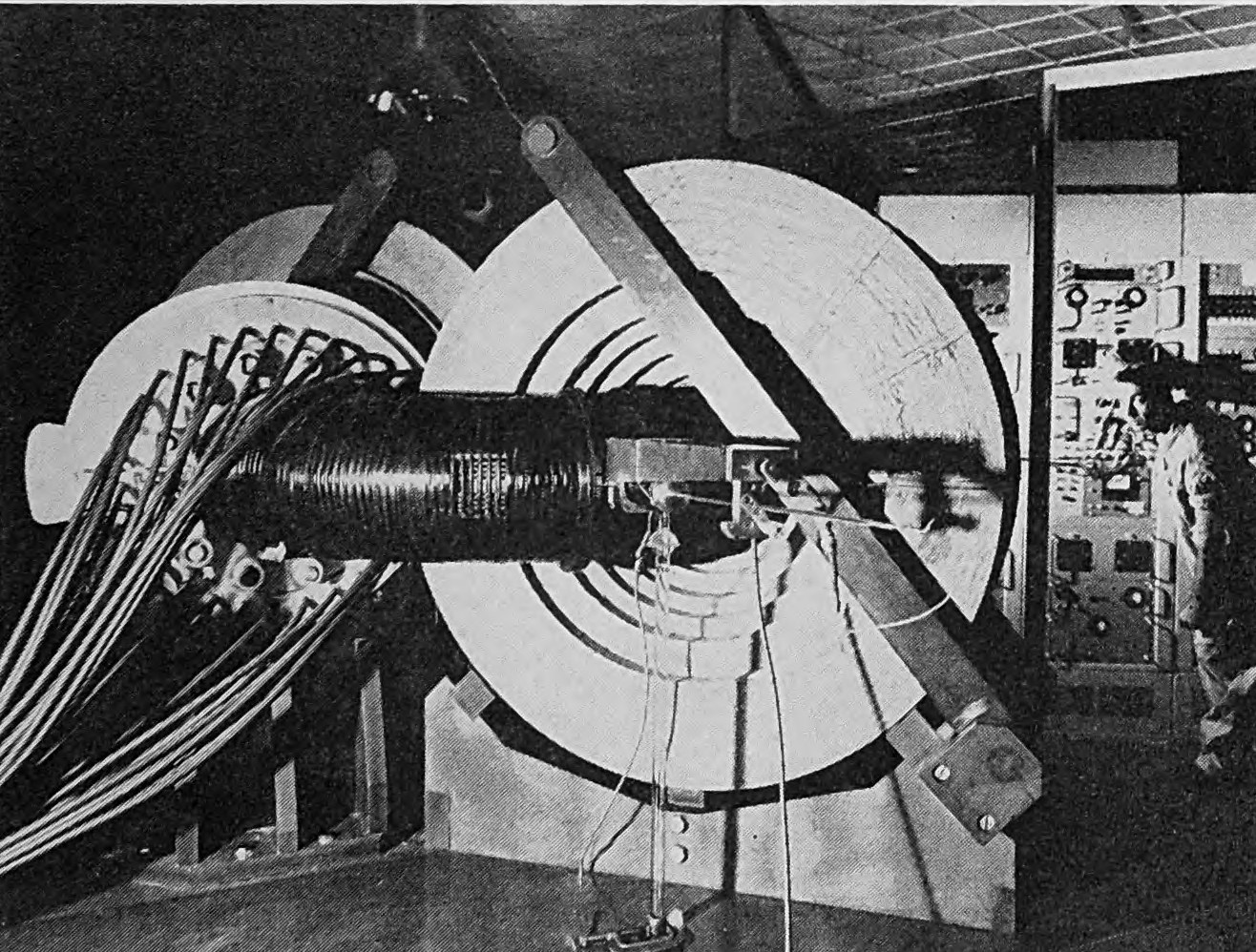
Perhapsatron
Fusion Progress
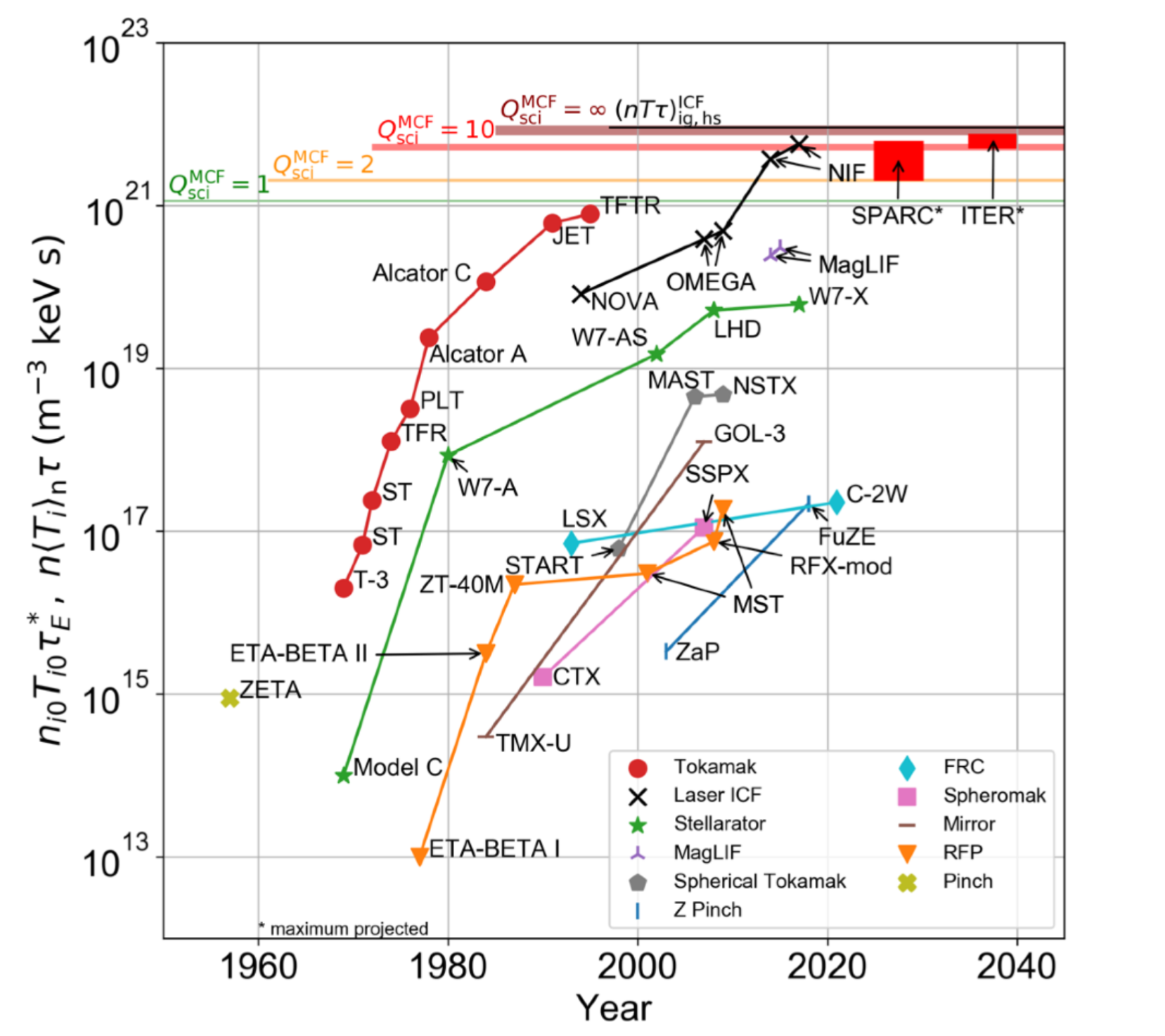
Fusion progress (Adopted by Wurzel from S.E. Wurzel and S. C Hsu Physics of Plasmas 29, 062103 (2022))
- Long, steady march towards the required conditions
- Numerous plasma instabilities discovered and mitigated
- Vast expansion of plasma physics knowledge and capabilities
SIMPLE REACTOR FACILITIES

Critical Assemblies
- Minimal assemblage of fuel/coolant/moderator/control
- Used to check basic nuclear characteristics against theory
- Room temperature
- Very low power (<10 W)
- Often reconfigurable
- Often used to support final design (e.g. rod worth curves)
- Diminished need due to robust nuclear data and radiation transport codes
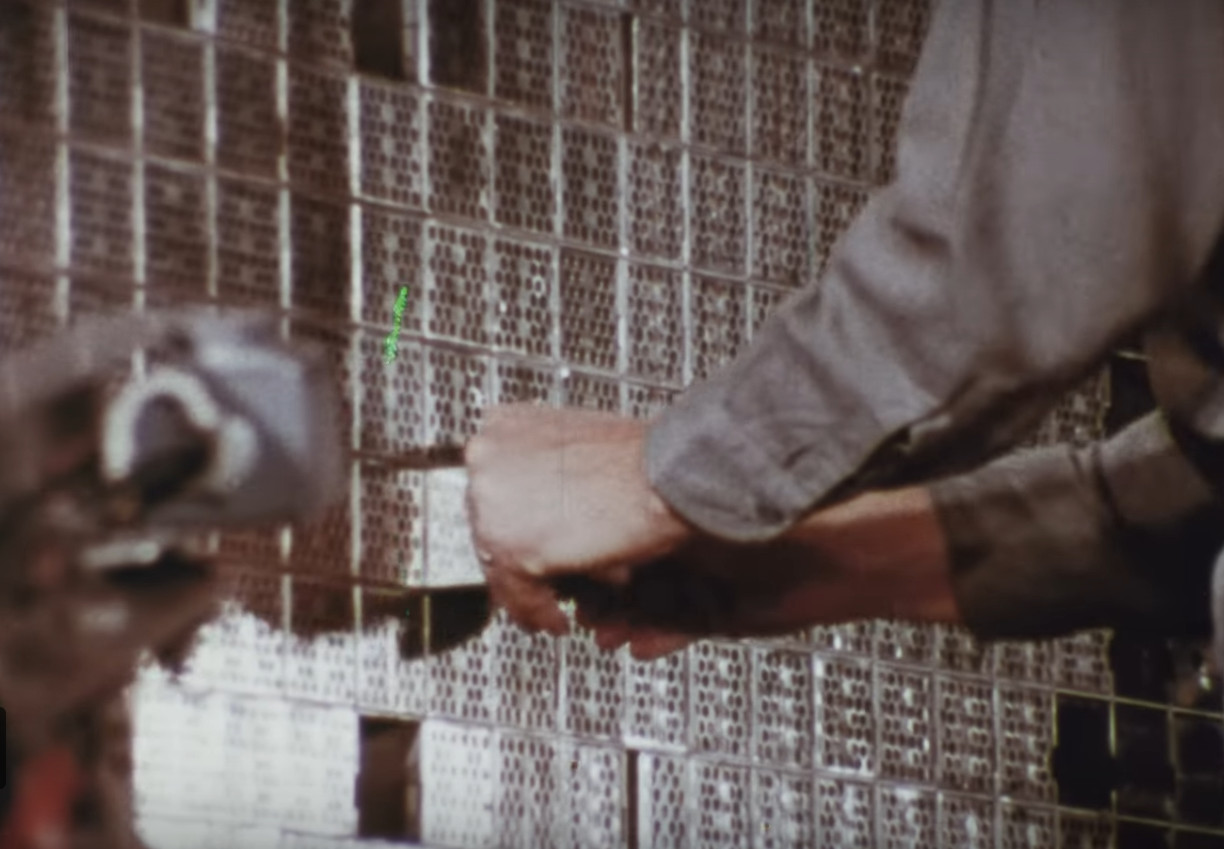
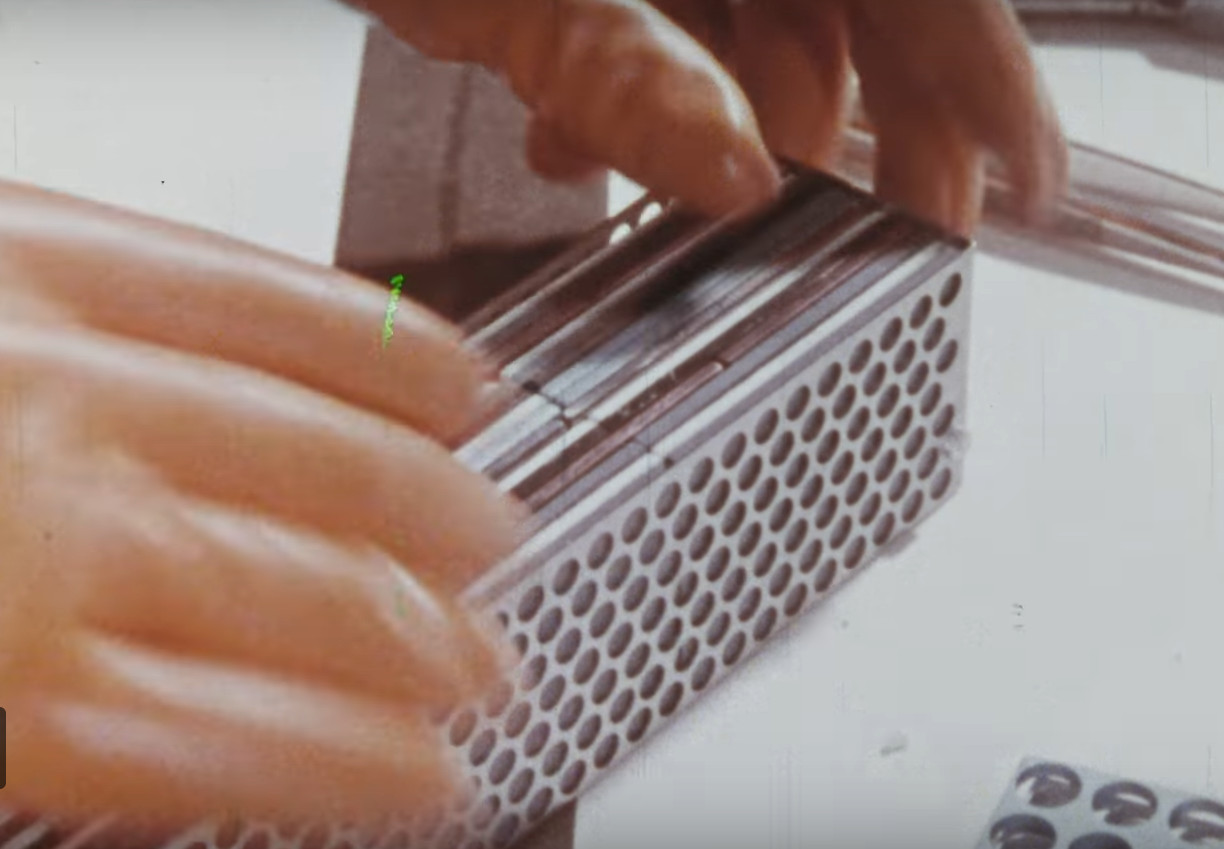
Research Reactors
- Facilities in which most public research on radiation occurred
- Over 800 built, listed in the RRDB
- Swimming pool type
- Aqueous Homogeneous (L-77s)
- Teller-inspired TRIGA became popular
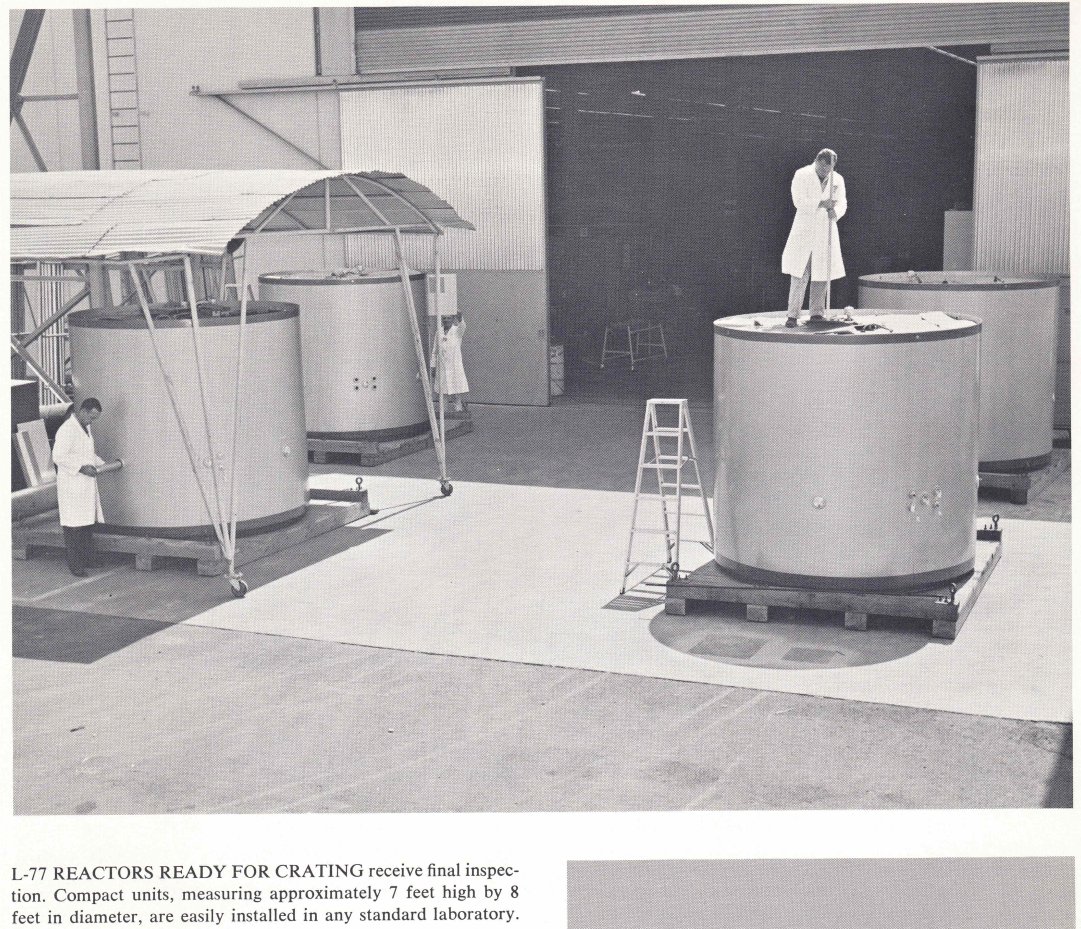
A batch of AI L-77s, ready for crating
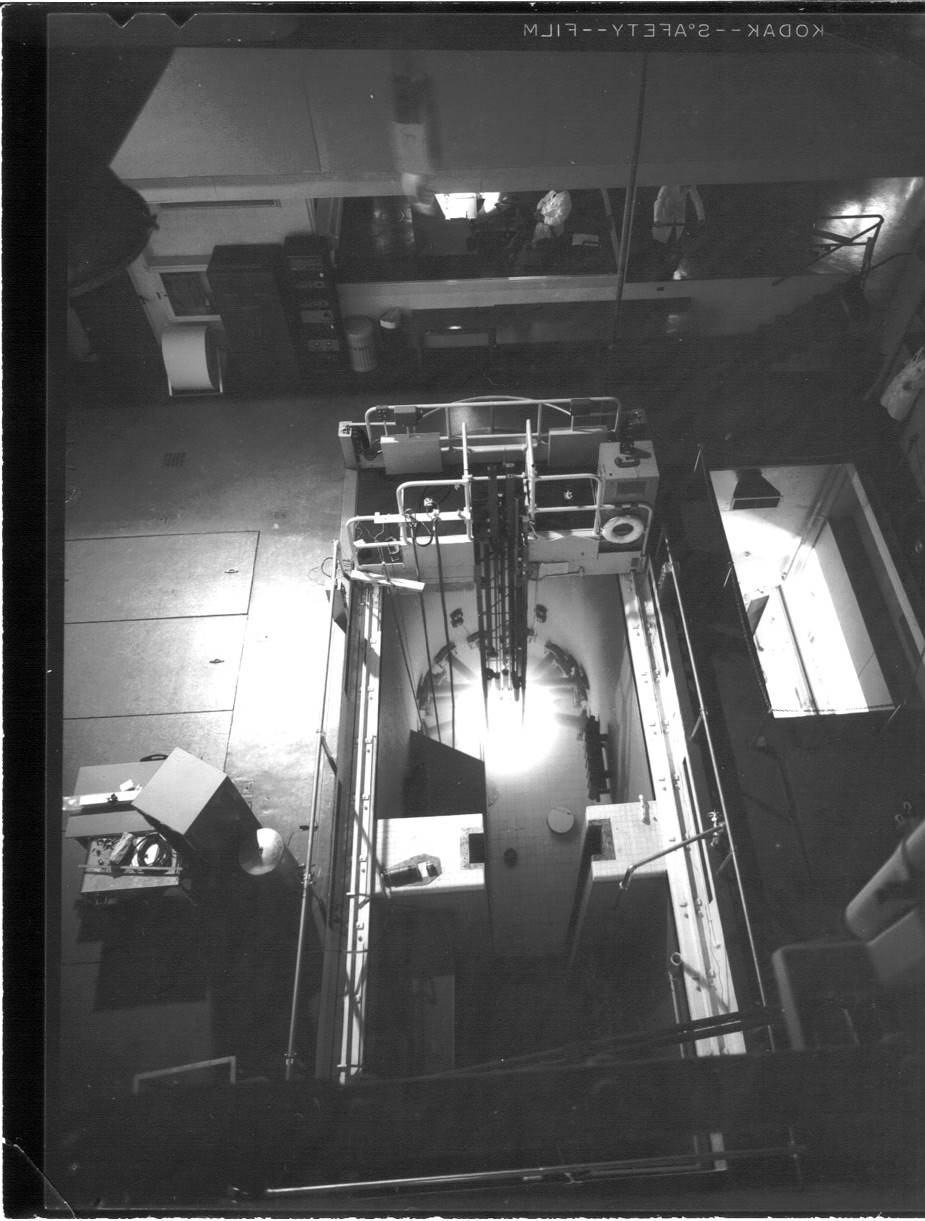
The Ford Nuclear reactor at NERS
REACTOR EXPERIMENTS

What is a reactor experiment?
- Small scale nuclear-powered test
- Cutting edge of technology
- More complex than a zero-power critical assembly
- Appreciable, but not high, power (< 10 MW)
- Smaller/simpler than full system prototype
- Sometimes has power conversion, but usually not
- Cheapest way to show that a certain combination of core materials can work at power
Homogeneous Reactor Experiments (HRE) 1 and 2
- Fluid fuel: uranium sulfate
- Ran at ORNL in 1952
- Expected to be simple and compact
- Kept burning holes in containment
- Holes were repaired, but concept was abandoned
- Incredible 1961 film of how they repaired the hole
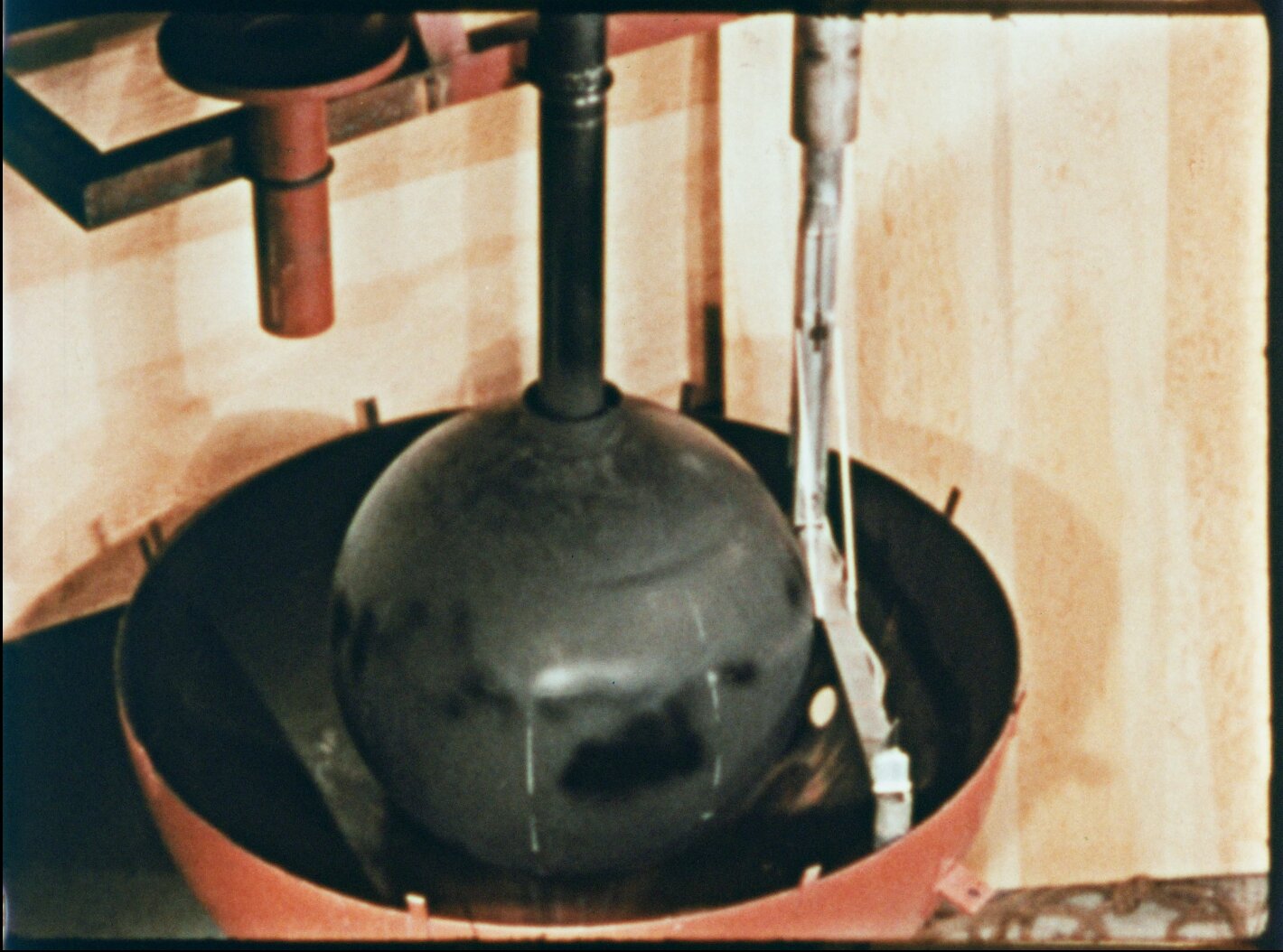
BOiling water ReActor eXperiment (BORAX) 1-5
- Is it possible to operate a core with boiling water?
- Experiments ran at National Reactor Testing Station, starting in 1953
- BORAX-I exploded at end of life (to test limits)
- After small success with BORAX-1 larger BORAX-2 was built.
- Re-designated BORAX-III with the addition of a turbine
- Powered town of Arco, ID
- Formed basis for BWRs
- Some destructive test film
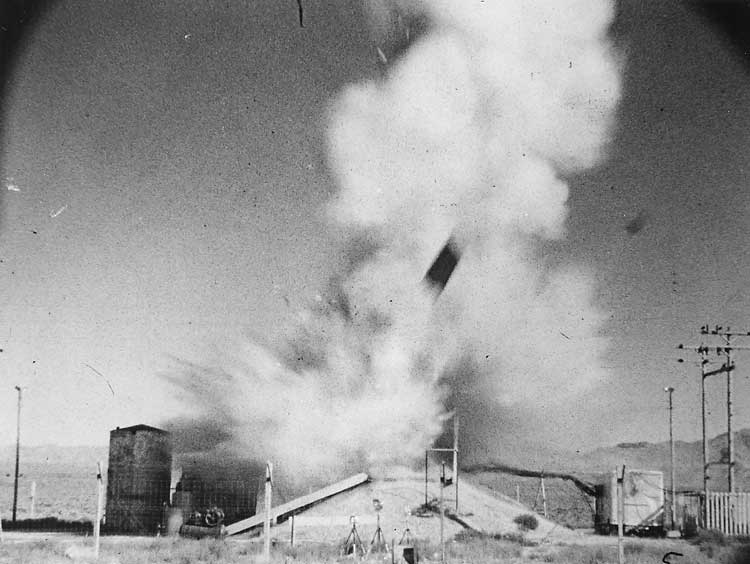
Aircraft Reactor Experiment (ARE)
- Molten salt fluid fuel
- Ran at ORNL in 1954
- Expected to be compact and very high power density
- Intended for nuclear-powered bomber
- Ran for 4 days
- Got leak, they blew fission products into the forest to the south
- I wrote the Wikipedia page on it (inspired by Prof. R. Fleming)
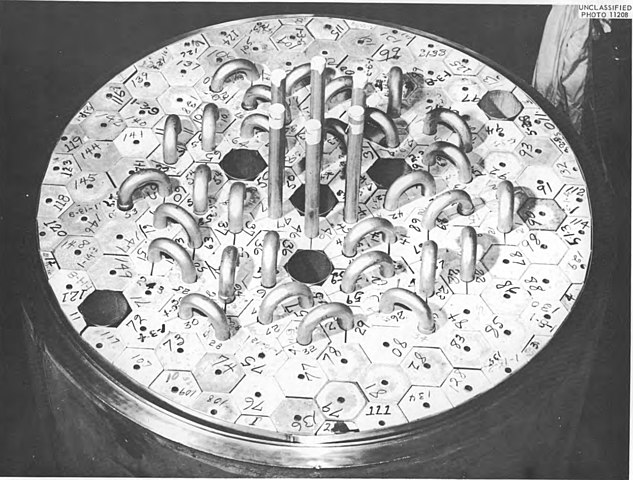
Heat Transfer Reactor Experiments (HTRE) 1-3
- High temperature reactors coupled to jet engines in 1956
- Developing nuclear-powered flight for long-range bomber
- Ran in Idaho
- Never flew
- Can be seen in parking lot of EBR-1 museum
- See APEX-901
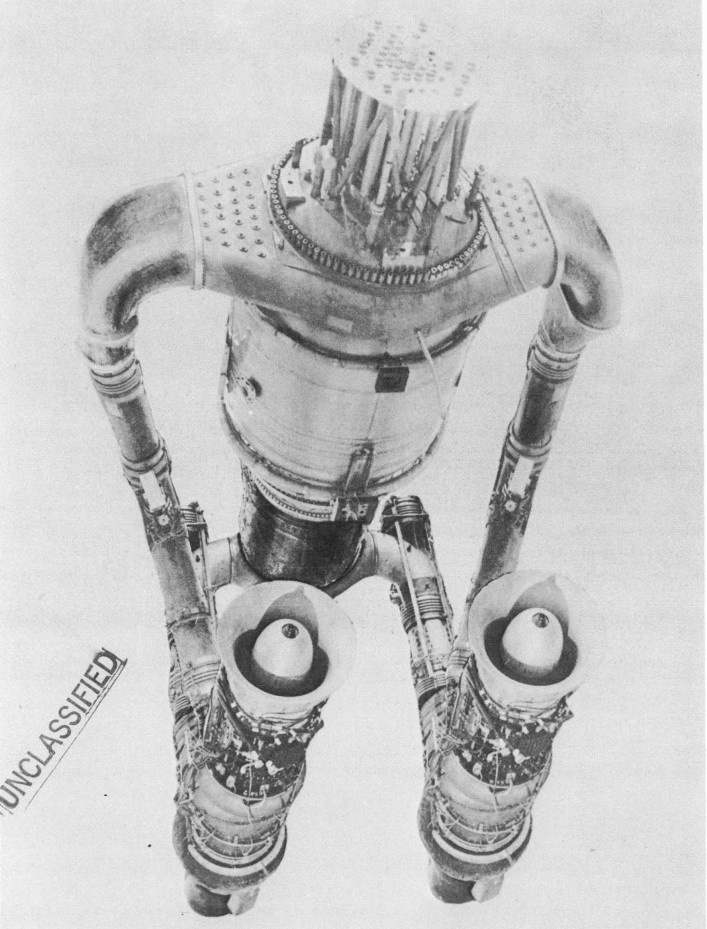
Sodium Reactor Experiment (SRE)
- Sodium metal coolant, graphite moderator
- Started in 1957
- Expected to make economical power
- Low pressure, high temperature, LEU fuel
- Near LA
- Prototype for Hallam reactor
- Suffered core melt
- Very cool construction photos
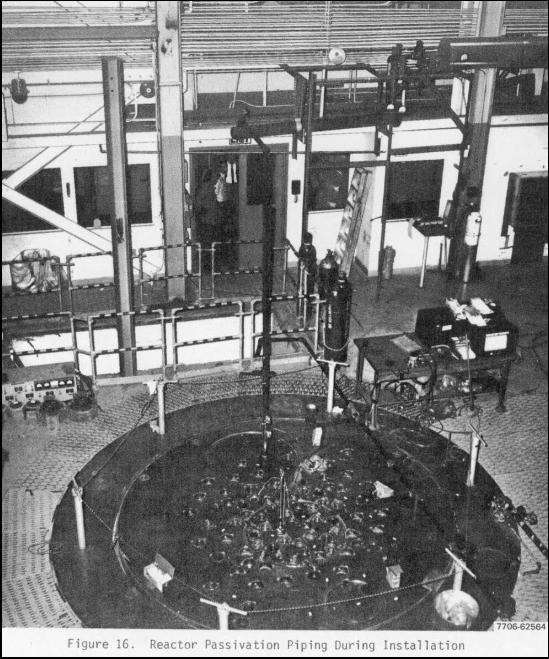
Organic Moderated Reactor Experiment (OMRE)
- Explored the use of hydrocarbons as coolant/moderator (polyphenyls)
- Low pressure, medium temperature, low corrosion, low induced radioactivity
- Ran at the NRTS (INL) from 1957-1963
- Expected to lead to low-cost commercial power
- Excellent 1958 film
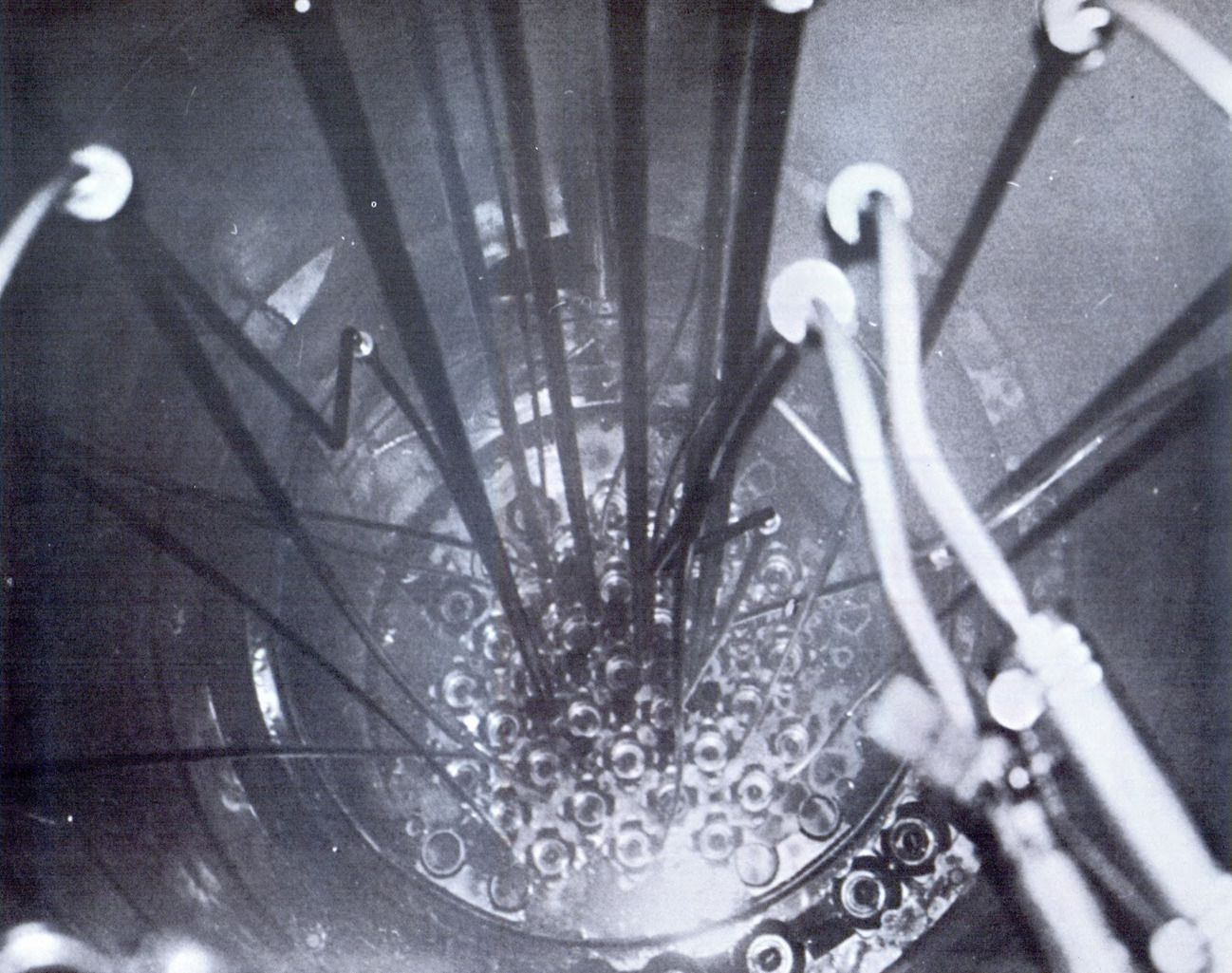
Ultra-High Temperature Reactor Experiment (UHTREX)
- Helium gas-cooled reactor with UC₂ fuel coated with 3 layers of pyrolitic carbon
- 2400 °F coolant temperature
- Elemental carbon structure
- Run at LANL from 1959-1971
- Spin-off of Project Rover (nuclear rocket)
- Rotating core loader
- Un-clad annular porous carbon extruded fuel elements
- Remote online refueling
Los Alamos Power Reactor Experiment (LAPRE-1 and 2)
- High-pressure uranyl phosphate solution fuel
- Highly-enriched uranium
- Would have made 10-50 MWe compact reactors
- Remote power for military bases
- LAPRE-II started in 1959
- See e.g. LAPRE-II (1960)

Los Alamos Molten Plutonium Reactor Experiment (LAMPRE)
- Molten Plutonium-Iron alloy fuel in tantalum tubes
- Developed for fast breeder reactors
- Ran in 1960
- In-situ reprocessing
- See LAMPRE I FINAL DESIGN STATUS REPORT
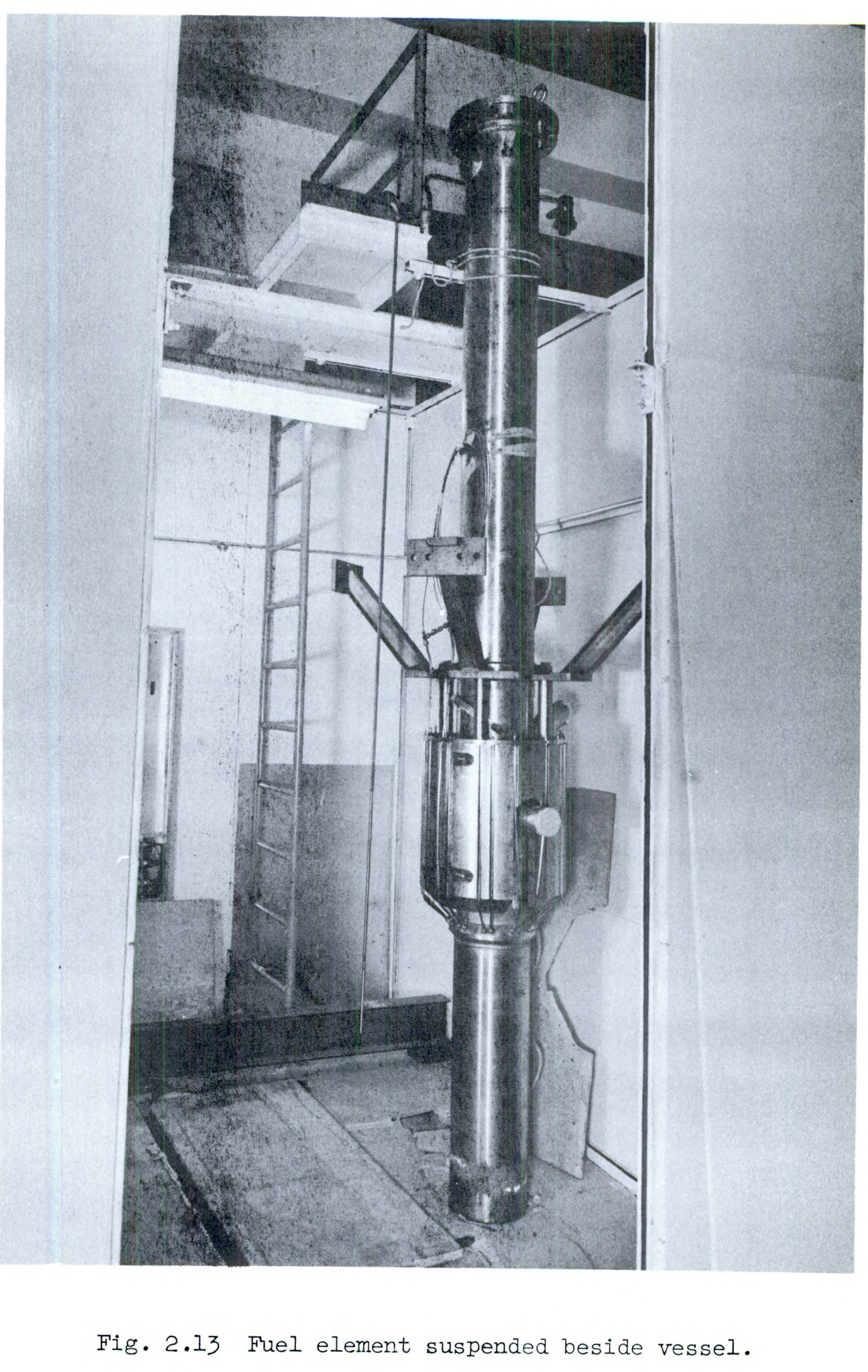
Gas-Cooled Reactor Experiment (GCRE)
- Nitrogen-cooled
- Supported the truck-mounted Army reactor
- 1962
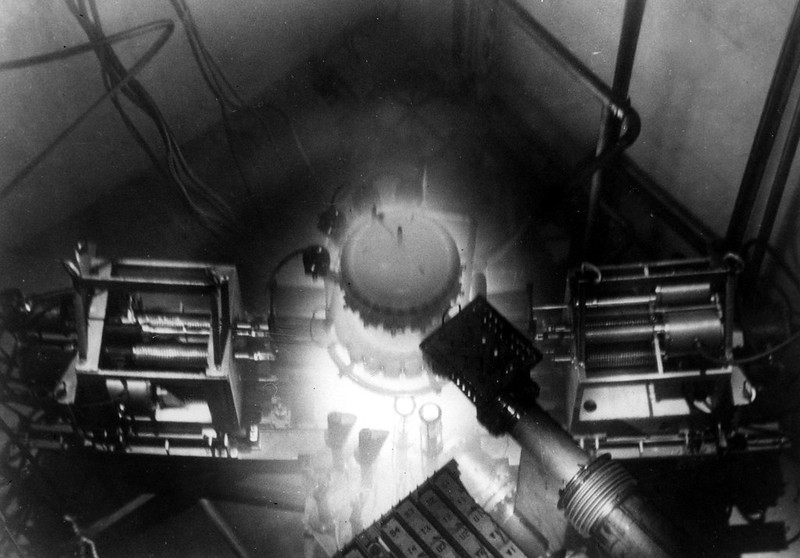
Bare Reactor Experiment, Nevada (BREN)
- Lifted the ORNL Health Physics Research Reactor
- Went up 1500-foot tower
- 1962
- A small Japanese village was built at the bottom
- Tower provided information on neutron dose from elevated sources on tissue
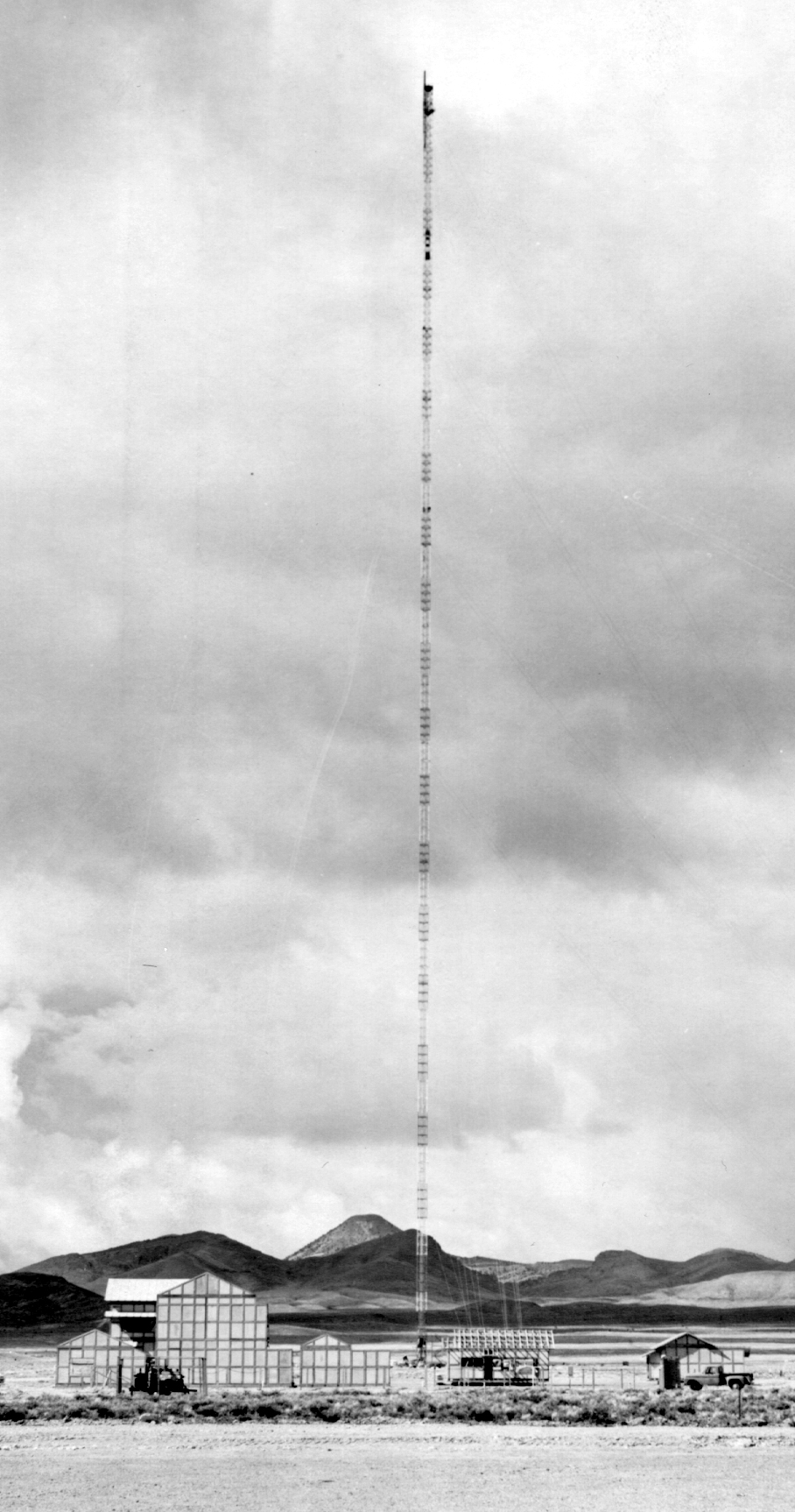
NERVA Reactor Experiment (NRX)
- Nuclear-powered rocket for space propulsion
- Liquid-hydrogen cooled
- NRX-A2 ran in 1964 for 6 minutes, and then 20 minutes
Molten Salt Reactor Experiment (MSRE)
- Follow-up from the ARE
- Focused on commercial power potential
- Ran at ORNL in 1965
- Formed basis for Molten Salt Reactors
- Developed an entire program plan for MSBR (ORNL-5018)
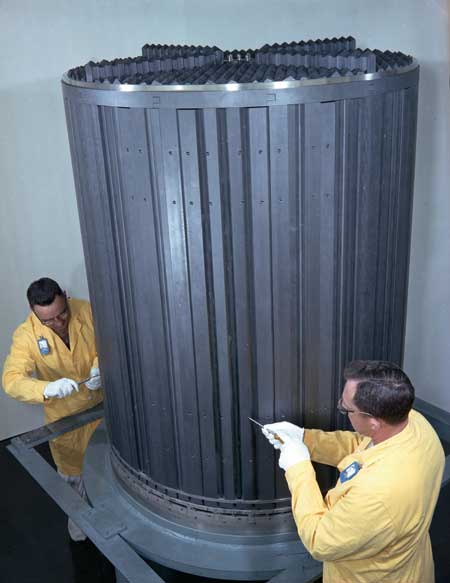
The Power Demonstration
REACTOR PROGRAM

Shippingport
- Congress was concerned about falling behind UK and USSR in power reactors
- Rickover was put in charge b/c he could get stuff done
- Dev program tried various fuels, settled on UO₂ with zirconium clad
- Nuclear design by Bettis: HEU seed with NU driver
- Fierce opposition b/c LWRs are inefficient with uranium resources
- Had 2 B&W U-tube SGs and 2 Foster Wheeler straight-pipe SGs
- Critical on December 2, 1957, cost $72.5M
- Open design: all details published at Geneva 1958
- Operated reliably
- 10x more expensive than an equivalent fossil plant
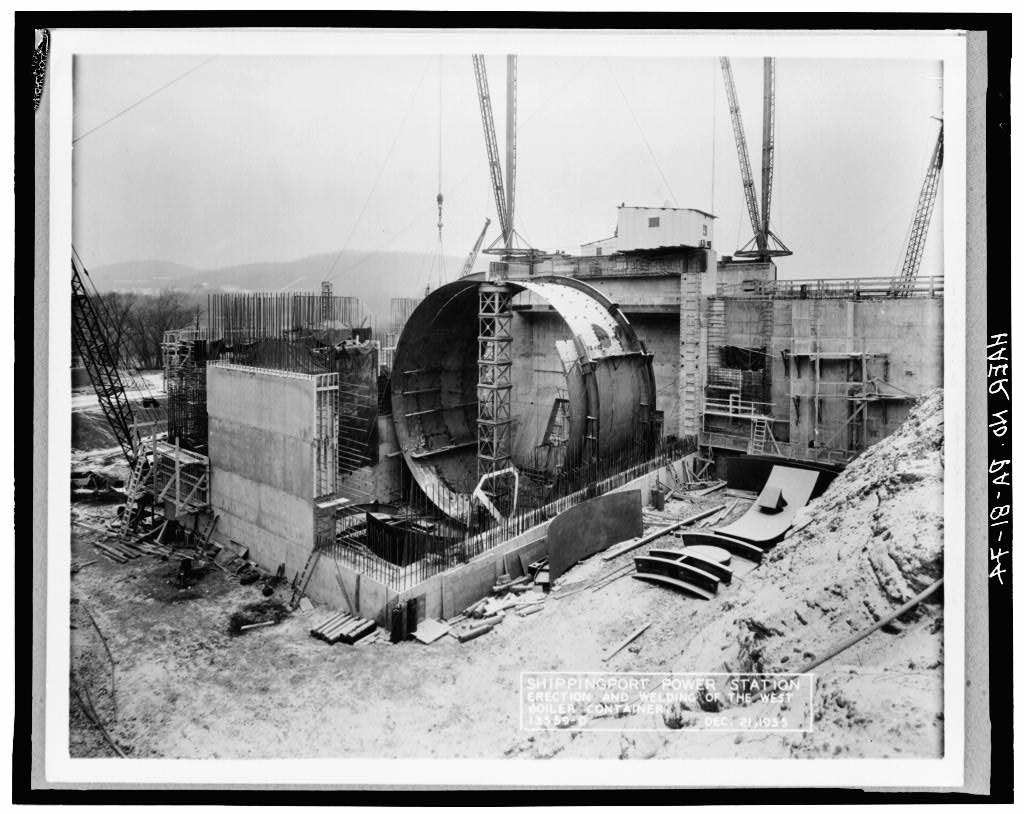
Construction of a boiler chamber in the Shippingport PWR (from Library of Congress)
The Power Demonstration Reactor Program (PDRP)
- Major AEC program started in 1955
- Focus on advanced reactors most likely to achieve economic parity with coal
- Government benefits:
- waive fuel usage fees
- perform pre-construction R&D
- subsidize post-construction R&D
- Intended to inspire private investment in nuclear
- Three main rounds
- Round 1: applicant would fully fund, construct, and operate nuclear and turbine island
- Round 2: focusing on rural utilities, applicant built turbine island; AEC built nuclear island and offered option to purchase

The Yankee Rowe PWR
- Consortium of New England utilities came together to propose
- AEC selected under round 1 PDRP
- Constructed by same team as Shippingport
- On time, on budget
- Operated beautifully
The Fermi-1 Sodium-cooled Fast Reactor (SFR)
- Consortium of 23 utilities came together to propose
- AEC selected under round 1 PDRP
- More expensive than expected
- Many operational challenges
- Core melt and recovery
- Shut down early due to abysmal economic performance
- Generated roughly 13.5 EFPD total
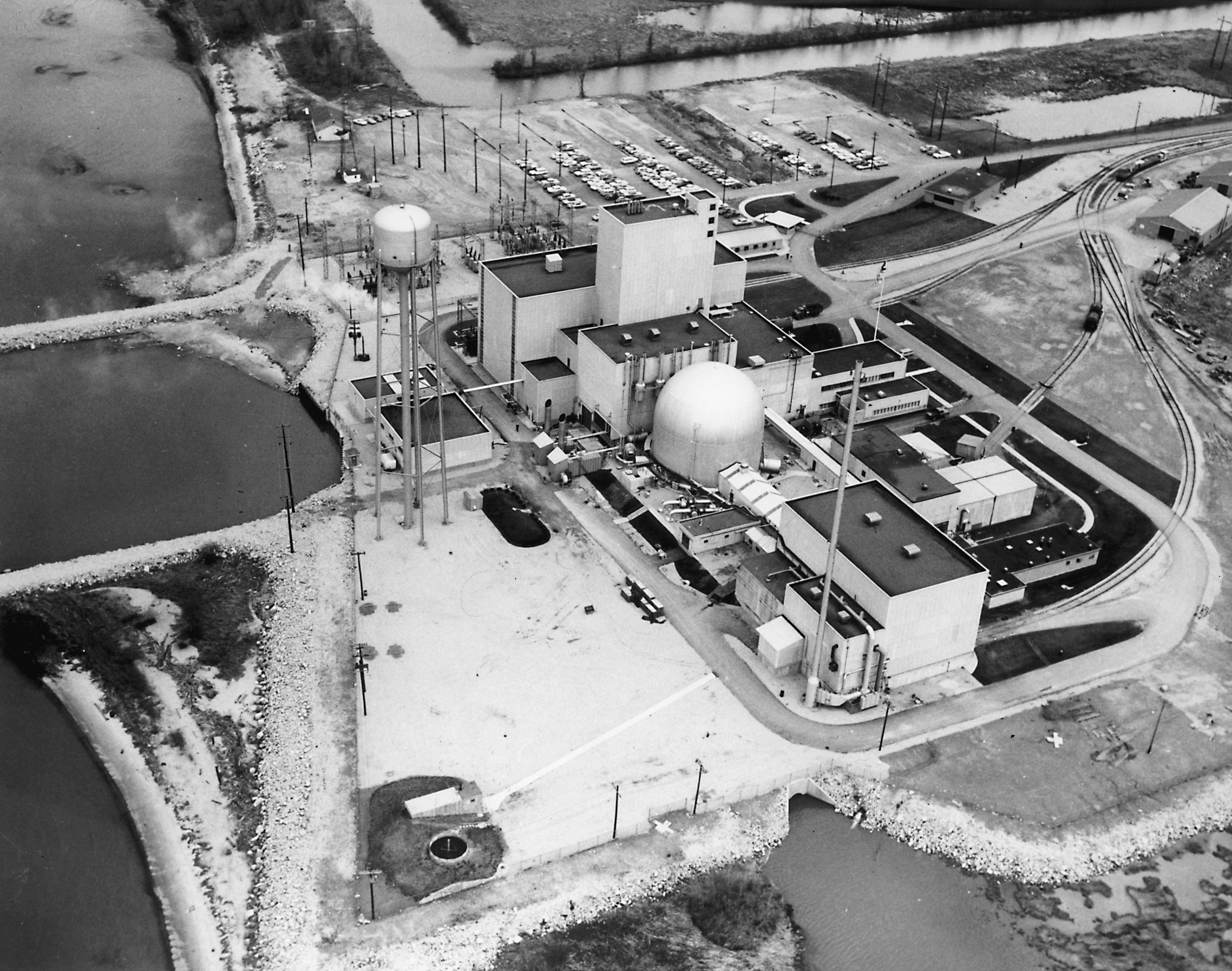
The Hallam Sodium-cooled Graphite-moderated Reactor (SGR)
- Small utility in Nebraska
- SGR concept appeared highly likely to be economical (low pressure, high temperature, low enriched fuel)
- Literally shared a turbine with a coal plant
- Leaking moderator cans caused operational outages
- Utility declined to purchase
- Coal plant is still there today
- Cool historical films online
The Elk River Reactor, a small rural BWR in Minnesota
- Proposal from Rural Cooperative Power Association with newcomer constructor
- Many arguments with contracting
- Municipal reactor in tiny town
- Natural circulation
- Entire control system replaced (single channel -> multi)
- Reactor vessel reworked
- Plant ran for 4 years, but was leaking primary coolant
- When shut down to find problem, repairs deemed too expensive
- Plant was decommissioned, converted to fossil in 1968
- Building torn down around 2021
The Piqua Organic cooled/moderated reactor in Ohio
- Municipal reactor in tiny town
- Reached full power in June 1964
- Town initially hyped about it: dubbed itself the Atomic City
- Another promising concept: low pressure, low activation, low corrosion
- Lots of operational and reliability challenges
- Town declined option to purchase
- Shut down early
- Operational history available
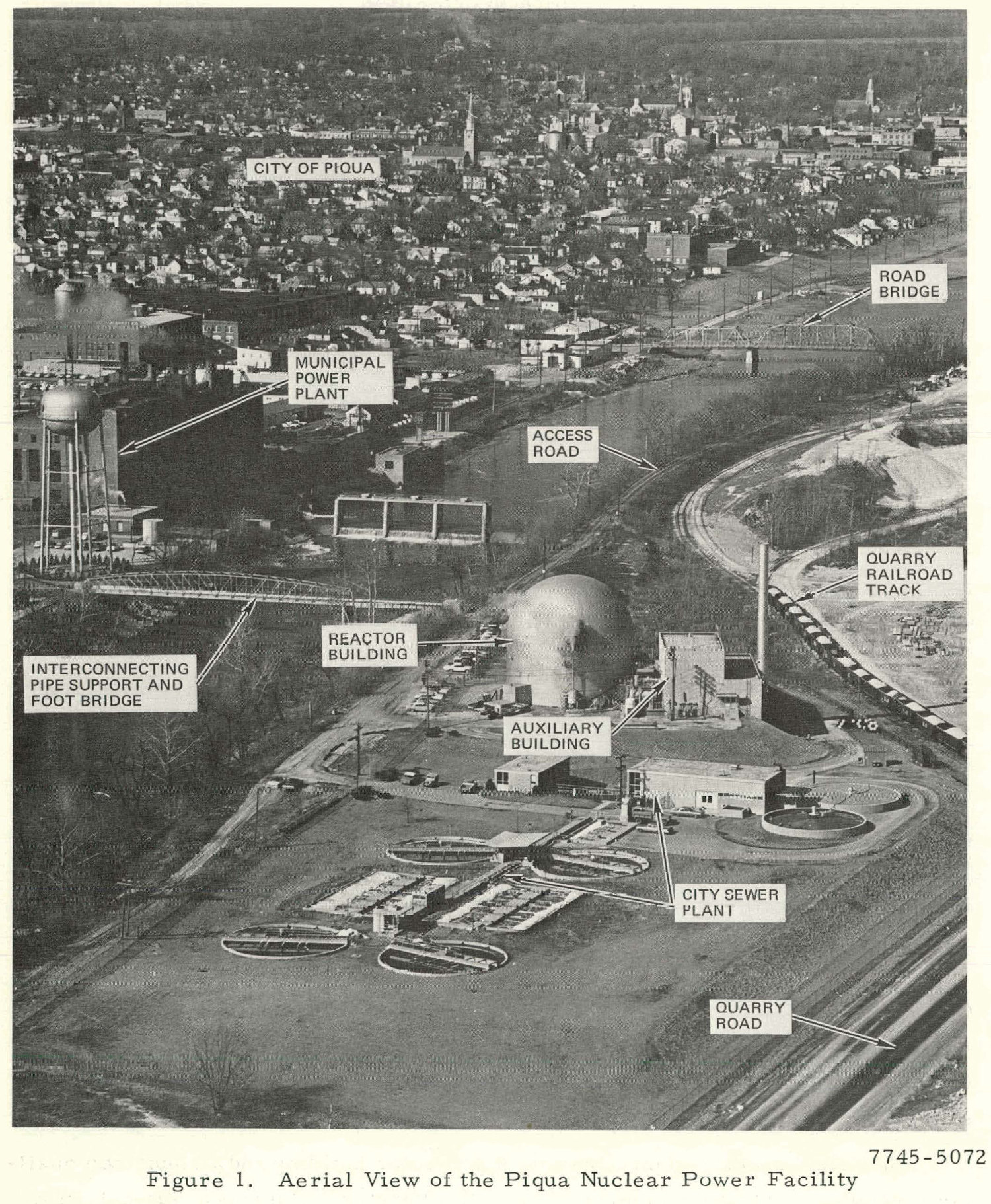
Pathfinder Superheat BWR in Sioux Falls, SD
- Built near Sioux Falls, SD
- Consortium of investor-owned utilities
- Goal was to get practical experience operating a nuclear plant
- Longest run was 30 minutes
- Ran for about a year, had accident in 1967, decided to abandon
- Now a 327 MWe gas plant runs on the site

BONUS Superheat BWR near Rincón, Puerto Rico
- Advanced BWR: Increased thermal efficiency
- Allowed use of off-the-shelf turbine
- Increased corrosion and fuel failures
- Costly repairs and modifications
- Technical difficulties led to shut down in 1968
- Digitized film on YouTube
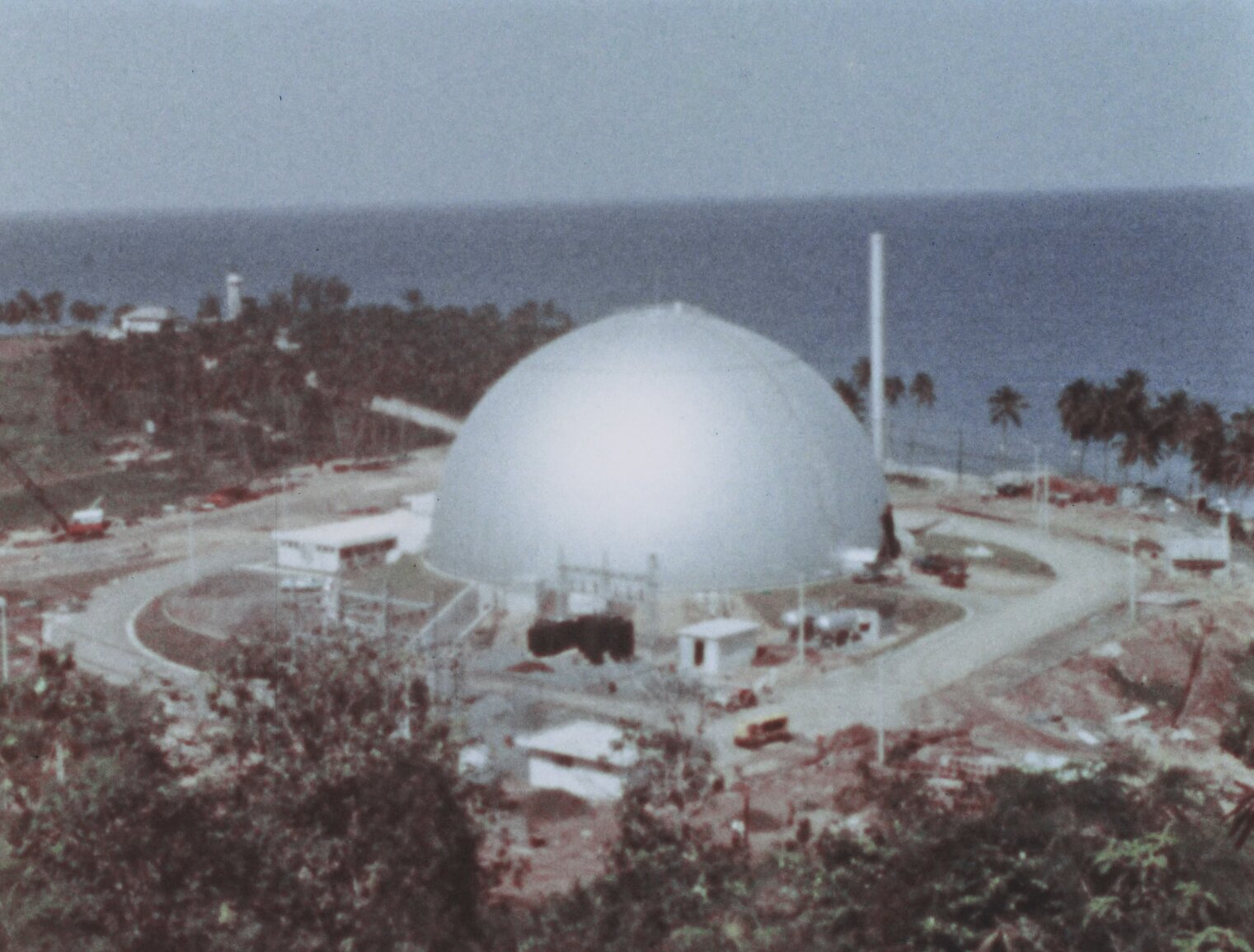
Carolinas-Virginia Tube Reactor (CVTR) in Parr, SC
- Third-round PDRP reactor, proposed by group of 4 utilities
- First US power reactor with heavy water
- 1.5-2% enriched uranium, 65 MWe
- Produced saturated steam, which was fed into an oil-fired superheater
- Operated from 1963-1967 with 78.14% availability
- Co-located with coal AND hydro plants!
- AEC paid $11.3M, industry paid $32.1M
- Power was uprated, but 3 of 4 test assemblies failed
- See Willoughby 1967 or Nath 1967 (neutronics benchmark anyone?)
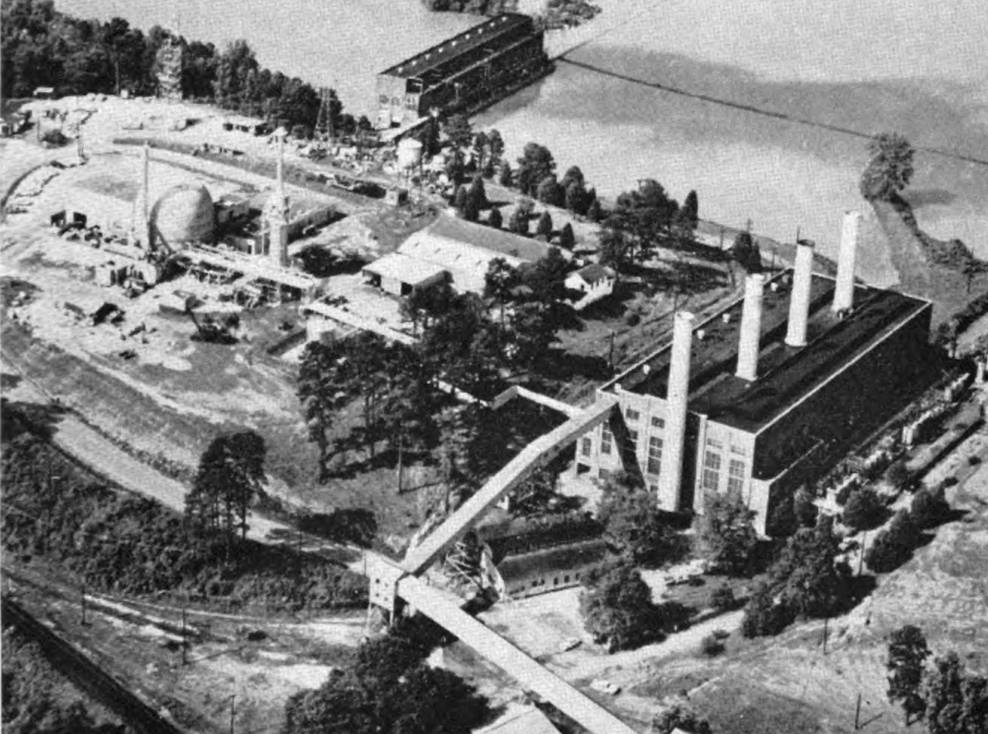
Co-located coal, hydro, and nuclear, thought to be unique worldwide.
Peach Bottom High-Temperature Gas-Cooled Reactor (HTGR) in PA
- Unsolicited proposal by Philadelphia Electric Co. and other utilities
- Ran from 1967 - 1974
- First HTGR in USA
- 37.2% thermal efficiency
- 538 °C superheated steam at 10 MPa
- Capacity factor 74%
- Uneconomical to operate alongside GW-scale neighboring BWRs because it was too small
- Major retrofit was required to meet revised safety criteria
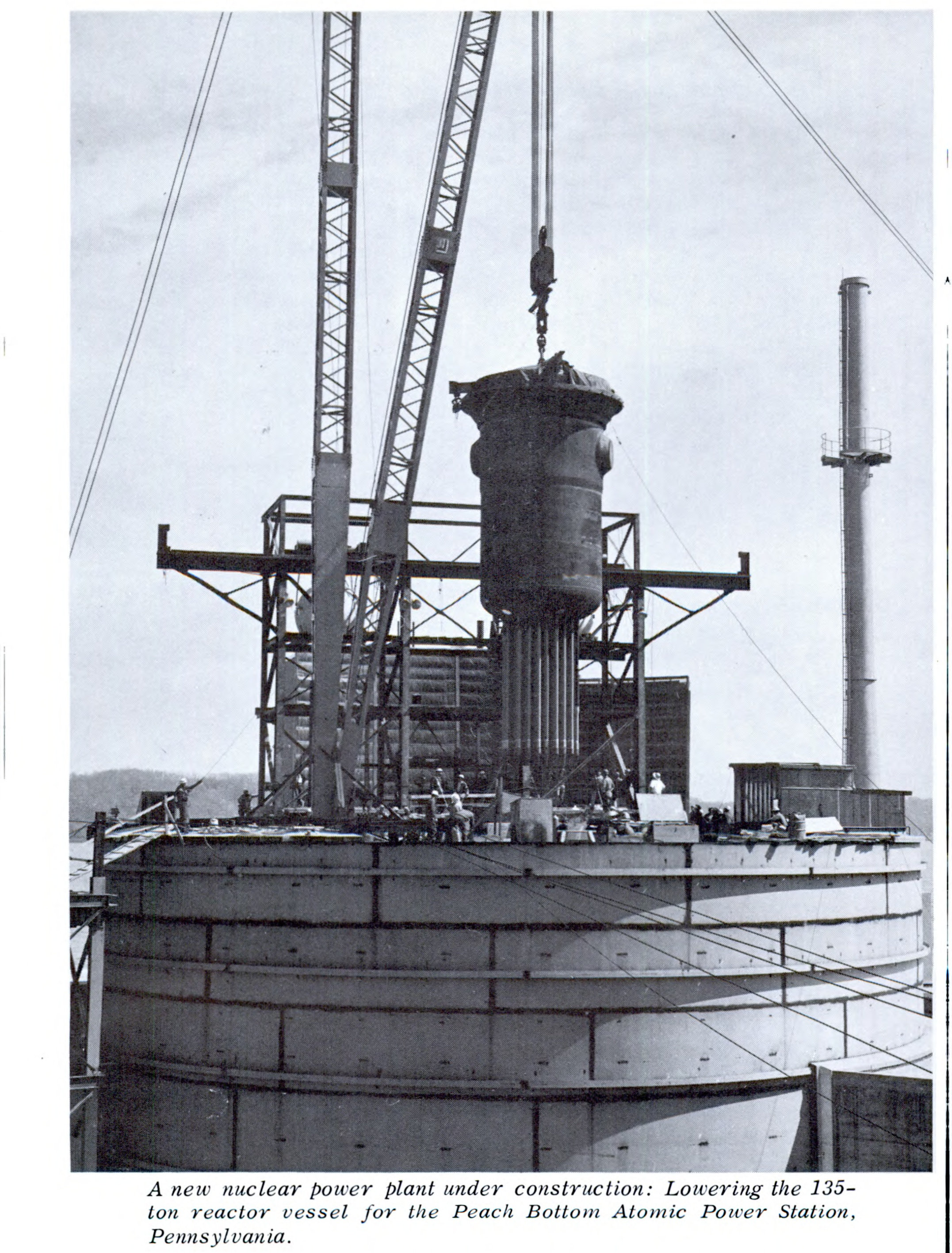
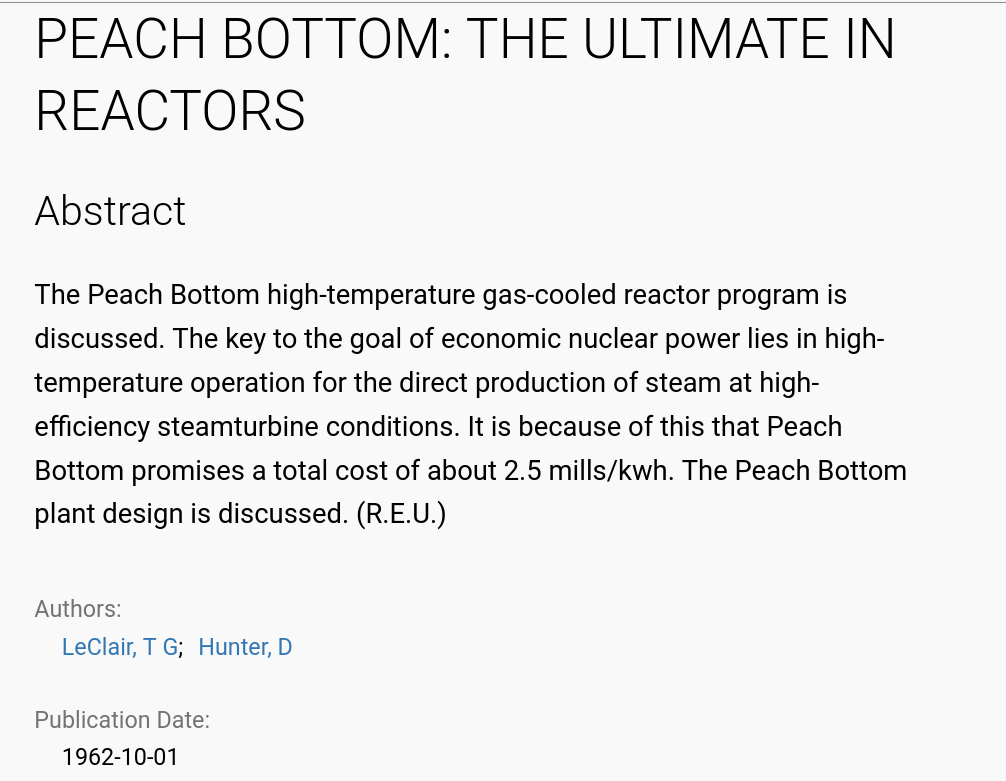
Big Rock Point high power density BWR in MI
- Joint proposal from Consumers Power and GE in 1959
- Fun promotional film ft. Ronald Reagan
- World's first direct cycle, forced circulation, high power density BWR
- Constructed in 29 months for $27M
- Ran beautifully, shut down in 1997
- 9 miles from my mom's house
- Film: Head Start on Tomorrow (1962) ft. Ronald Reagan
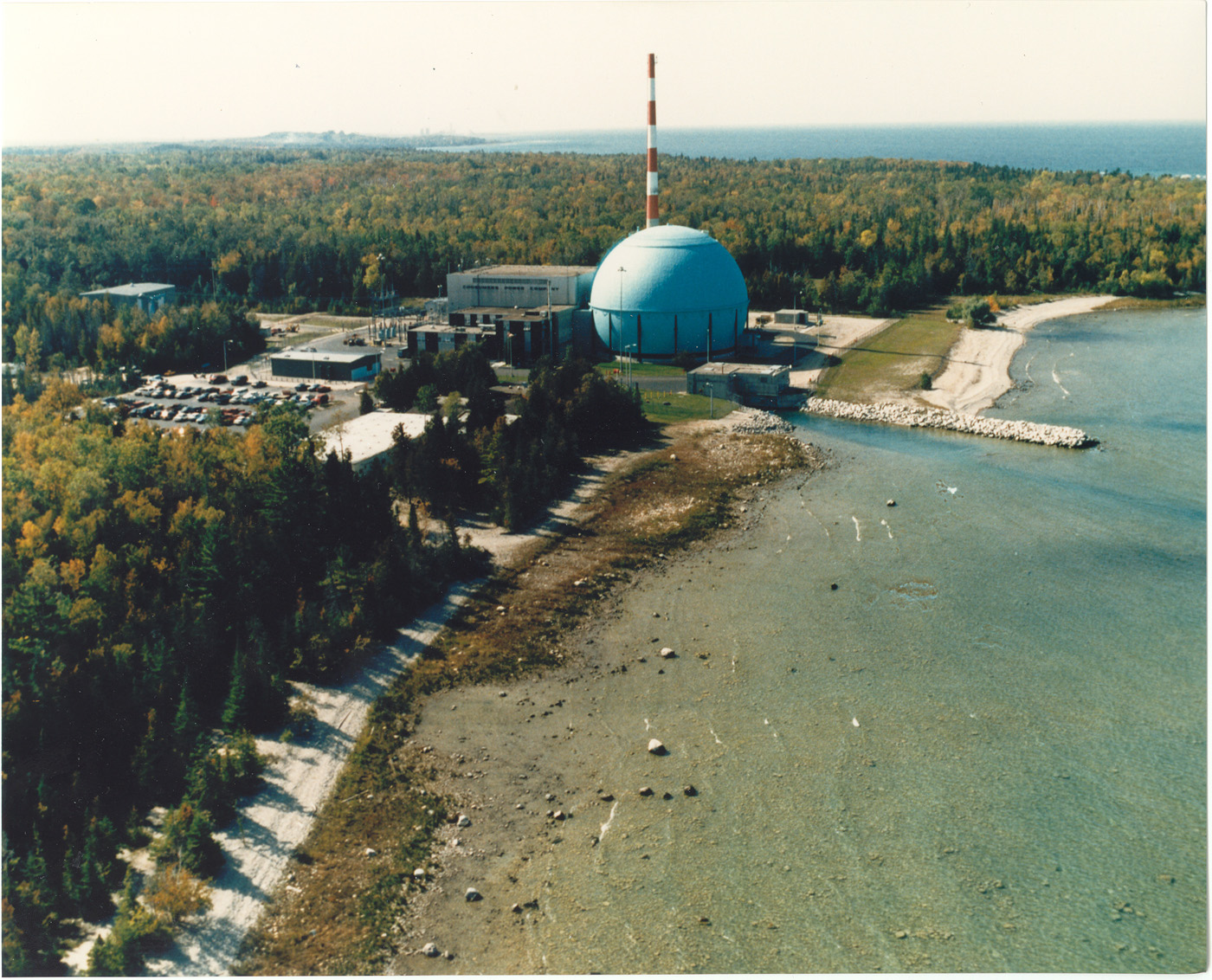
La Crosse 50 MWe BWR in Wisconsin
- Co-located with coal-fired Genoa Station #3
- Forced-circulation, direct-cycle BWR
- Constructor, Allis-Chalmers, struggled to deliver it due to various problems; was initially 4 years late
- Contracted under 2nd round terms, though far past deadline (1961)
- Expected to give useful technical info about medium-sized BWRs
- Ran until 1987, when it was deemed too small to compete economically and decommissioned
San Onofre 375 MWe PWR in California
- Southern California Edison-Westinghouse joint proposal
- More than 2x the size of Yankee
- Forced-circulation, direct-cycle BWR
- An extra containment was built around the dome later
- Ran well until 1987, when it was deemed too small to compete economically and decommissioned
The LWR
BREAKTHROUGH

BWR successes, and dead ends
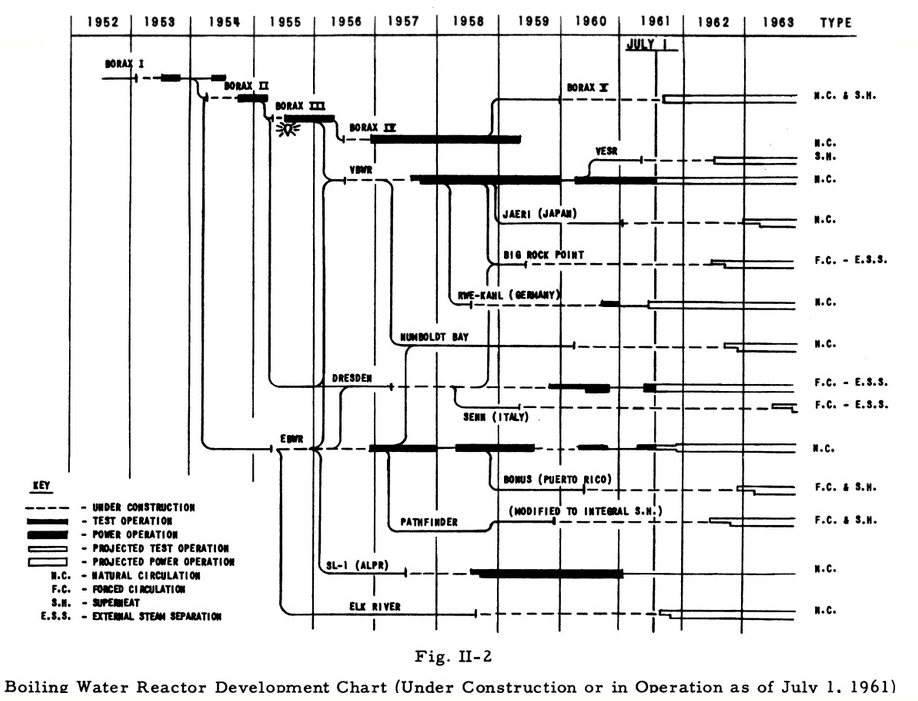
BWR dev pathways (from ORSORT)
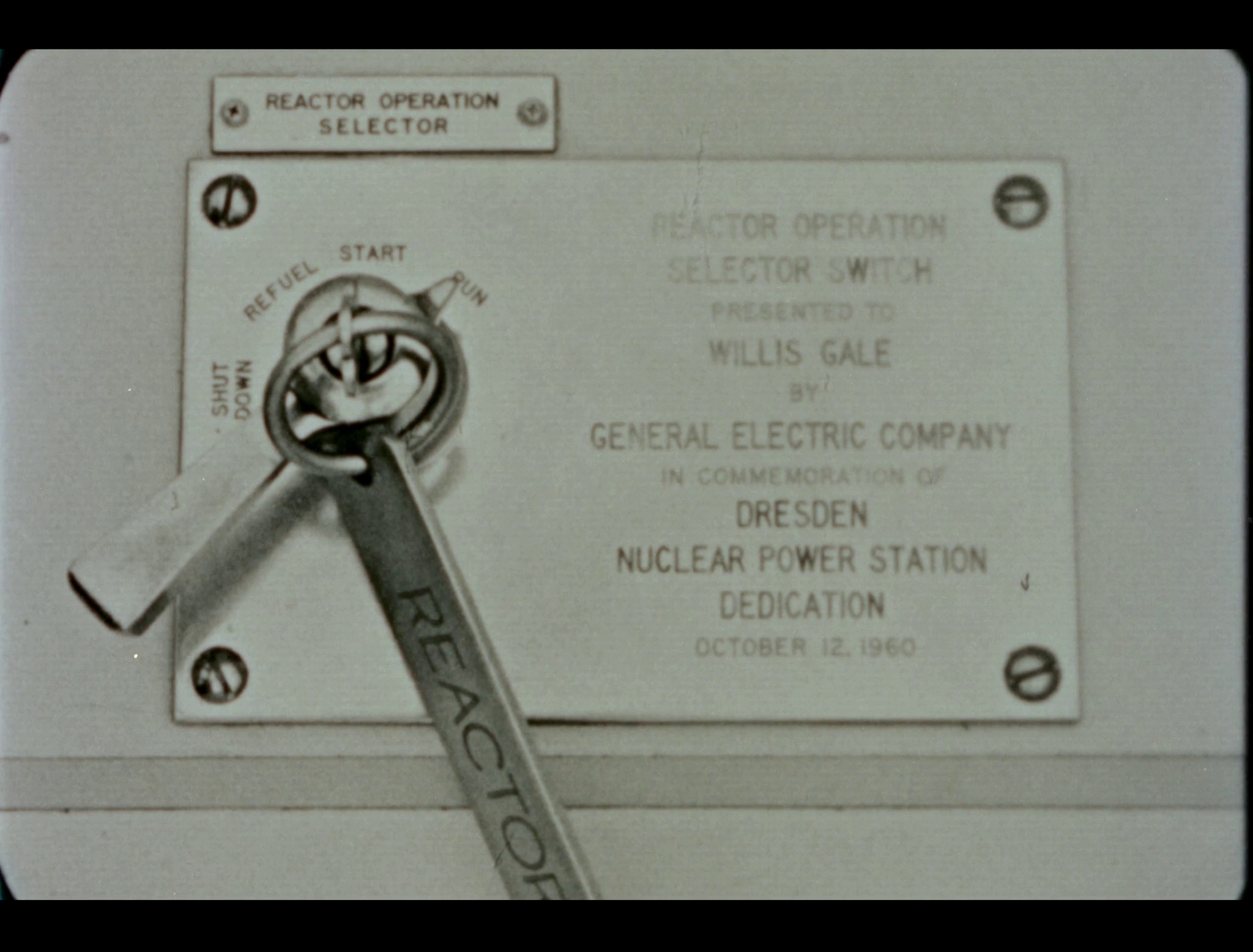
The key to Dresden
The Navy converted Seawolf (SSN-575) from Sodium/Beryllium to PWR
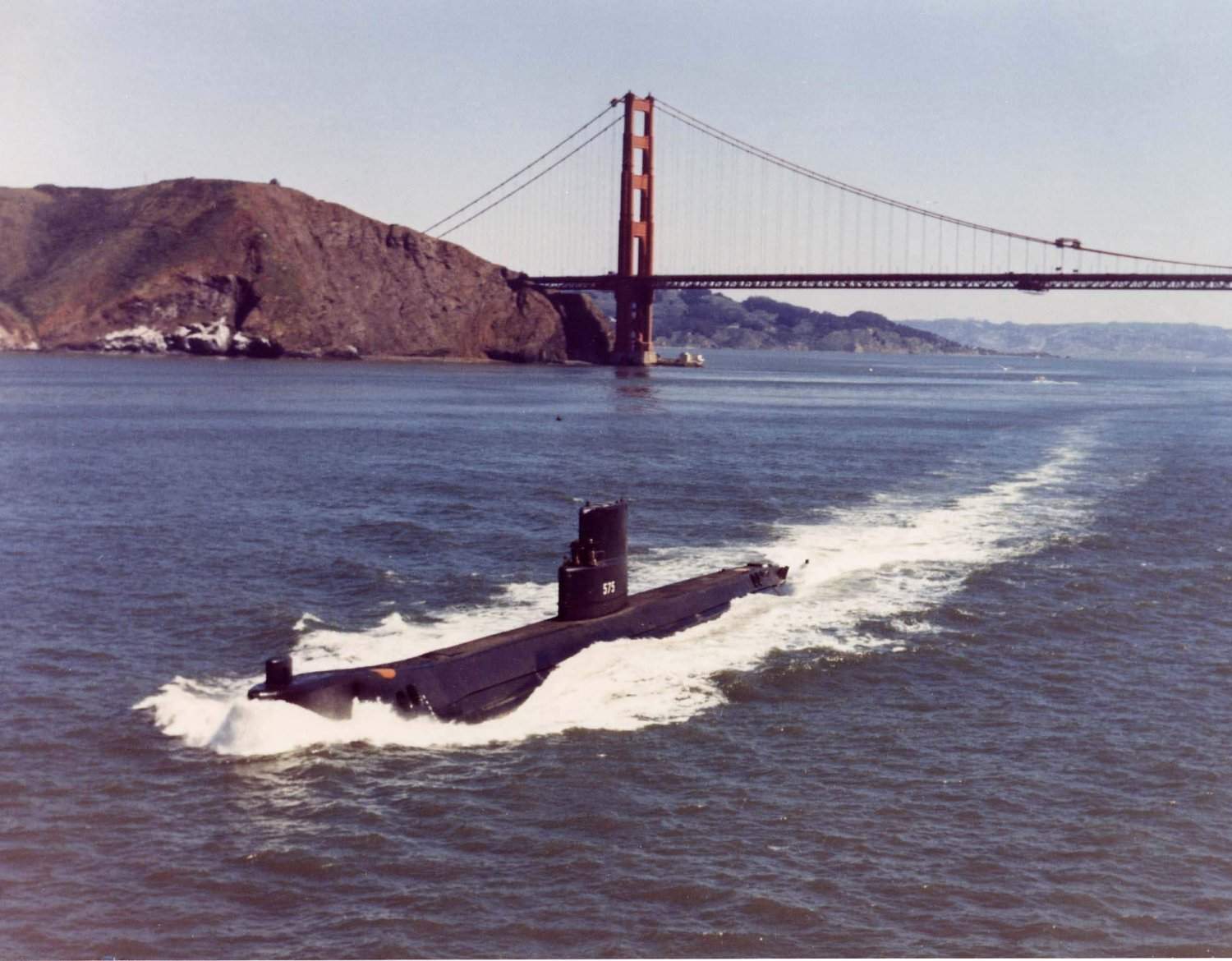
The inherent characteristics of sodium reactors make the SEAWOLF propulsion plant expensive to build, complex to operate, susceptible to prolonged shutdown as a result of even minor malfunctions, and difficult and time consuming to repair. These facts clearly demonstrate that sodium is less desirable for naval reactors than pressurized water.
France switched from UNGG to PWR
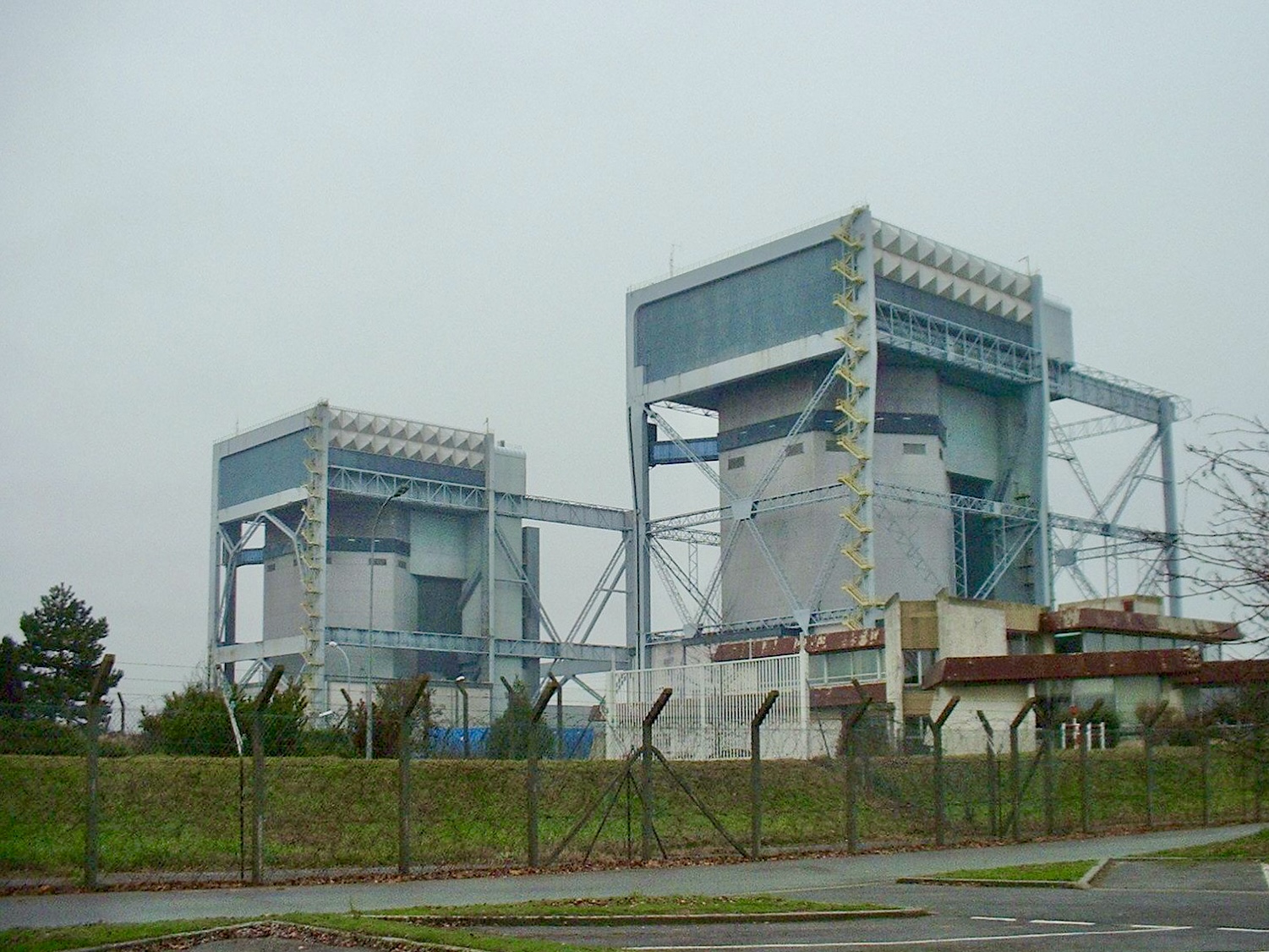
Saint-Laurent Nuclear Power Plant (CC-BY-SA Clicgauche)
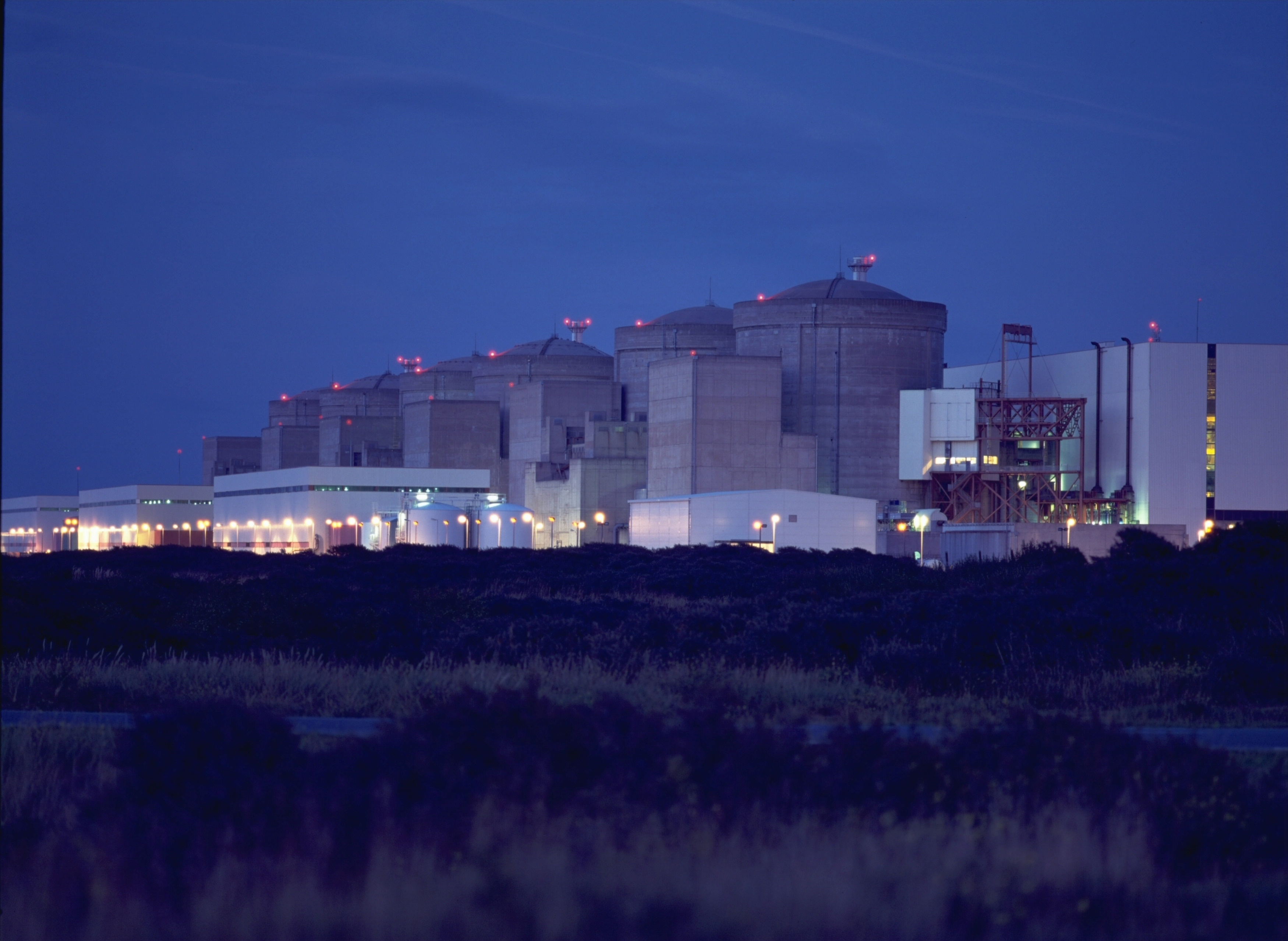
Gravelines PWRs in France (AREVA image)
Russia switched from RBMK to VVER
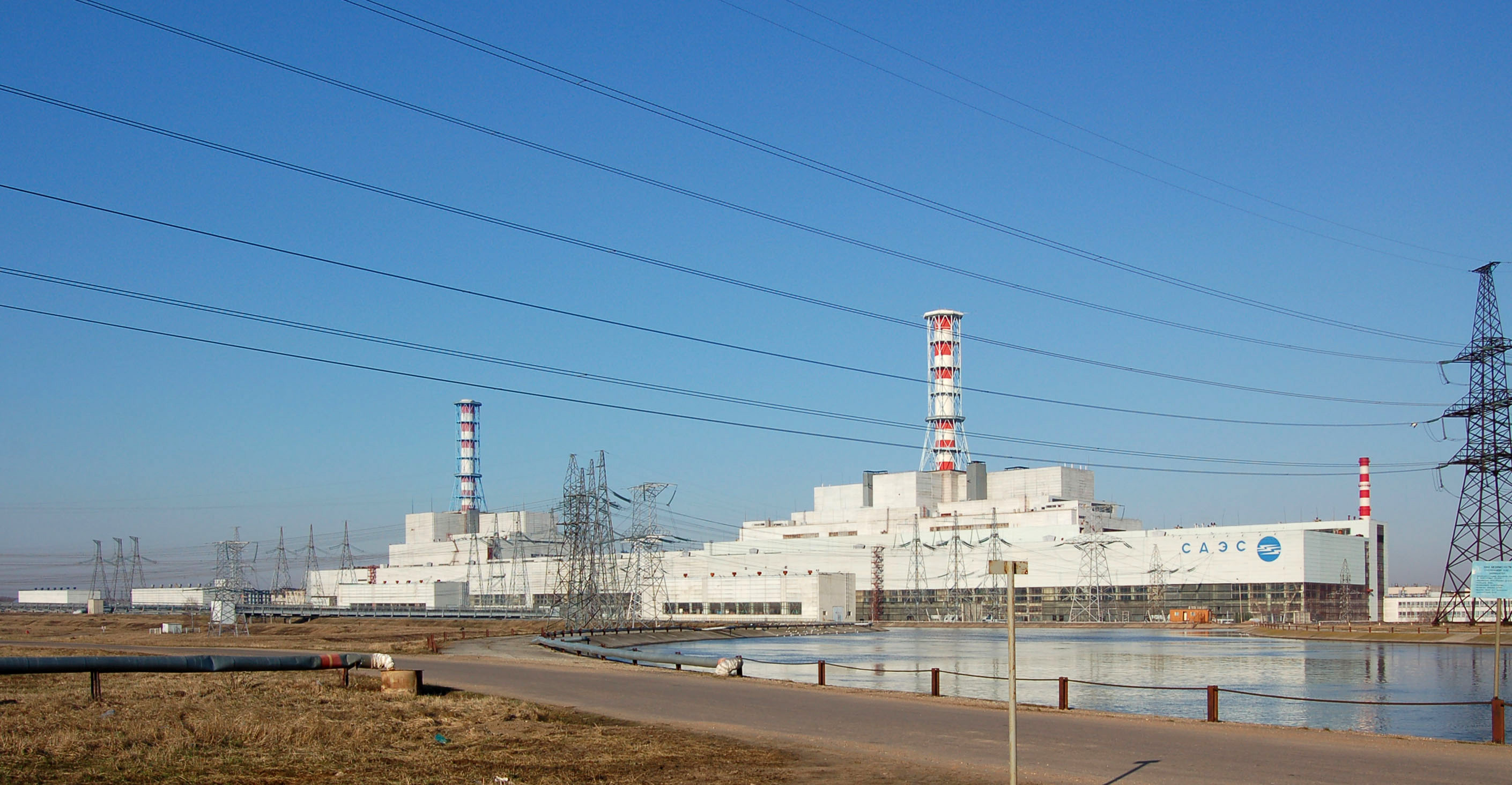
Smolensk NPP (CC-BY-SA Originaldatei)
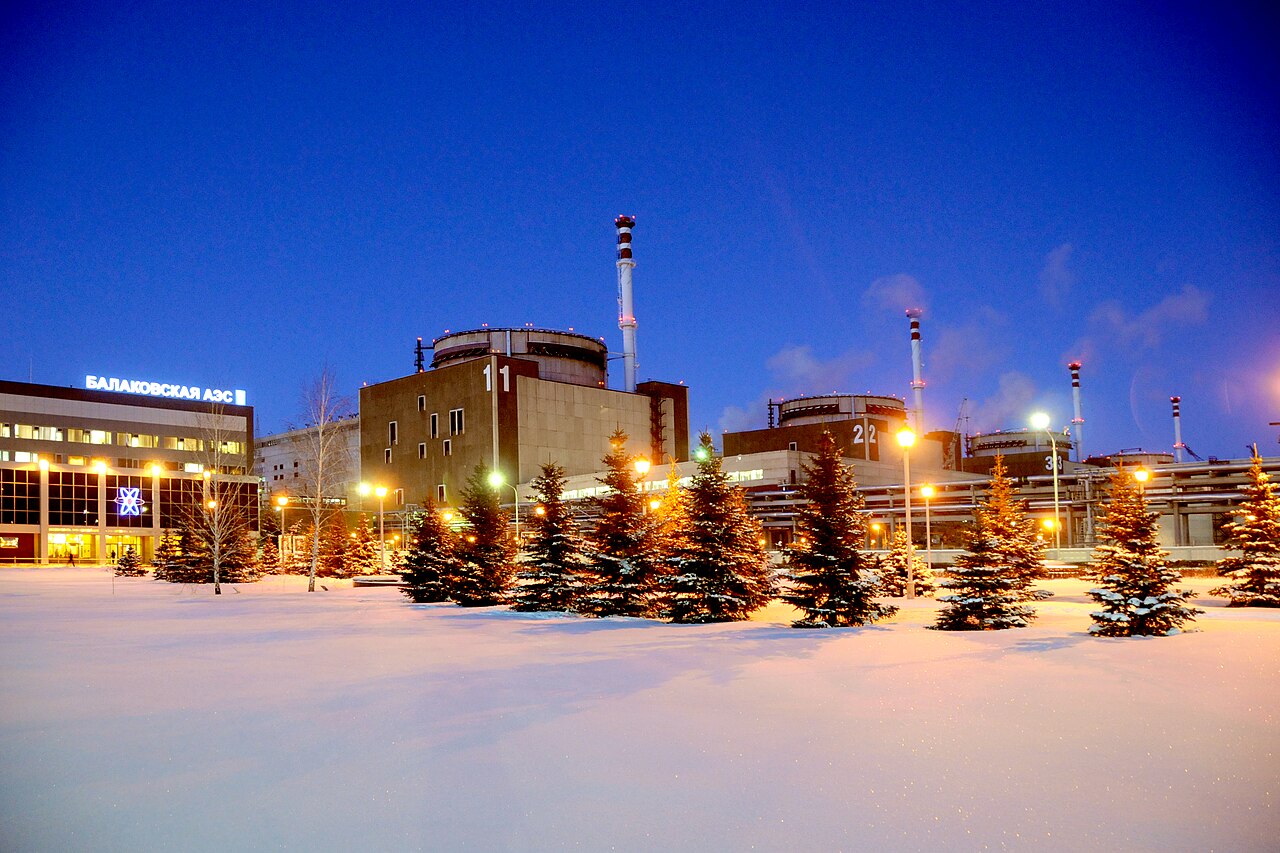
Balakovo (CC-BY-SA Seetenky)
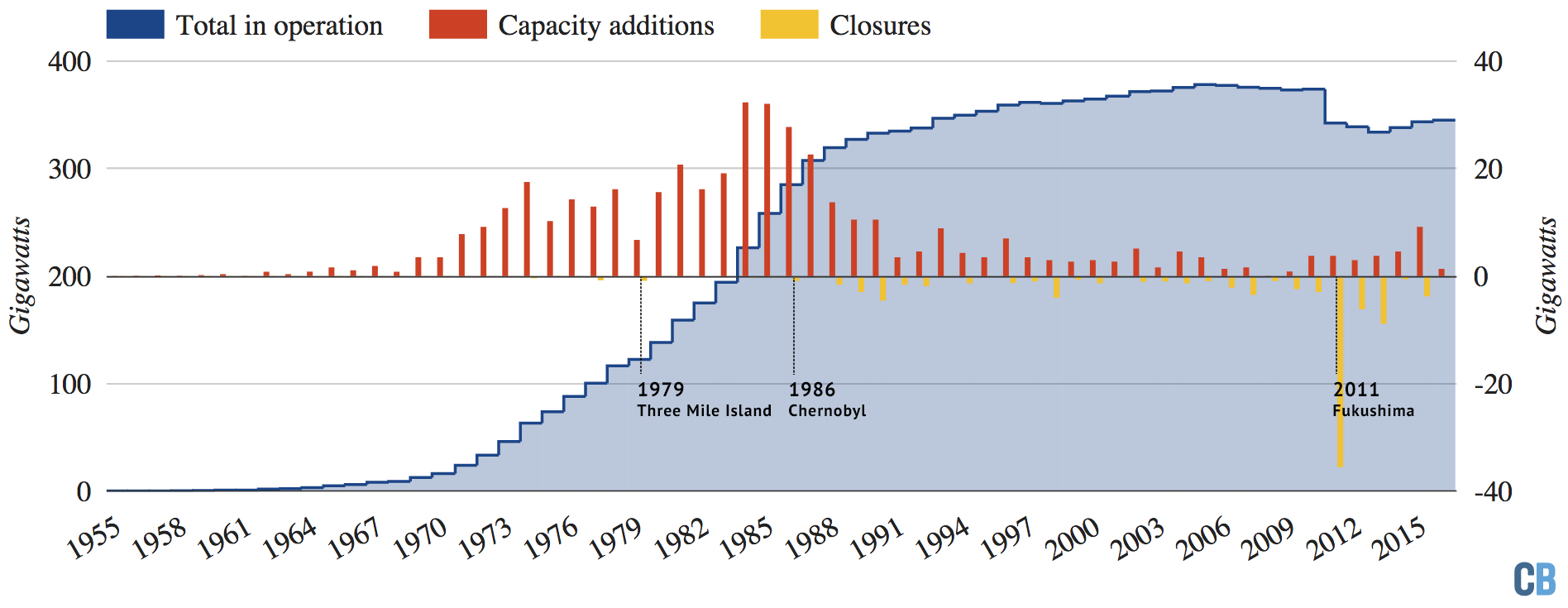
Global capacity changes (Carbon Brief)
We've gotten extremely good at running nuclear plants
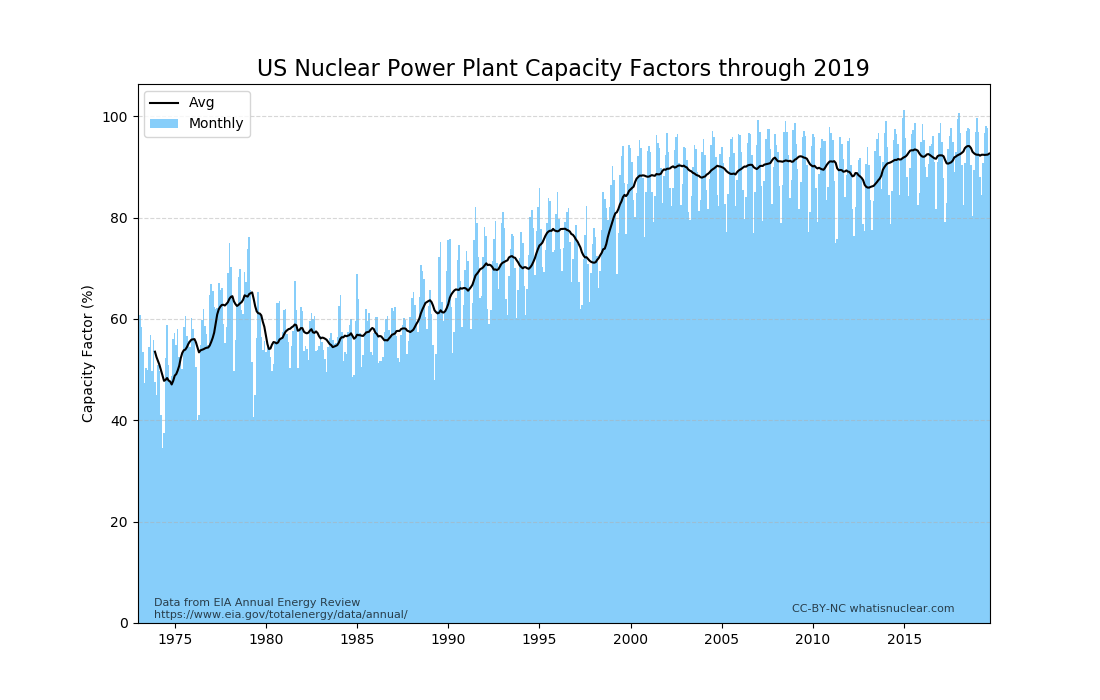
Fraction of the time the plant is running at full capacity (whatisnuclear.com)
A few other
NOTABLE REACTORS

NS Savannah
- Atoms for Peace showcase
- Launched in 1962, went to Seattle World's Fair
- The NS Savannah film (1964)
- Traveled 450,000 nautical miles
- Visited 45 foreign and 32 domestic ports
- Visited by 1.4 million people
- Low cargo capacity
- Streamlined design didn't work well with new automated ports
- Deactivated in 1971
- Sitting in Baltimore now, awaiting purchase or scrap
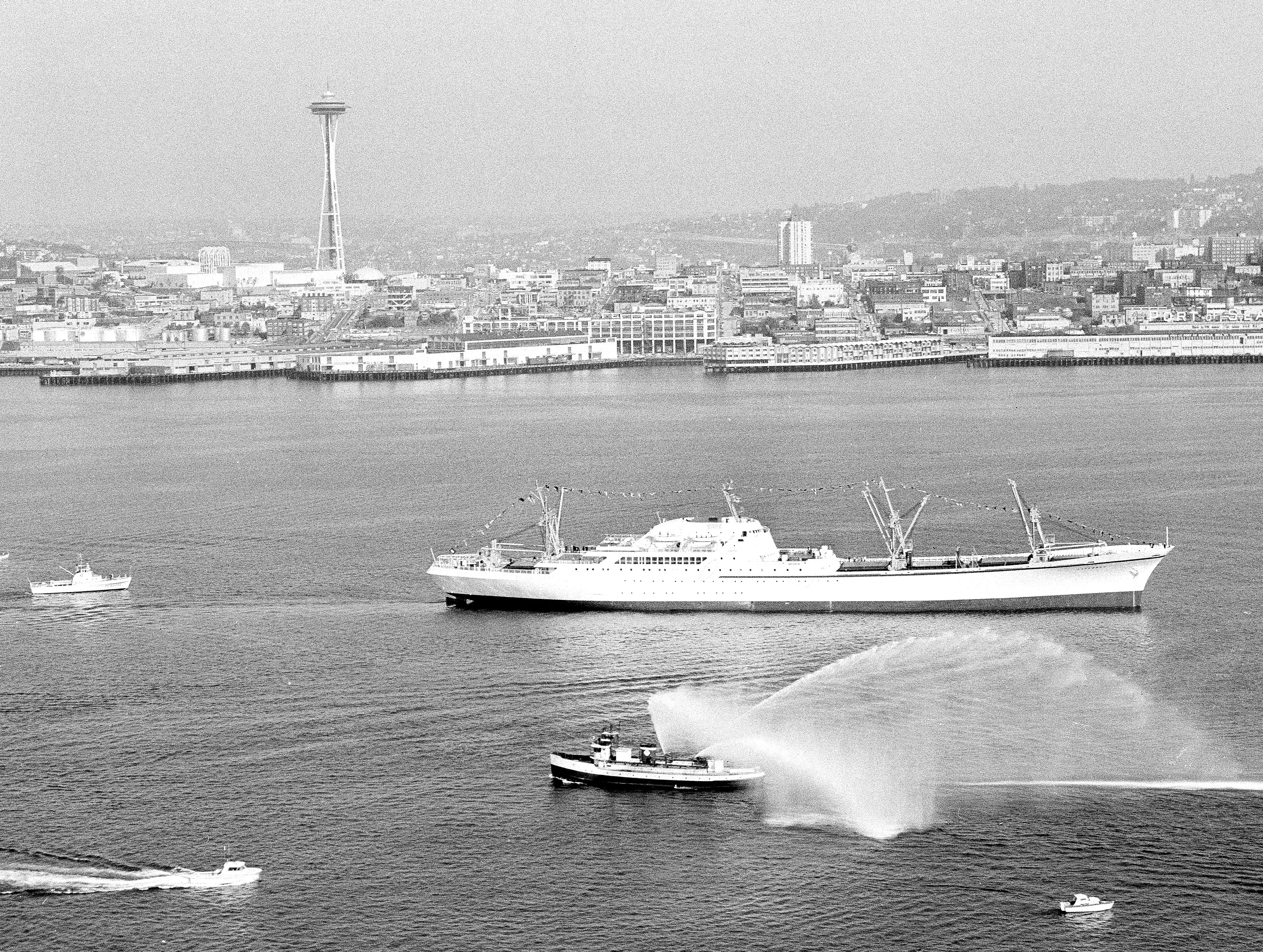
NS Savannah in Seattle, 1962 (MOHAI)
SNAP-10A
- 500 watt nuclear fission reactor in space
- Uranium Zirconium Hydride (TRIGA) fuel
- Electromagnetcally pumped NaK
- Rotating control drums
- Thermoelectric power conversion
- Ejected reflector after 43 days of operation
- Still up there!
- There were also 31 USSR RORSATs in space
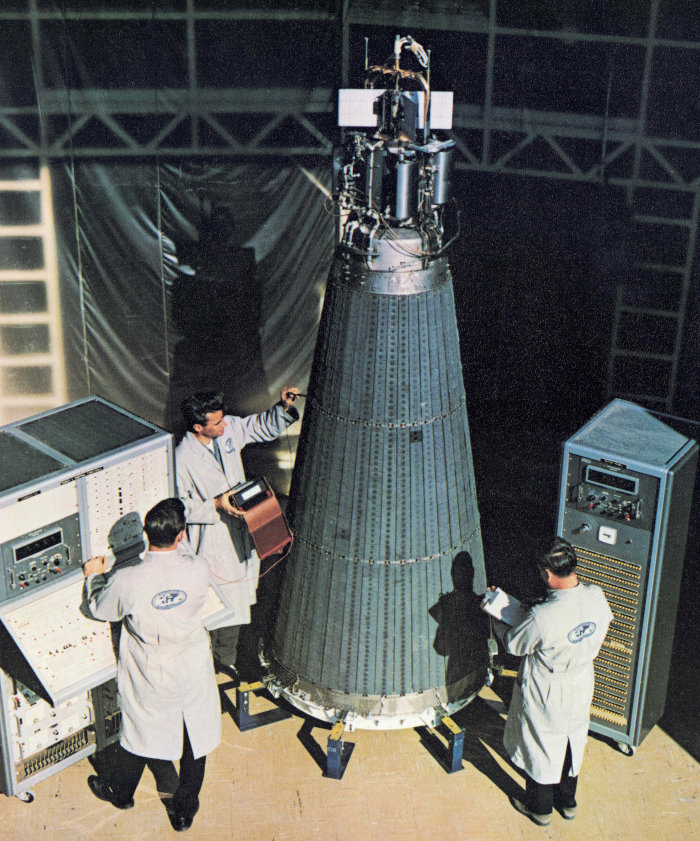
Print showing SNAP-10A
The Atlantic Generating Station
- Offshore Power Systems JV between Westinghouse and Newport News
- Partially built a nuclear reactor gigafactory in Jacksonville, Fl
- Got manufacturing license from NRC to build 8!
- My writeup with details
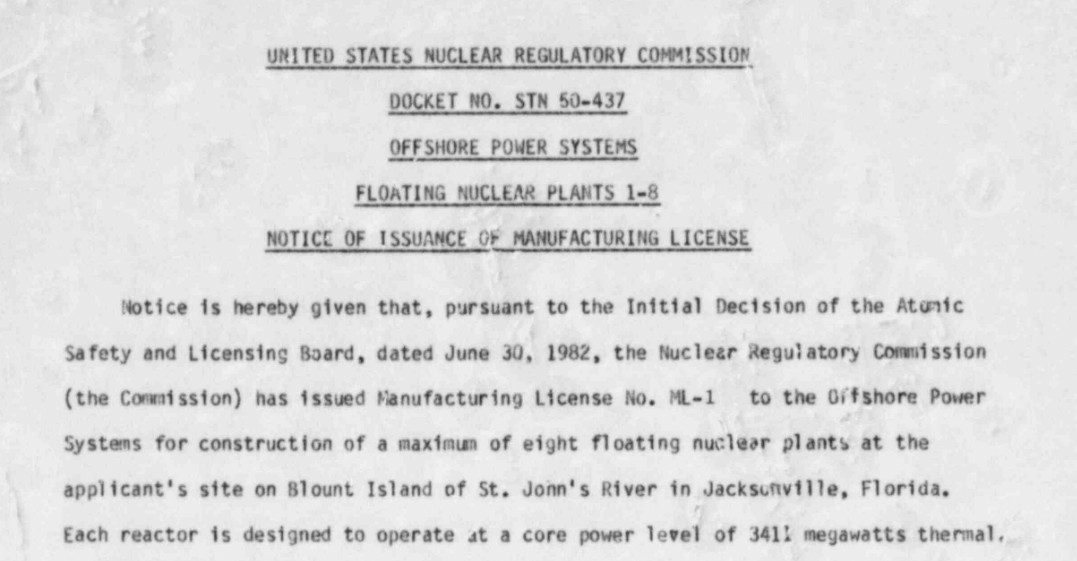
The Manufacturing License!
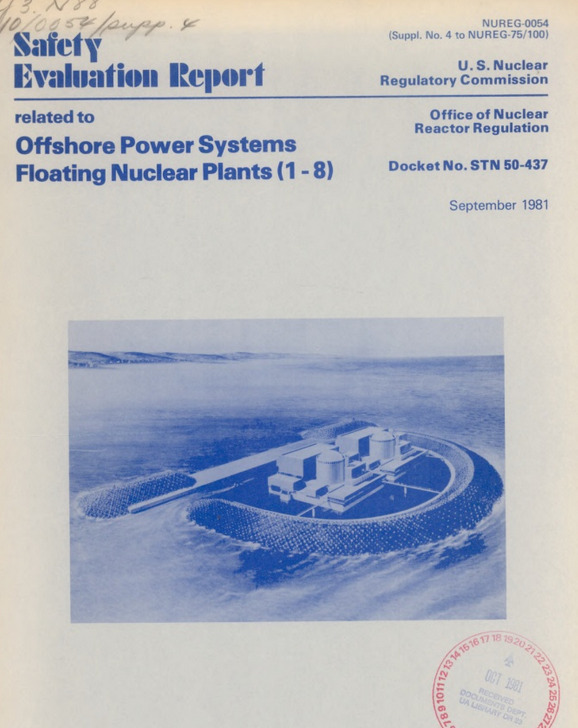
The SER
ADVANCED REACTORS

What advances have occurred?
- The existing fleet gained operational experience. Next-generation models of the same type incorporated the lessons.
- World energy context changed enough for previous non-water concepts to gain new interest
- New technology was developed that can be incorporated into new designs
Advanced reactors today intend to solve contemporary problems
- Natural safety without backup systems
- More practical to finance (smaller)
- Decarbonize hard-to-decarbonize sectors
- Industry
- Shipping
- World-scale million-year+ sustainability (breeding)
- Waste processing/reduction
But...
- There are lessons to be learned in initial construction and scaling
- New reactor development is hard and slow
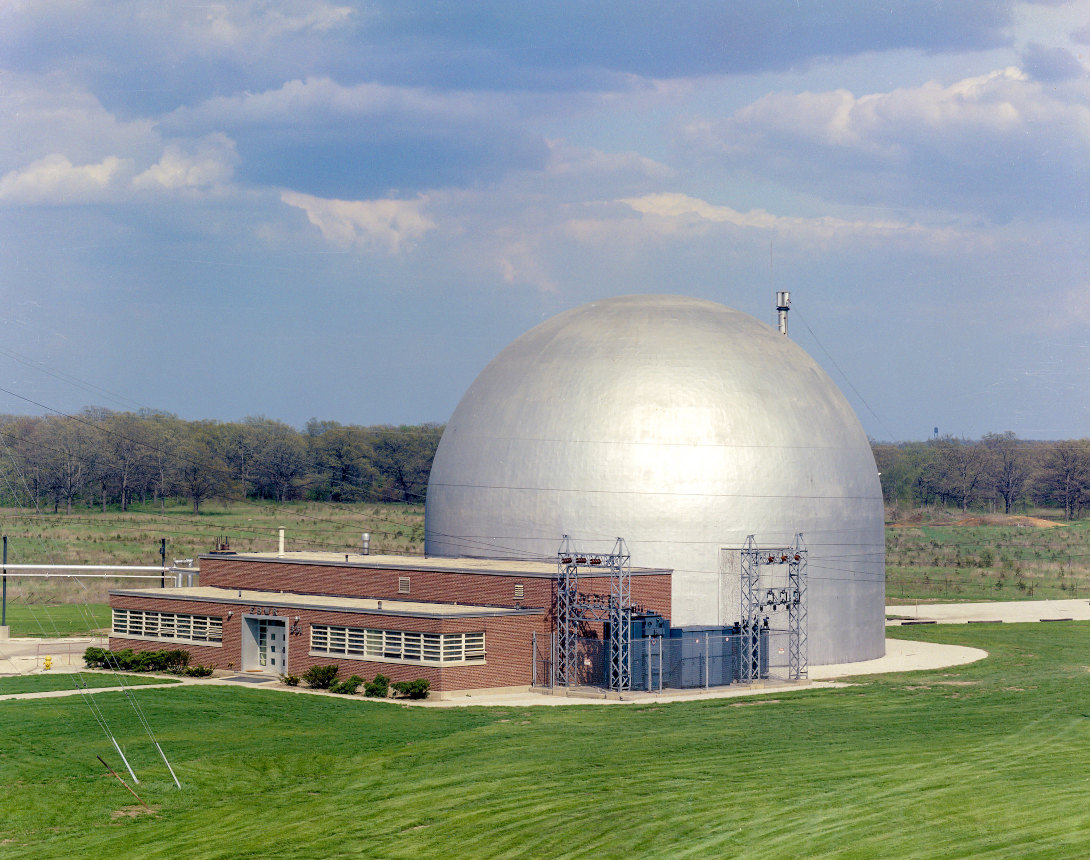
A small reactor (ANL)
Advanced water-cooled reactors
Based on proven, well-known technology
- Advanced large LWRs
- Modular construction
- Simplified systems
- 72 hours without backup power
- Digital instrumentation and control
- ABWR, AP-600, AP-1000, APR-1400, Hualong 1, VVER
- Small water-cooled reactors
- Modular delivery and/or construction
- Depends on economies of mass production exceeding economies of scale
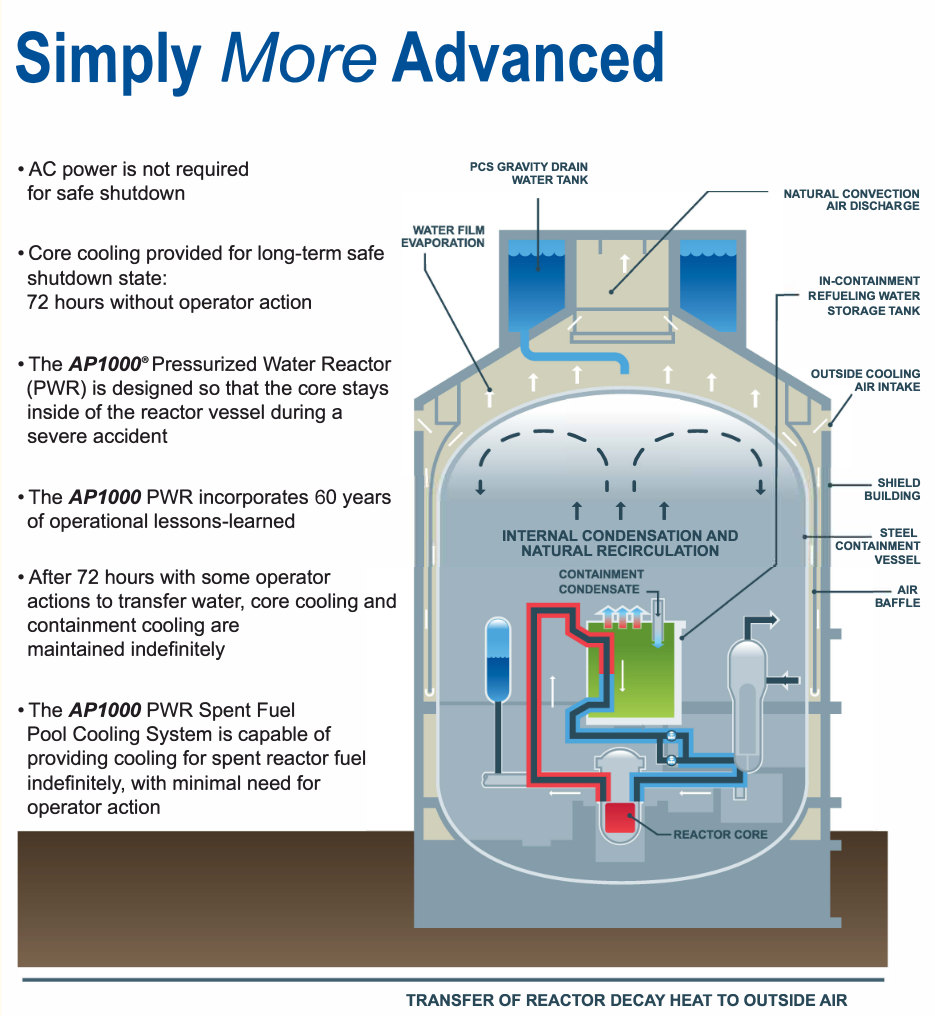
An AP1000 advanced reactor (Westinghouse)
Fast-neutron reactors
Reactors that don't include a moderator
Pros
- World-scale sustainability
- Waste processing/reduction
- Natural safety
- High thermal efficiency
- Industrial heat
Cons
- Higher fissile concentration
- Chemically reactive coolants
- Extra costs from extra coolant loops
- Plutonium scares people
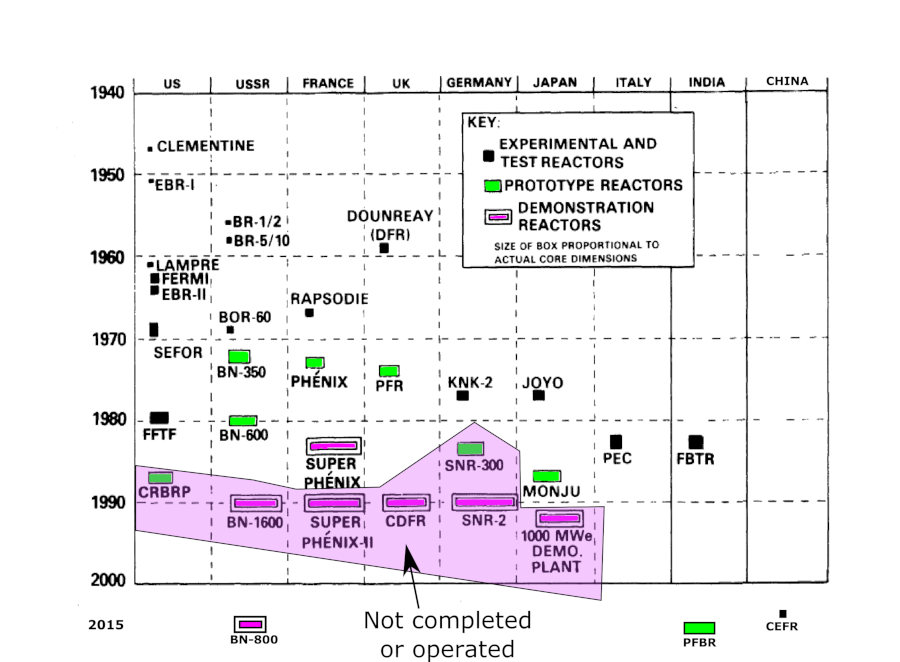
Fast reactor history (adapted from Walter, Fast Breeder Reactors)
Breeder reactors are necessary in the long run

Breeder reactors are as renewable as anything else (whatisnuclear.com)
Thorium reactors
Breeder reactors that don't need fast neutrons
- Plentiful in India and China
- Used in Indian Point initial core
- Works well with fluid-fuel reactors
- China about to turn on a new experimental Thorium Molten Salt Reactor called TMSR-LF1
- Does not completely eliminate proliferation or waste issues
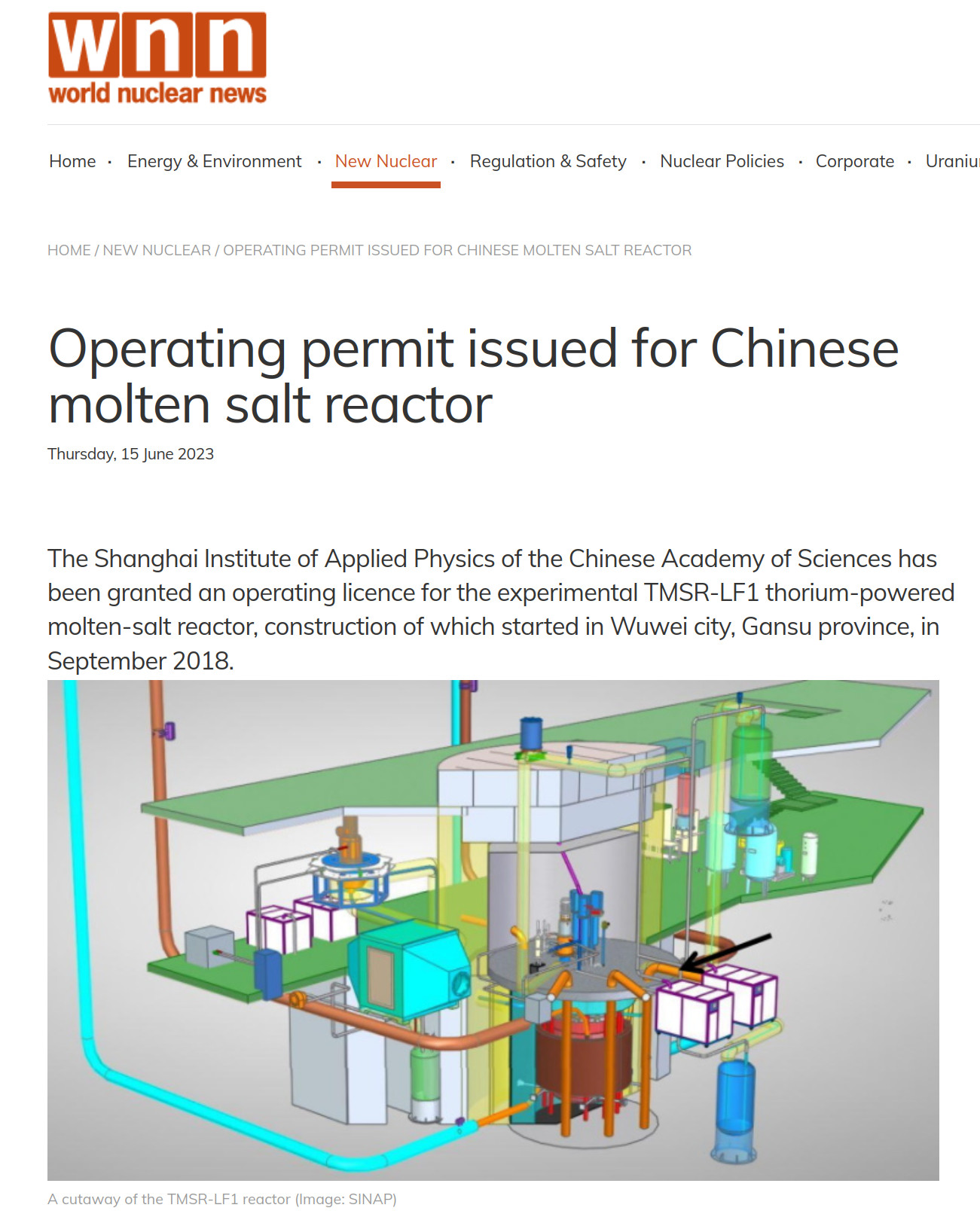
The TMSR-LF1 in China (WNN)
Fusion Power Plants
- Much less radioactive waste (no fission products or actinides)
- No afterglow heat to cool
- Many highly-funded startups catching headlines
- Still challenging physics and engineering
- Underdeveloped power conversion engineering
- Often necessitates tritium breeding
- Often a powerful neutron source
- Expected to break-even soon
- Even after break-even, economical power plant timeline still uncertain
- Worth continued investment!
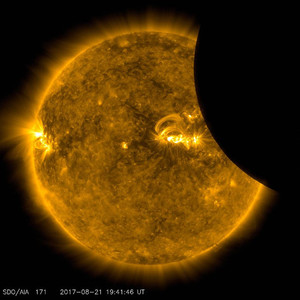
Concluding thoughts
- We have built all kinds of reactors!
- Thousands of moderator/fuel/coolant combos have been studied
- LWRs out-performed many other types, including early Gen IV prototypes and demos
- Detailed documentation and film highlighting challenges and lessons exist in the archives
- Observation: many companies are assuming easy/fast success... may be surprised
- Beware the Rickover Memo!
- Need more people developing and testing equipment/inspection/maintenance, and improving construction
- We must improve actual delivery and performance to survive!
- See also: Nuclear Reactor Development History and whatisnuclear.com/museum
THANK YOU!
Find more info and contact form at whatisnuclear.com
